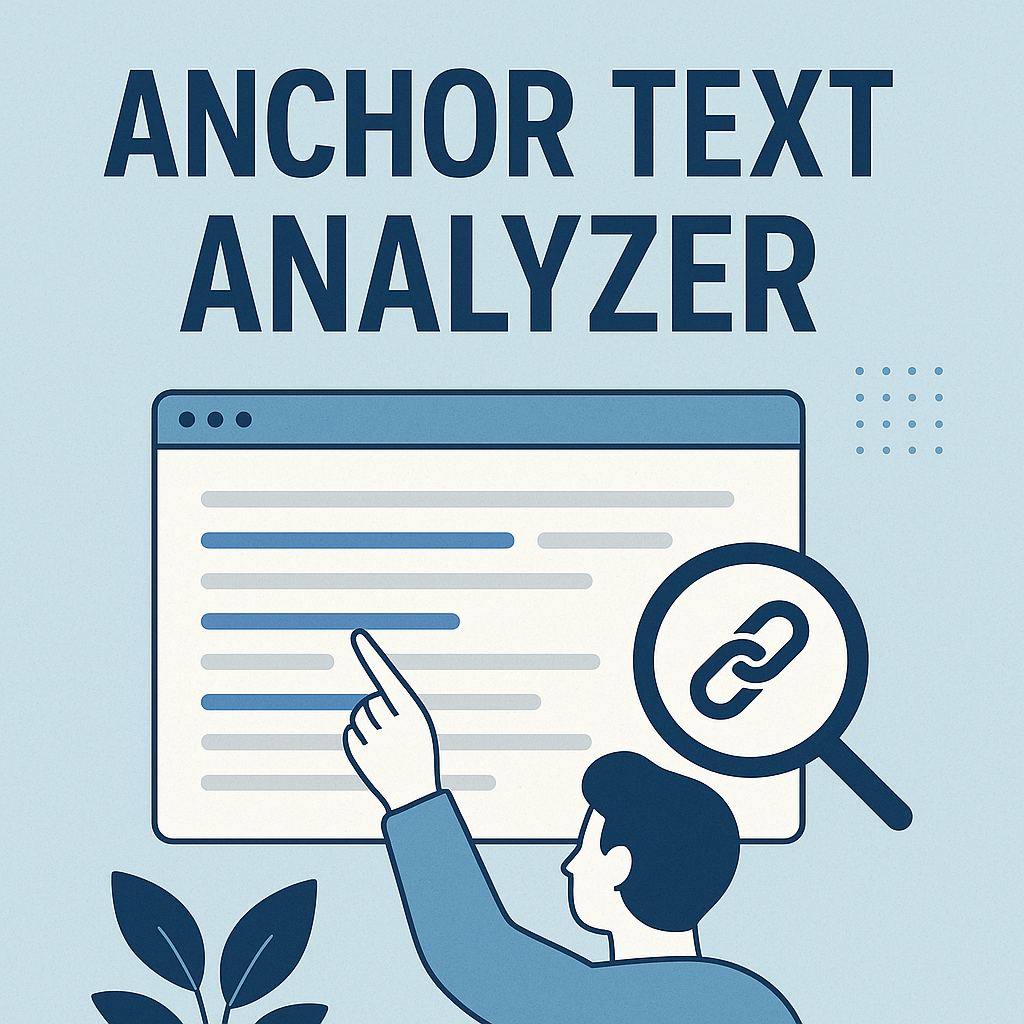A modern B2B website is more than a digital business card. It’s a dynamic hub designed to build brand awareness, nurture relationships, and drive measurable results. Whether your audience is researching solutions or ready to buy, your site must guide them seamlessly through every stage of their journey.
Effective websites blend strategic design with high-value content. They prioritize clarity, credibility, and user experience. For example, clear navigation helps visitors find answers quickly, while case studies or testimonials reinforce trust in your products or services.
-
If you’re comparing SEO tools, it’s essential to understand whether Moz or Majestic offers more reliable Trust Flow metrics.
SEO optimization ensures your pages rank well on search engines, attracting qualified traffic. But technical success means little without engagement. Tools like interactive calculators or downloadable resources keep visitors invested, turning casual browsers into loyal customers.
Finally, alignment with broader marketing strategies is non-negotiable. Your site should support email campaigns, social media efforts, and sales pipelines. When every element works together, your digital presence becomes a growth engine—not just an online placeholder.
Key Takeaways
- A successful B2B site balances discoverability, user experience, and clear messaging.
- High-quality content builds authority and guides visitors toward conversion.
- SEO helps attract the right audience while improving long-term visibility.
- Design should simplify the buyer journey, from initial research to final decisions.
- Credibility elements like testimonials or data-driven insights foster trust.
- Integration with marketing tools ensures cohesive lead generation and nurturing.
Clarifying Your B2B Website Strategy
Crafting an effective online presence starts with mapping the path your buyers take. Every visitor arrives with unique needs, and your site must adapt to their evolving priorities. Let’s explore how aligning these elements fuels growth.
Quick Common Asked Question and Answer
What are the main B2B website goals and why do they matter?
The primary B2B website goals include lead generation, showcasing expertise, building trust, and supporting the sales process. The goal of a B2B website is to convert visitors into qualified prospects by offering clear value, easy navigation, and content that addresses buyer needs.
Understanding the Buyer Journey
Buyers progress through five stages: unaware, problem-aware, solution-aware, decision, and post-purchase. At each step, their questions and concerns shift. For example:
- Early-stage visitors need educational blogs or industry reports
- Decision-ready prospects seek pricing guides or product demos
Tailoring content to these phases keeps visitors engaged. A case study works wonders for someone comparing solutions but overwhelms a newcomer.
-
If you’re interested in transforming keyword-stuffed copy into topic-driven content clusters, check out our in-depth guide on how to use Python for NLP and semantic SEO, which emphasizes tokenization, stop-word removal, and entity recognition—all essential techniques for more meaningful SEO.
Aligning Website Goals with Business Objectives
Your site isn’t just a brochure—it’s a bridge between marketing efforts and revenue. When pages support sales pipelines or reduce support calls, they directly impact profits. Consider this alignment:
| Buyer Stage | Content Focus | Business Objective |
|---|---|---|
| Unaware | Industry trends | Build brand authority |
| Problem-Aware | Comparison guides | Generate qualified leads |
| Decision | Free trials | Accelerate conversions |
Clear navigation and strategic internal linking guide users toward next steps. A “Contact Sales” button placed near demo videos captures intent instantly. This harmony between user needs and company priorities turns casual traffic into loyal customers.
Boosting Discoverability and Driving Traffic
Your online visibility determines whether potential clients find you or your competitors. To stand out, focus on strategic SEO practices and seamless user experiences. Let’s break down proven methods to attract and retain your ideal audience.
-
If you’re looking to enhance your content promotion strategy, check out these innovative ChatGPT link-building examples and adapt them for your niche.
Keyword Research and Meta Optimization
Start by identifying phrases your audience actually searches for. Tools like SEMrush or Google Keyword Planner reveal gaps between what you rank for and what drives decisions. For example, “cloud-based accounting software for small businesses” might outperform broader terms like “accounting tools.”
Once you’ve pinpointed keywords, craft meta titles and descriptions that spark curiosity. A well-optimized title tag like “5 Time-Saving Features of Modern ERP Systems” performs better than generic alternatives. As one SEO expert notes:
“Meta tags are your first impression—make them count.”
Mobile-First Design and Internal Linking
Over 60% of B2B searches happen on phones. A mobile-friendly site loads quickly, uses readable fonts, and has touch-friendly buttons. Google prioritizes these designs, boosting your rankings while keeping visitors engaged.
Internal links guide users to related content, like connecting a blog post about supply chain challenges to a service page offering solutions. This strategy spreads “link equity” across your site, helping search engines understand which pages matter most.
While paid ads deliver fast clicks, organic traffic builds lasting momentum. Blend both approaches, but invest in evergreen resources—think whitepapers or tutorial videos—that keep your site relevant for years.
Creating Engaging Content for Your Audience
In today’s digital landscape, content must both inform and inspire action. Visitors crave clear answers to their challenges while seeking proof that your solutions deliver results. Let’s explore how to craft materials that educate and persuade.
Informative Copy and Visual Storytelling
Strong copy starts with understanding your audience’s pain points. Use straightforward language to explain technical concepts, positioning your business as a trusted advisor. For example:
- Break down industry jargon into relatable terms
- Address common objections early in product descriptions
- Use subheadings to guide readers through complex topics
Visuals amplify your message. Infographics distill data into digestible formats, while explainer videos demonstrate products/services in action. As a UX designer notes:
“A 60-second video often achieves what 1,000 words cannot.”
Incorporating Educational Resources and Case Studies
Educational materials nurture leads across the buyer journey. Blogs analyzing market trends attract early-stage researchers, while detailed case studies convince decision-makers. Consider this approach:
| Content Type | Purpose | Format |
|---|---|---|
| Whitepapers | Establish authority | PDF downloads |
| Webinars | Deepen engagement | Live/Q&A sessions |
| Checklists | Simplify processes | Interactive tools |
Client testimonials add social proof. Feature quotes highlighting measurable outcomes, like “Reduced processing time by 40% within 3 months.” Pair these with data charts to reinforce credibility.
Regularly update your resources to reflect industry changes. Fresh content keeps visitors returning and signals to search engines that your site remains relevant.
Goals of a B2B Website
A high-performing B2B platform acts as both a trust signal and conversion engine. Visitors arrive skeptical but leave convinced when your site combines proof with purpose.
Building Credibility and Trust
Transparency wins business. Case studies showing measurable results—like “32% faster project delivery”—answer critical questions before they’re asked. Third-party reviews and client logos build instant recognition. As one marketing director shares:
“We doubled demo requests after adding ROI calculators to service pages.”
Capturing High-Quality Leads
Strategic forms filter serious prospects from casual browsers. Offer gated resources like pricing templates in exchange for contact details. Place CTAs where they matter most:
| Page Type | Lead Capture Tool | Conversion Rate |
|---|---|---|
| Product Demo | Calendar Integration | 18% |
| Blog Post | Newsletter Signup | 7% |
| Pricing Guide | Free Consultation Offer | 22% |
Clear value propositions turn visitors into leads. Instead of saying “Contact Us,” try “Get Your Custom Quote in 15 Minutes.” This urgency aligns with decision-makers’ limited time.
Companies like Slack use interactive chatbots to qualify leads instantly. Their website routes users to relevant services based on conversation history—proving smart design drives sales pipelines.
Enhancing Brand Awareness and Customer Relationships
Strong brands become trusted partners—not just vendors—through intentional communication. Consistency in voice, visuals, and value transforms casual visitors into loyal advocates. Let’s explore how strategic alignment fosters lasting connections.
Building Recognition Through Unified Messaging
Repeated exposure to cohesive branding increases familiarity. Use the same tone across your website, emails, and social channels. For example:
- Maintain color schemes that reflect industry professionalism
- Align blog headlines with service page terminology
- Ensure CTAs match your brand’s personality (e.g., “Let’s Innovate” vs. “Submit”)
Visual identity matters. Companies like HubSpot use signature orange hues and relatable illustrations to stand out. One design director explains:
“Our style guide isn’t restrictive—it’s a roadmap for making every interaction feel familiar.”
Strengthening Bonds With Value-Driven Engagement
Customer stories bridge credibility gaps. Feature quotes like, “Your software cut our onboarding time by half,” alongside measurable metrics. Pair these with:
| Content Type | Audience Impact |
|---|---|
| Monthly newsletters | 72% open rate for industry insights |
| LinkedIn Q&A sessions | 45% engagement boost |
| Webinar replays | 3x longer site visits |
Monitor how visitors interact with your content. Tools like heatmaps reveal which sections they reread or skip. Adjust messaging based on these patterns—simplify jargon if users linger on glossary pages, or expand on popular tutorial topics.
Regular updates keep your brand relevant. Refresh case studies annually and spotlight new services through email drip campaigns. When every touchpoint delivers value, relationships deepen naturally.
Leveraging SEO, Metrics, and Optimization Tools
Smart analytics turn website data into growth opportunities. By tracking user interactions and search trends, businesses refine strategies to meet evolving needs. Let’s explore how combining technical insights with creative adjustments drives measurable success.
Measuring What Matters
SEO unlocks visibility, but metrics reveal what works. Focus on three core areas:
- Keyword rankings: Track phrases driving qualified traffic
- Conversion paths: Identify pages where leads take action
- Bounce rates: Spot content gaps losing visitor interest
Tools like HubSpot Content Hub simplify reporting. One digital strategist notes:
“Real-time dashboards help teams pivot faster—like shifting budgets to high-converting blog topics.”
| Metric | Purpose | Optimization Tool |
|---|---|---|
| Organic traffic | Assess SEO health | Google Search Console |
| Form submissions | Measure lead quality | Hotjar Heatmaps |
| Page load speed | Improve user experience | GTmetrix |
Regular A/B tests sharpen performance. Try variations of CTAs or landing page layouts. For example, changing “Download Now” to “Get Your Free Guide” boosted conversions by 14% for a SaaS company.
Adjust strategies based on seasonal trends. If services like tax software see spikes in March, ramp up blog content early. Pair data with intuition—sometimes a bold redesign outshakes minor tweaks.
Conclusion
A strategic digital presence bridges the gap between business objectives and buyer expectations. By prioritizing user-centric design and clear messaging, your platform becomes more than a brochure—it transforms into a growth catalyst.
Successful strategies blend search optimization with value-driven content. They guide visitors from initial curiosity to confident decisions. Data shows companies that align their online efforts with customer needs see 3x faster lead conversion rates.
Long-term success demands ongoing refinement. Test layouts, refresh blog posts, and track how traffic interacts with key pages. Tools like heatmaps or A/B testing reveal what resonates—and what needs reworking.
Ready to elevate your digital impact? Start by auditing your site’s navigation clarity and brand consistency. Small tweaks, like adding client success stories near services pages, often yield big results. Remember: every click is an opportunity to build trust and drive sales.


![How To Automate Backlink Reporting [2026 Guide]](https://backlinkmanagement.io/wp-content/uploads/2025/12/How-To-Automate-Backlink-Reporting.jpg)
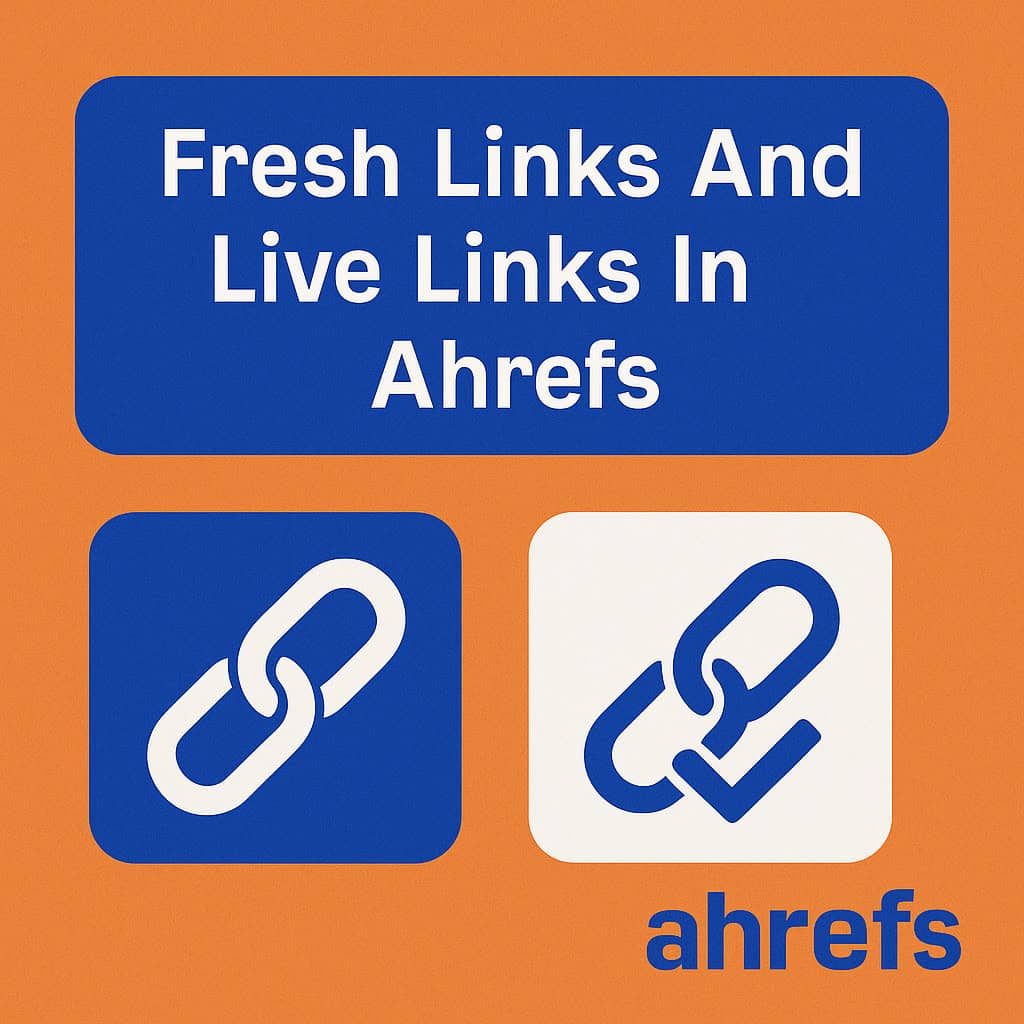

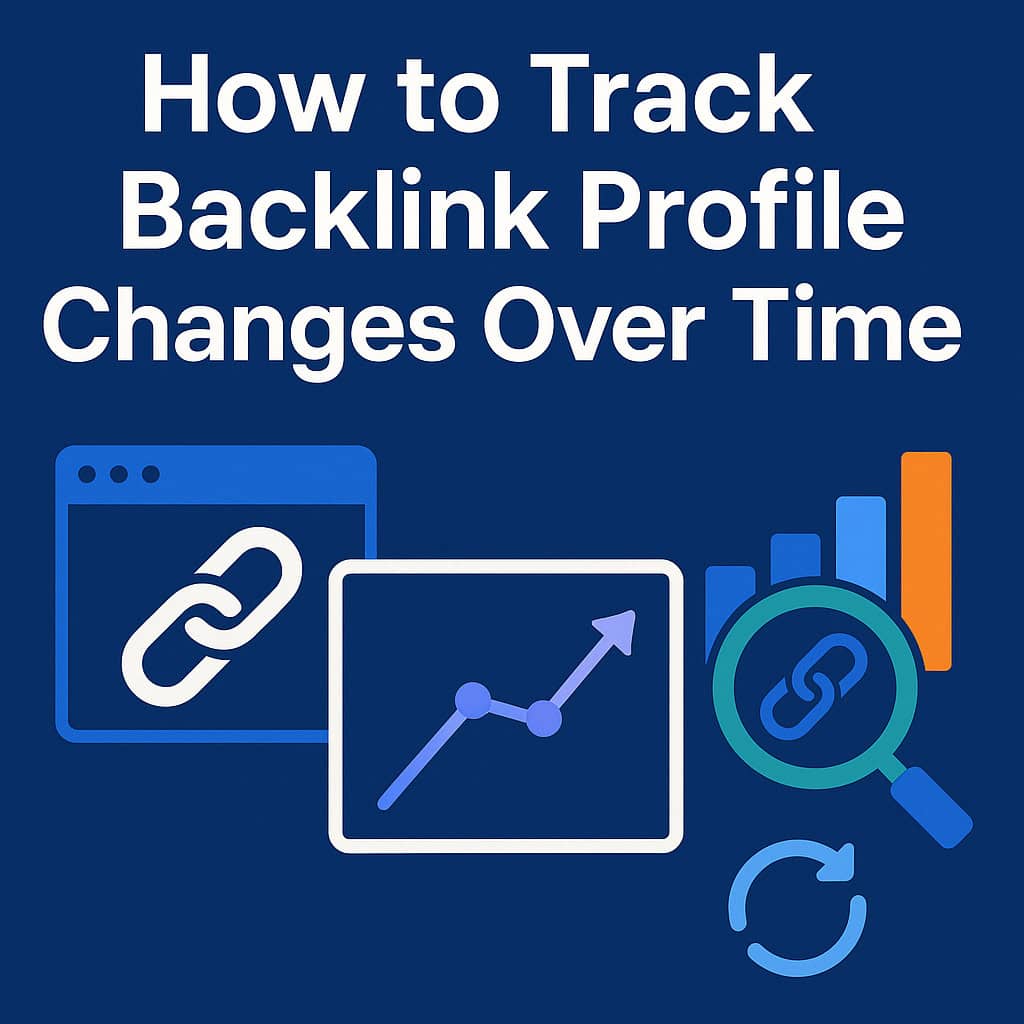
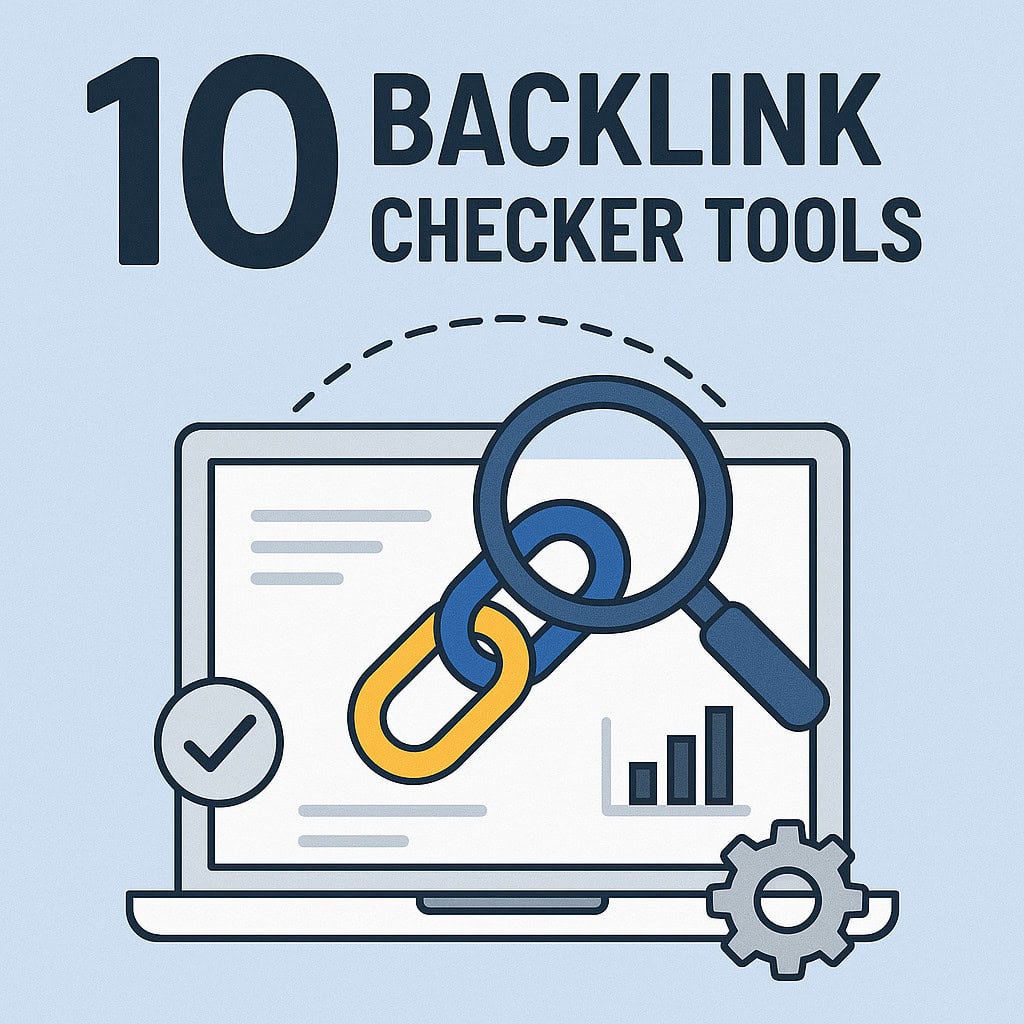

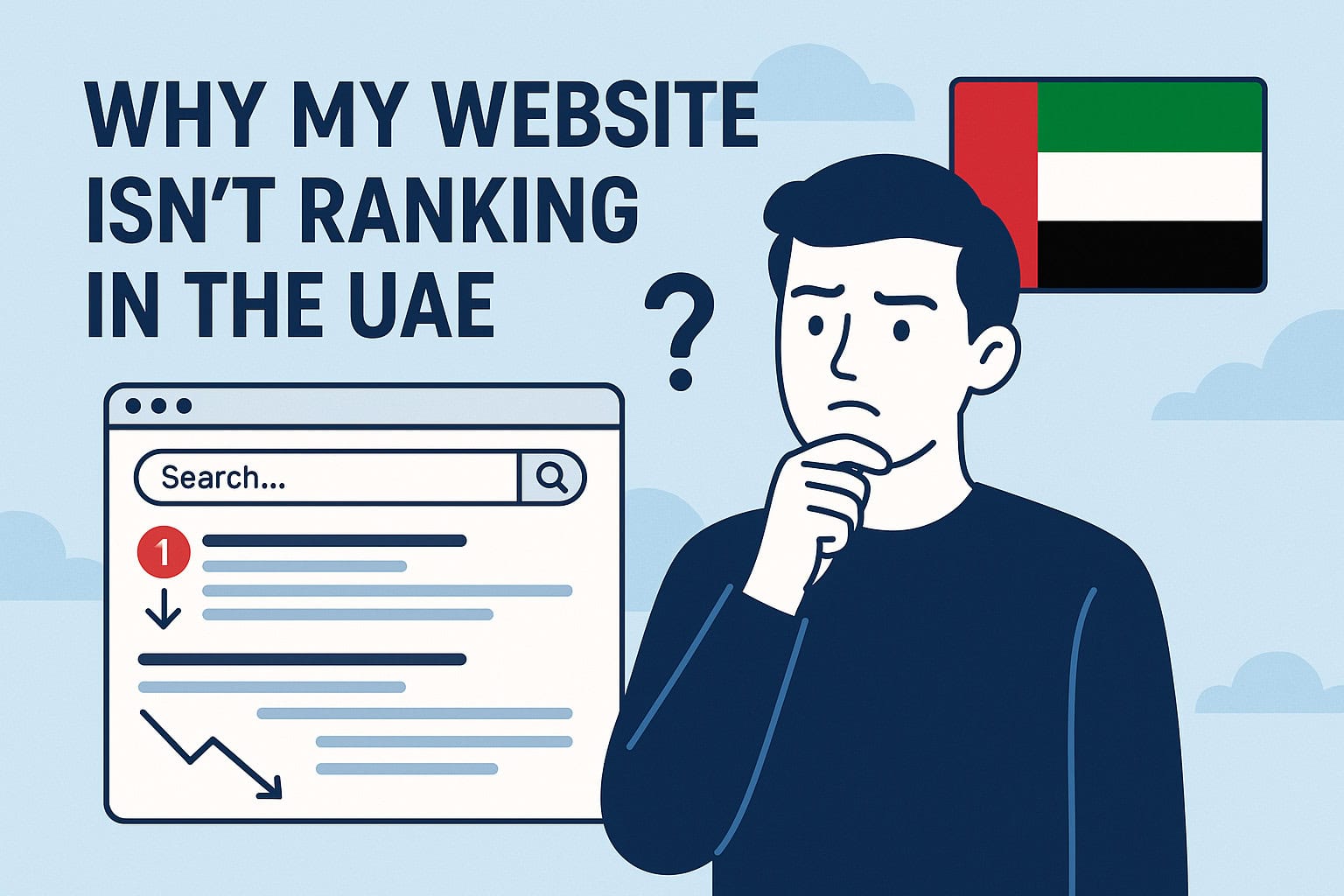
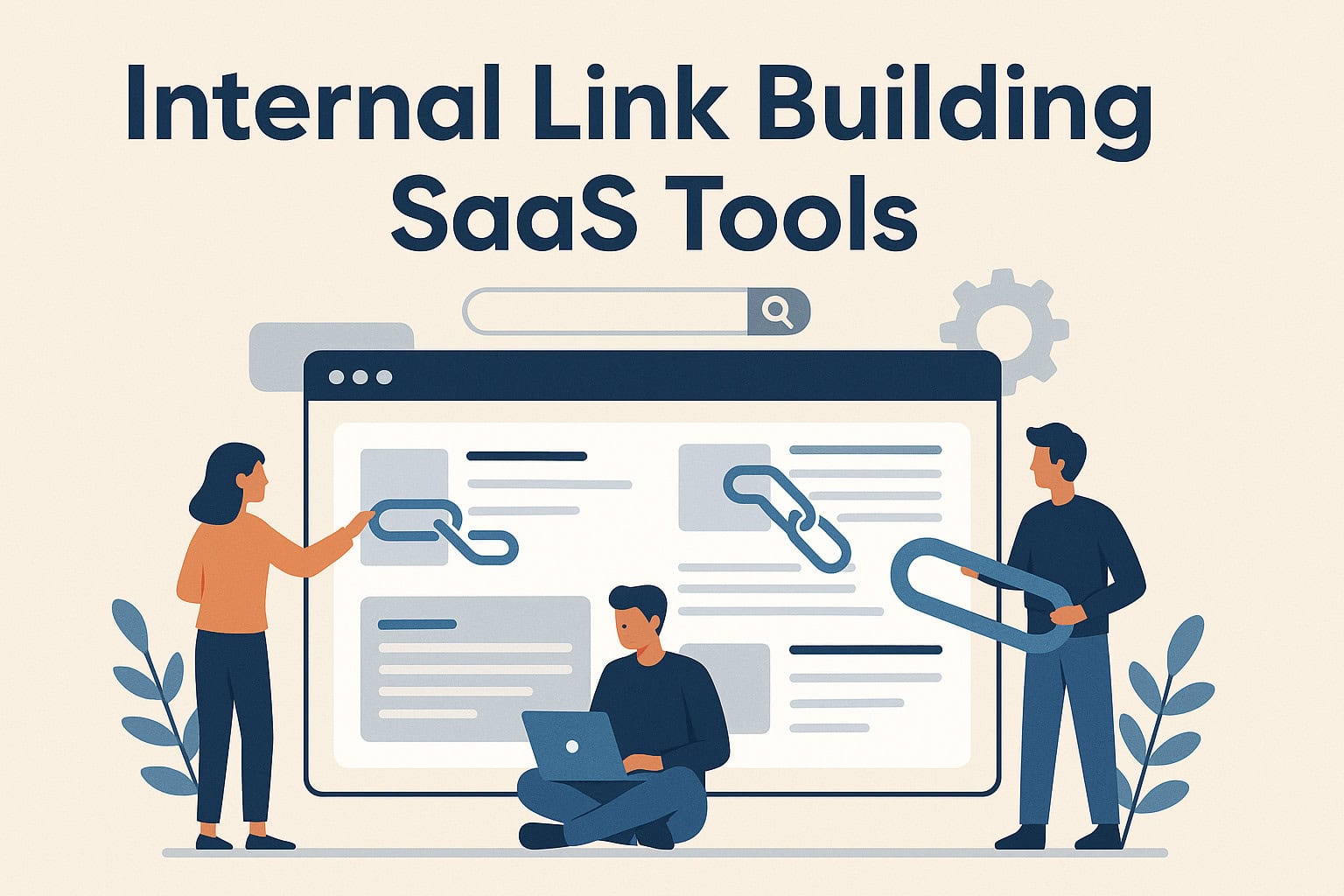

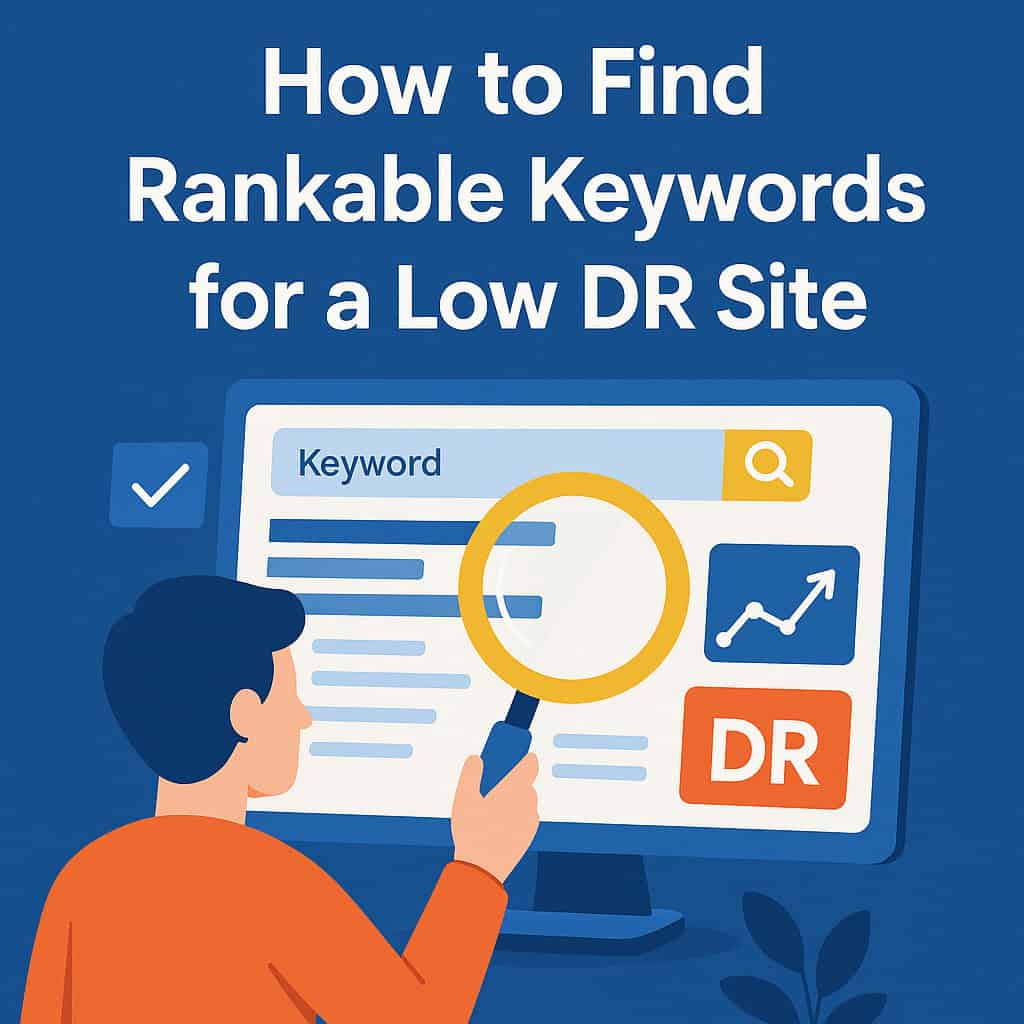
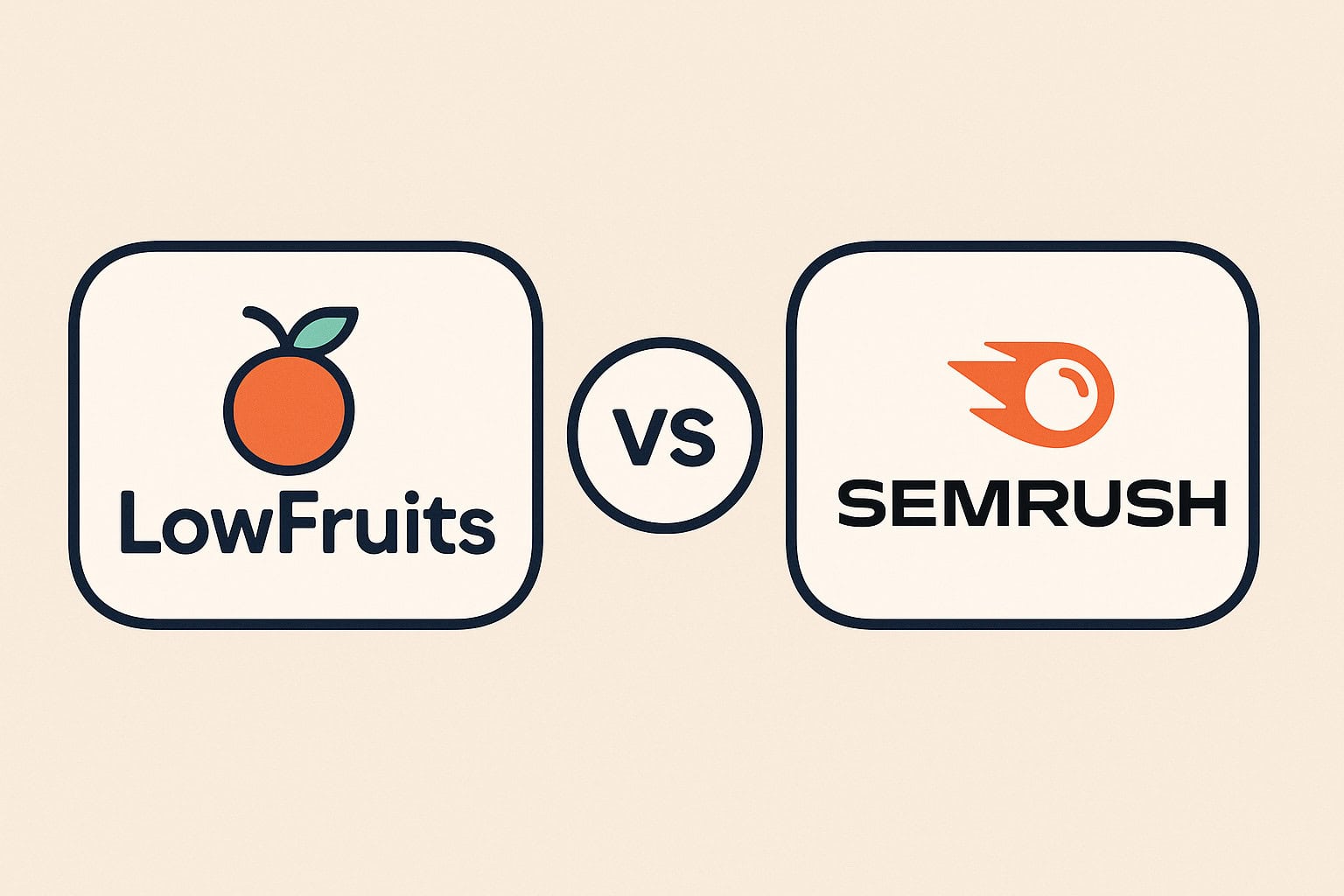
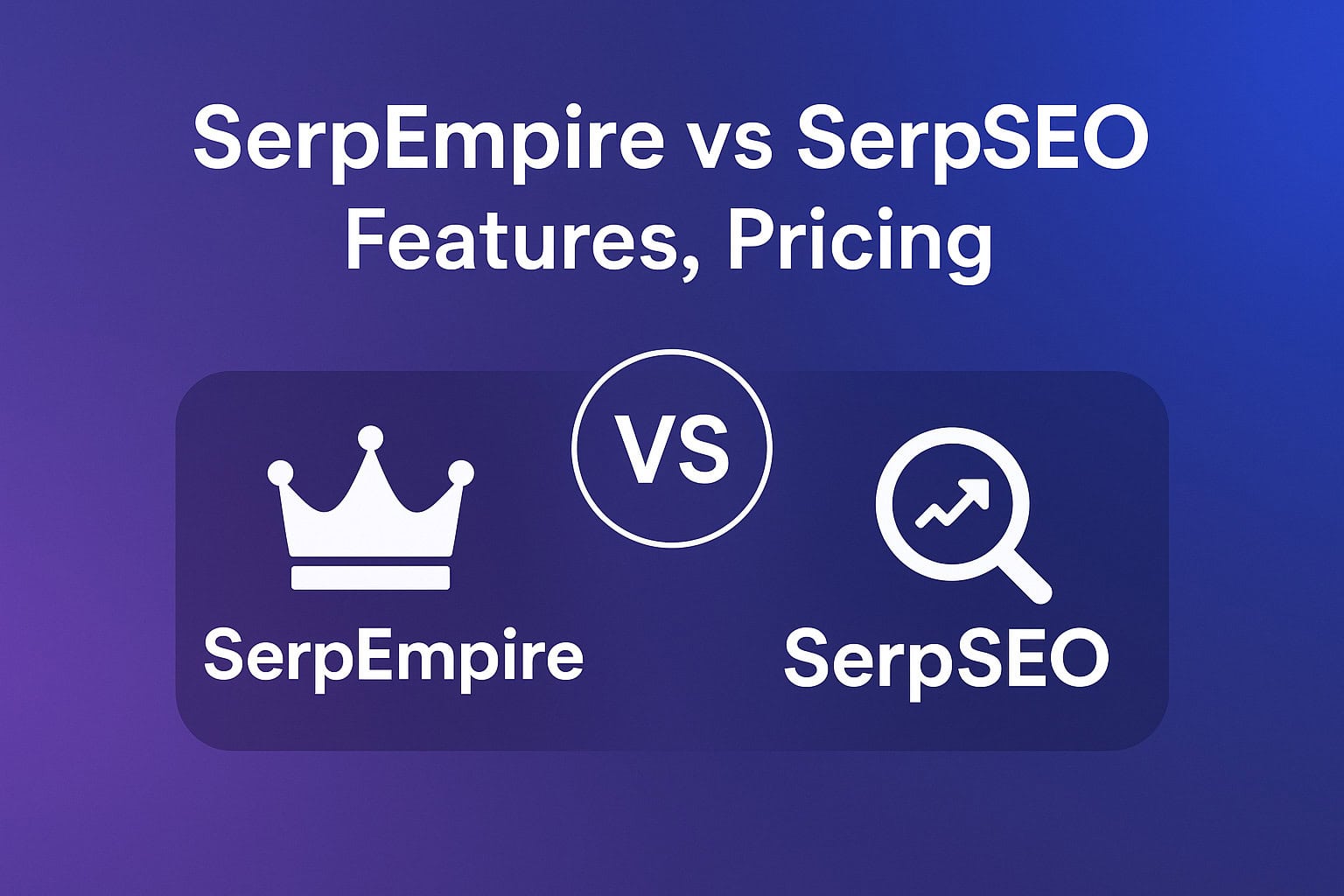
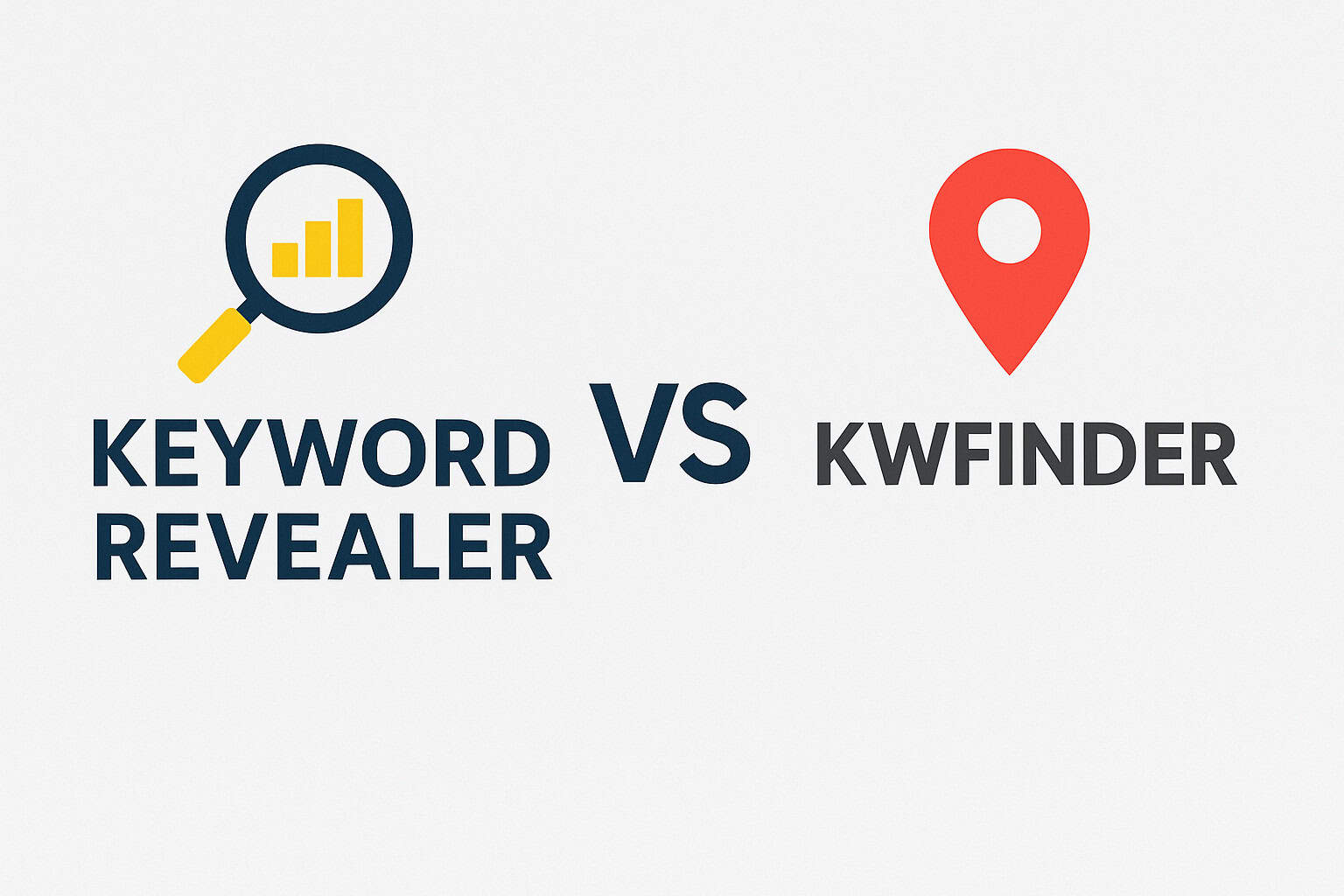


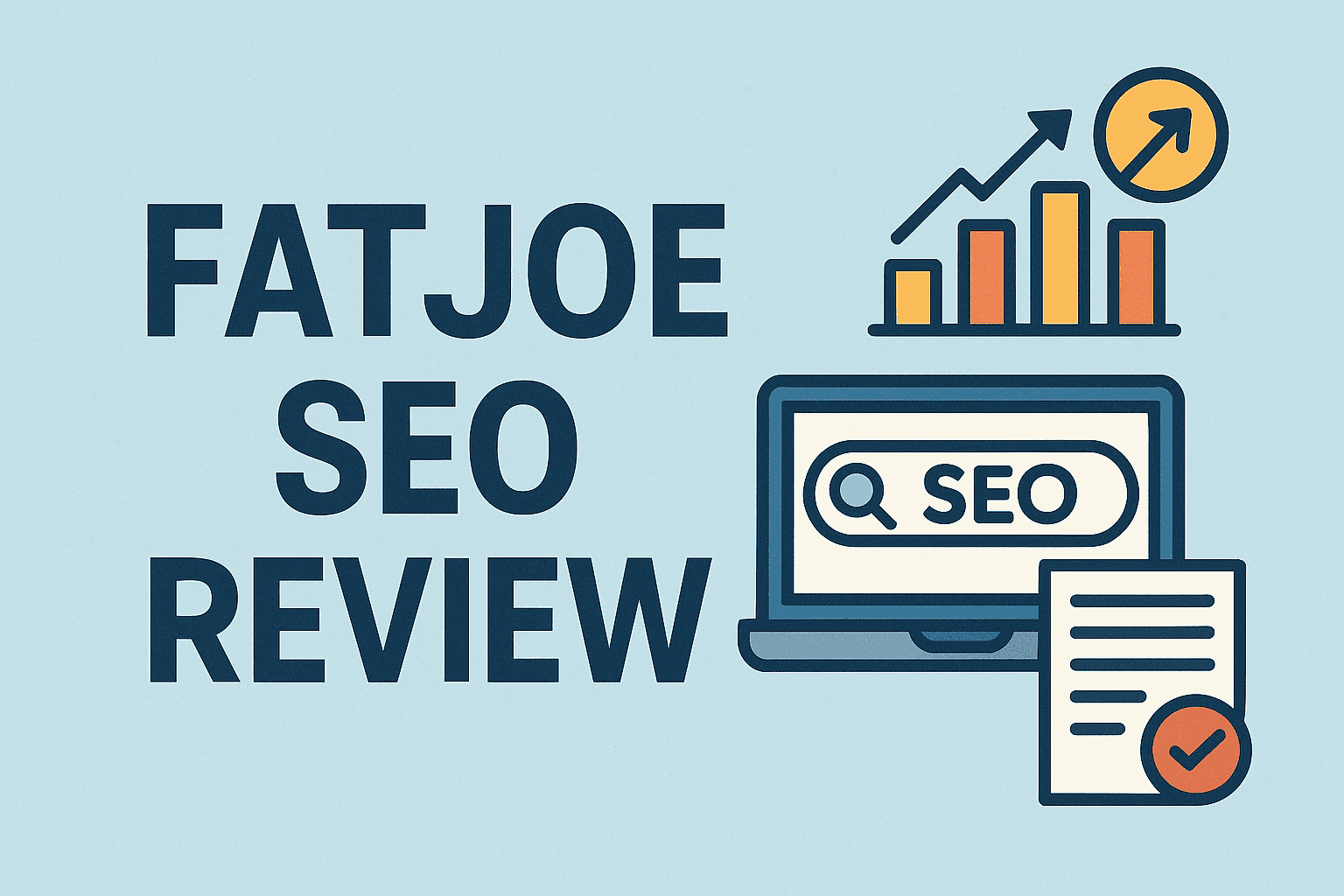
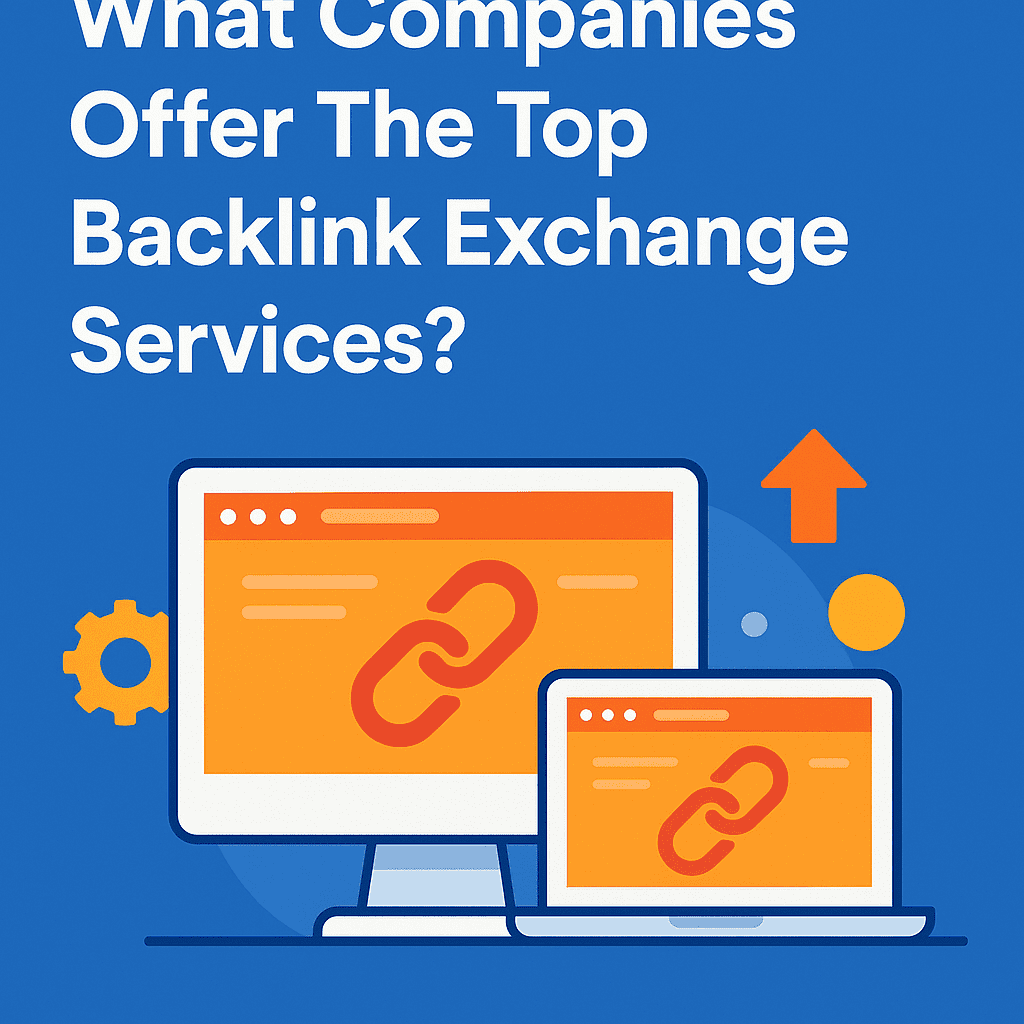

![Longtail Pro Moz or Majestic [Full Breakdown]](https://backlinkmanagement.io/wp-content/uploads/2025/11/ChatGPT-Image-Nov-14-2025-08_30_38-AM.png)
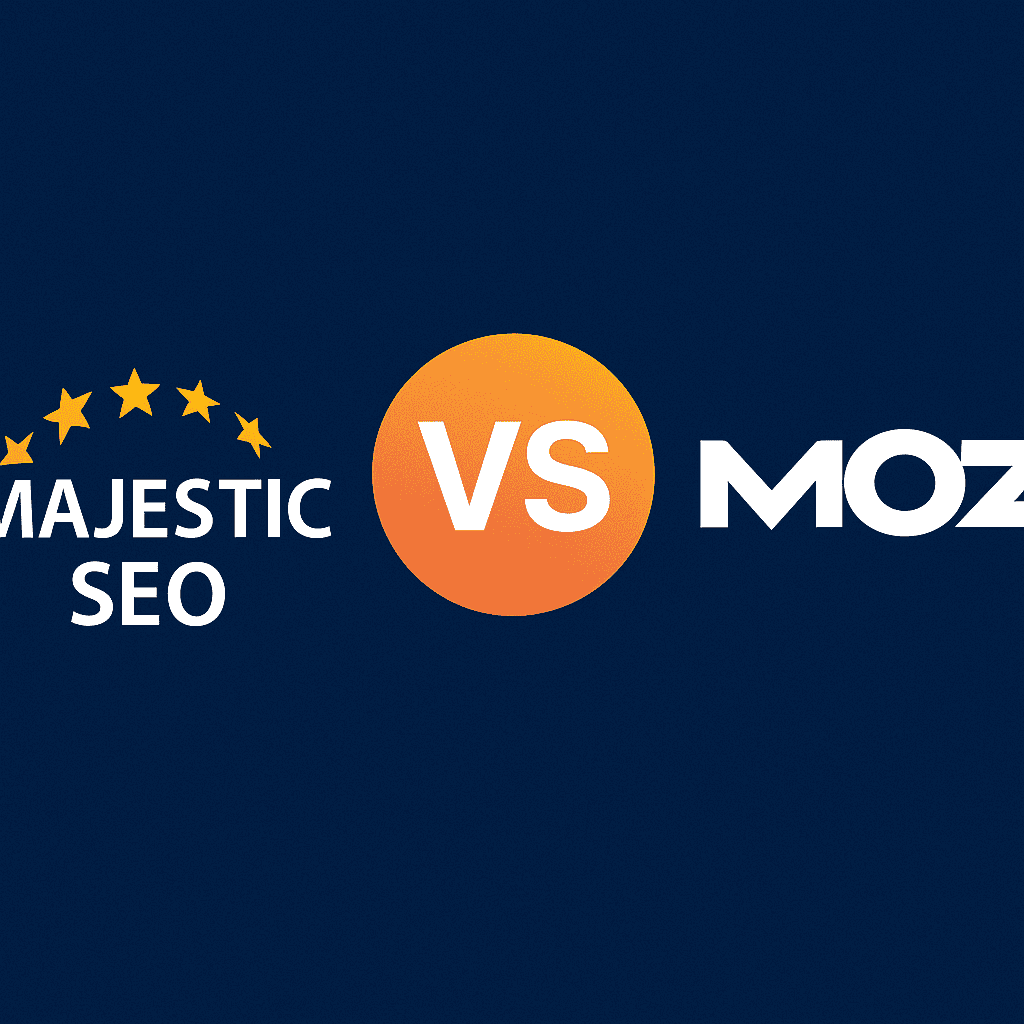

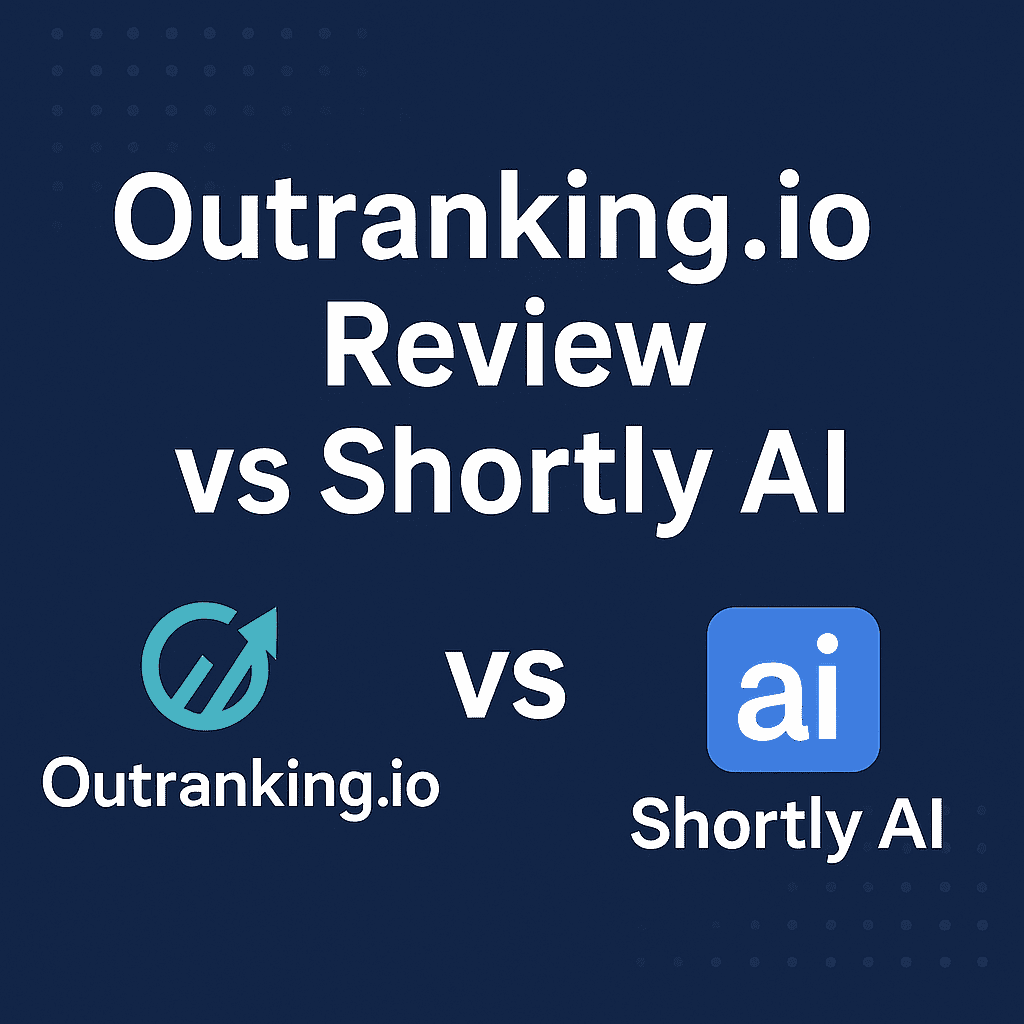
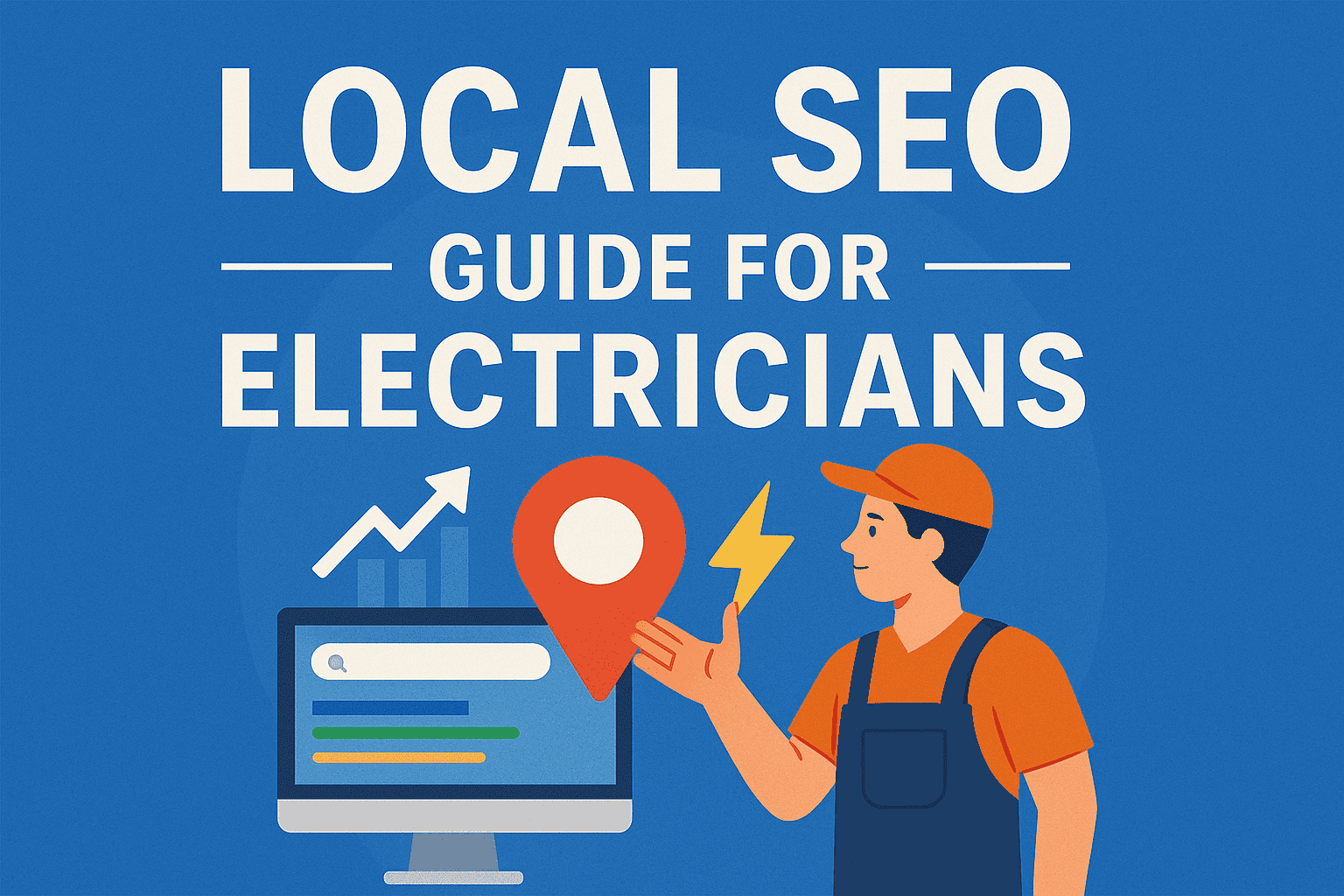
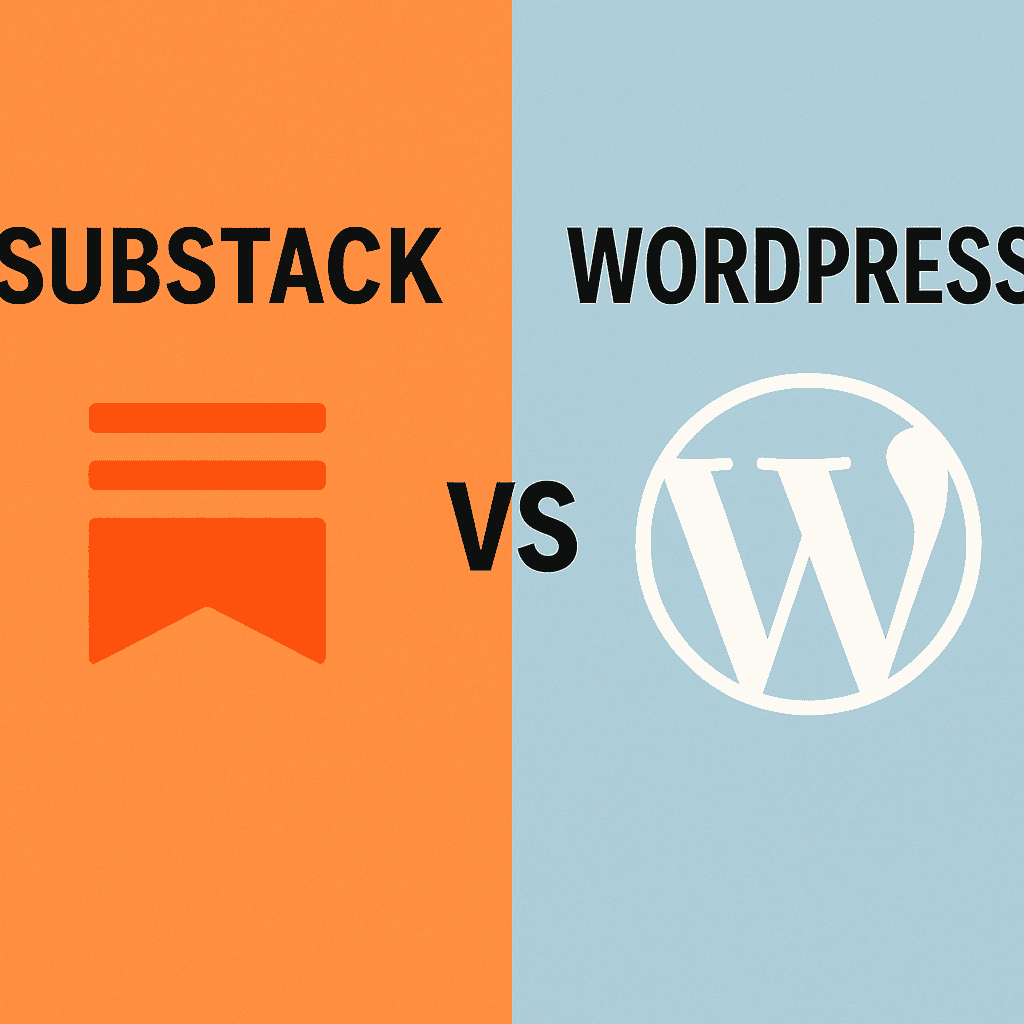
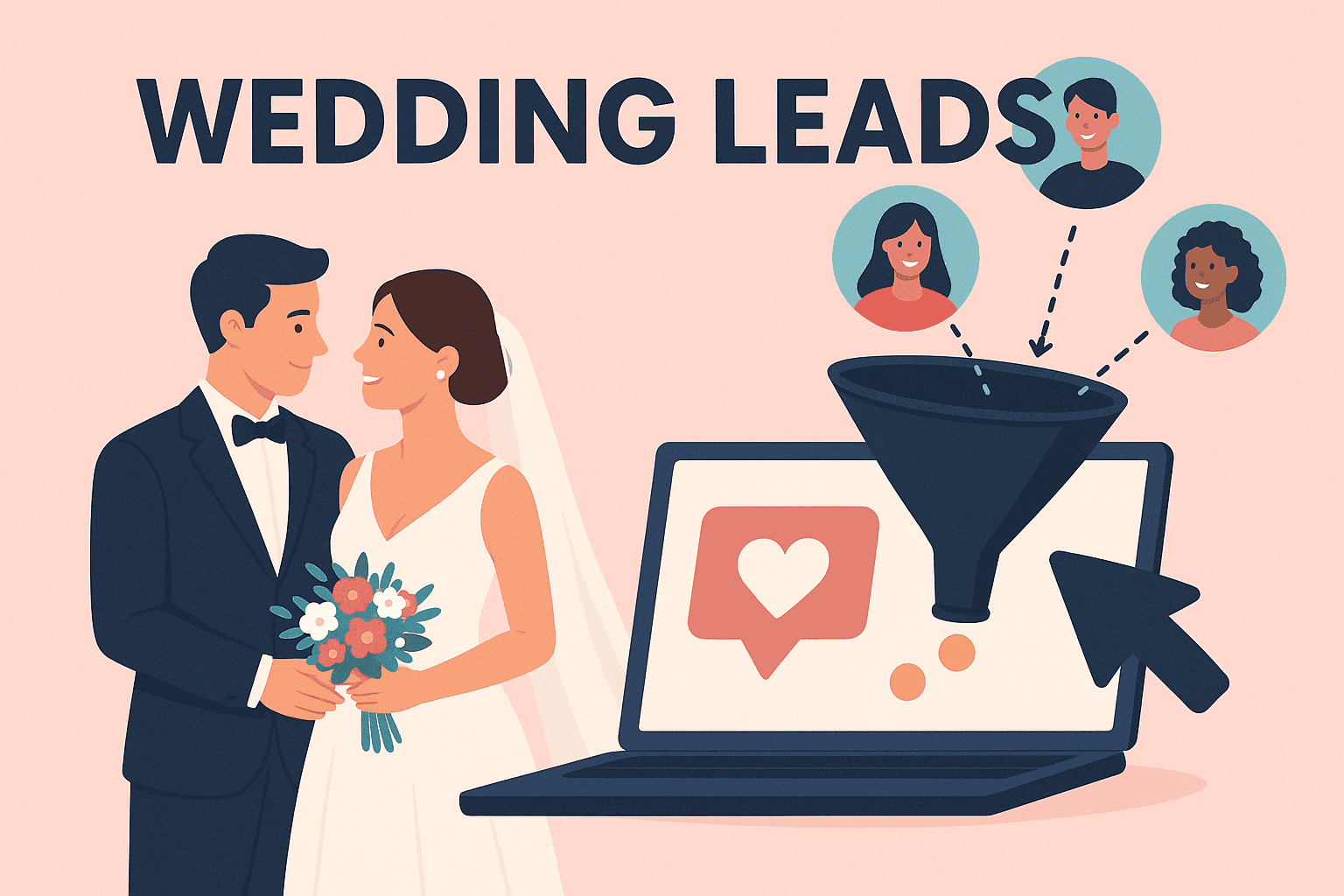
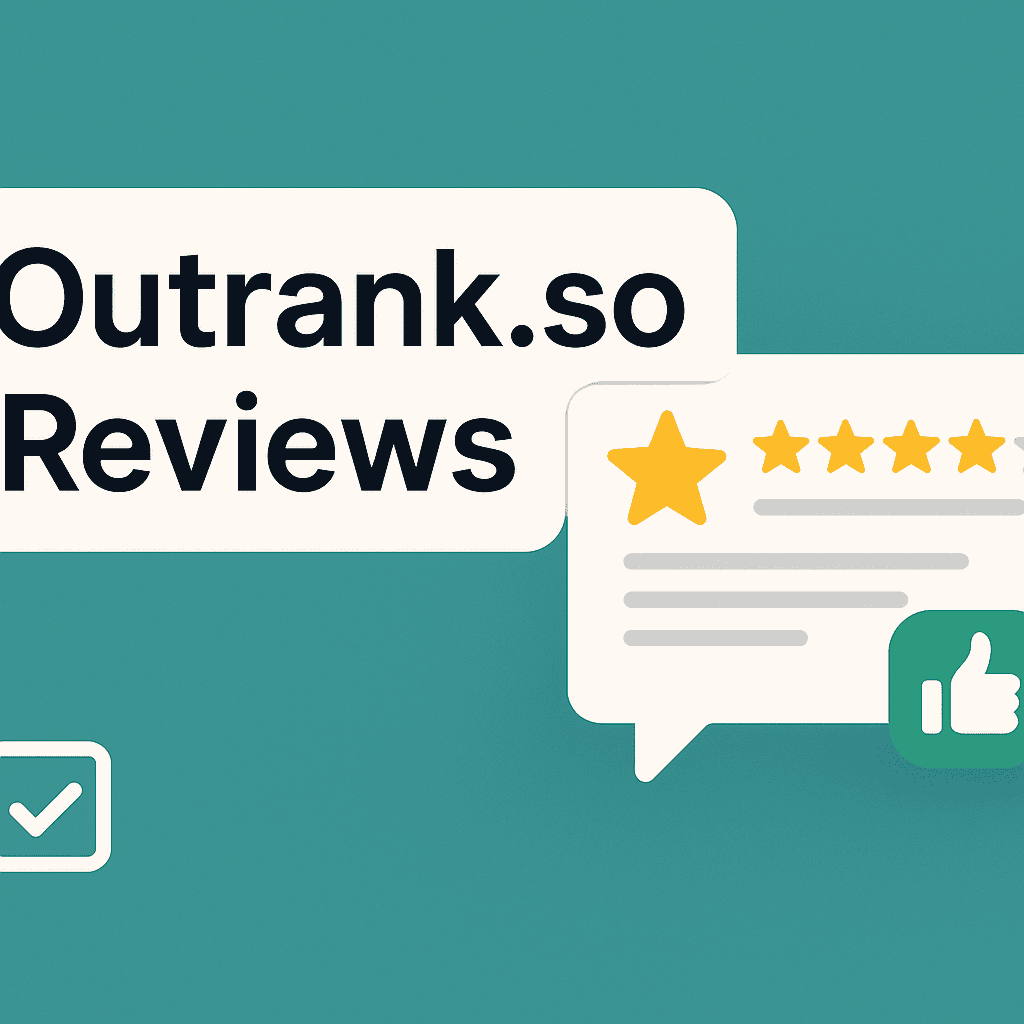
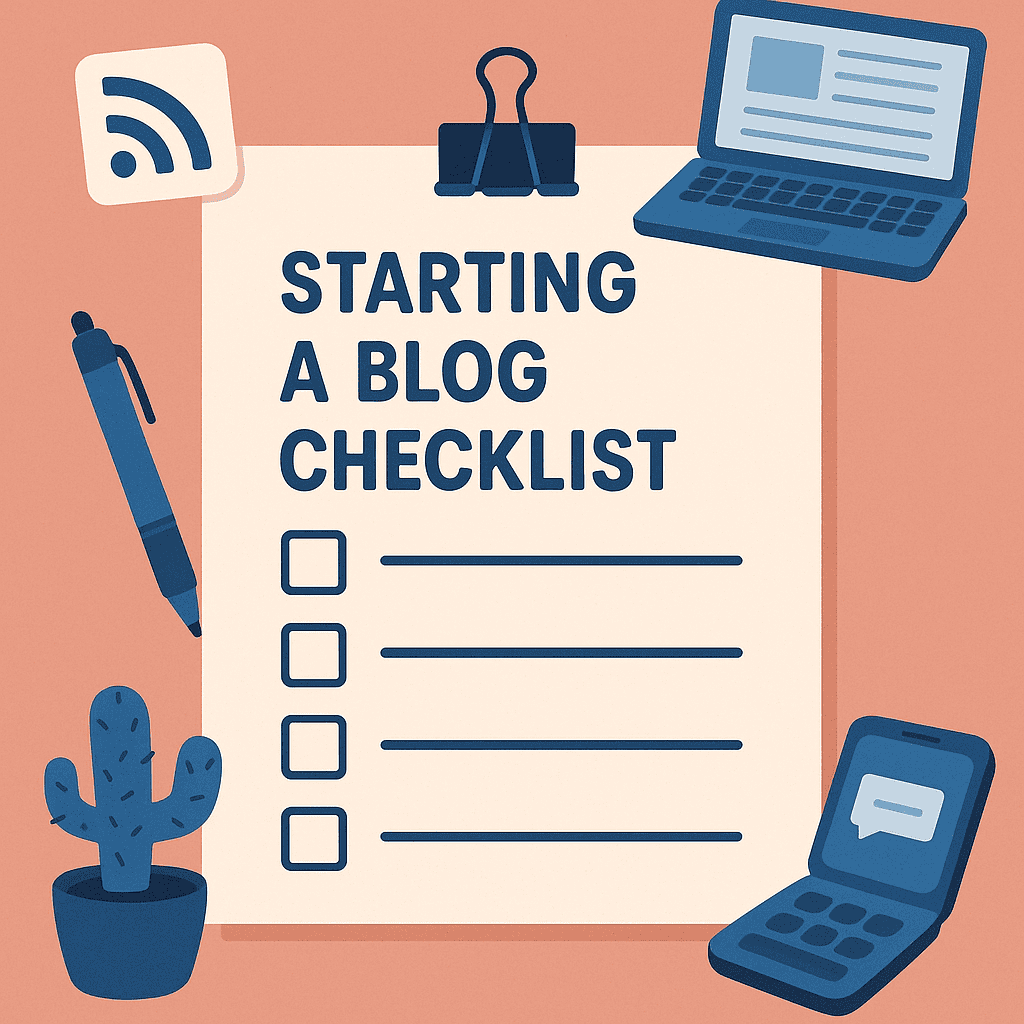

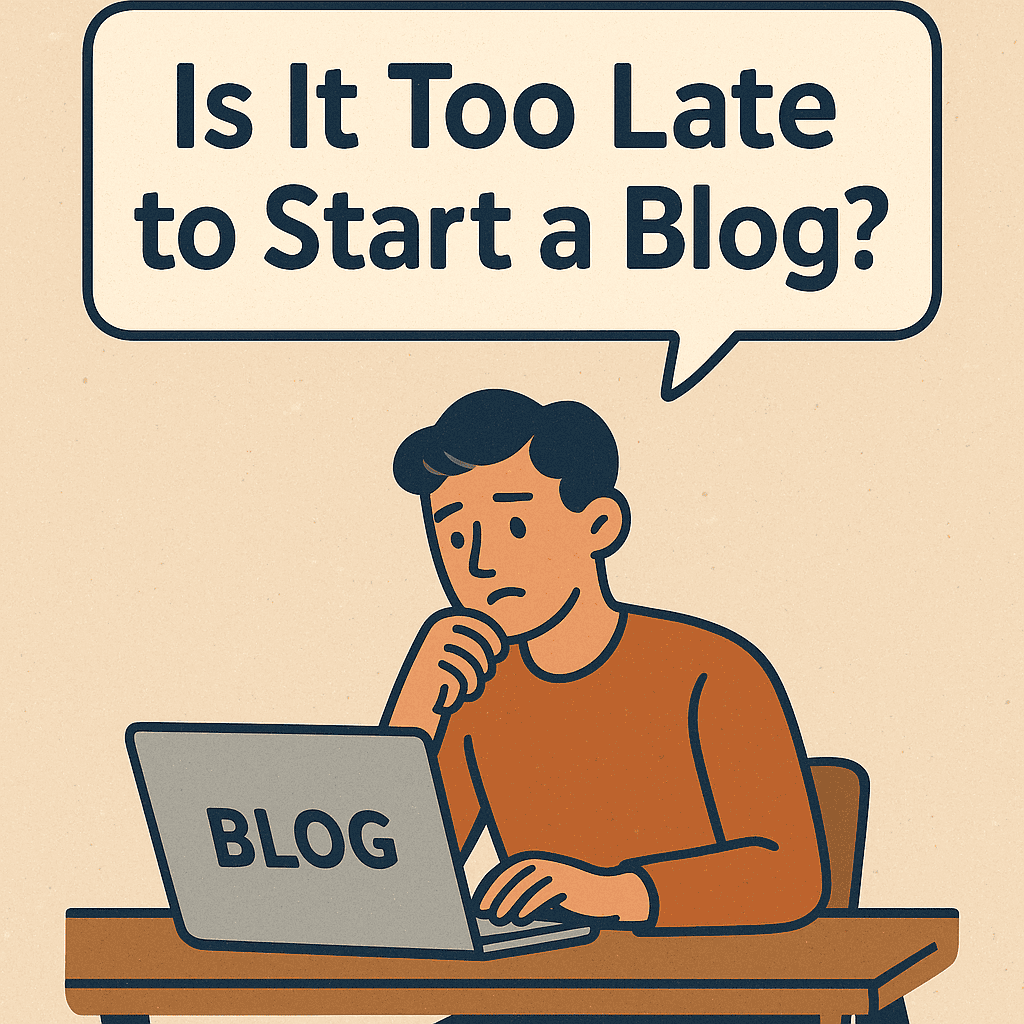
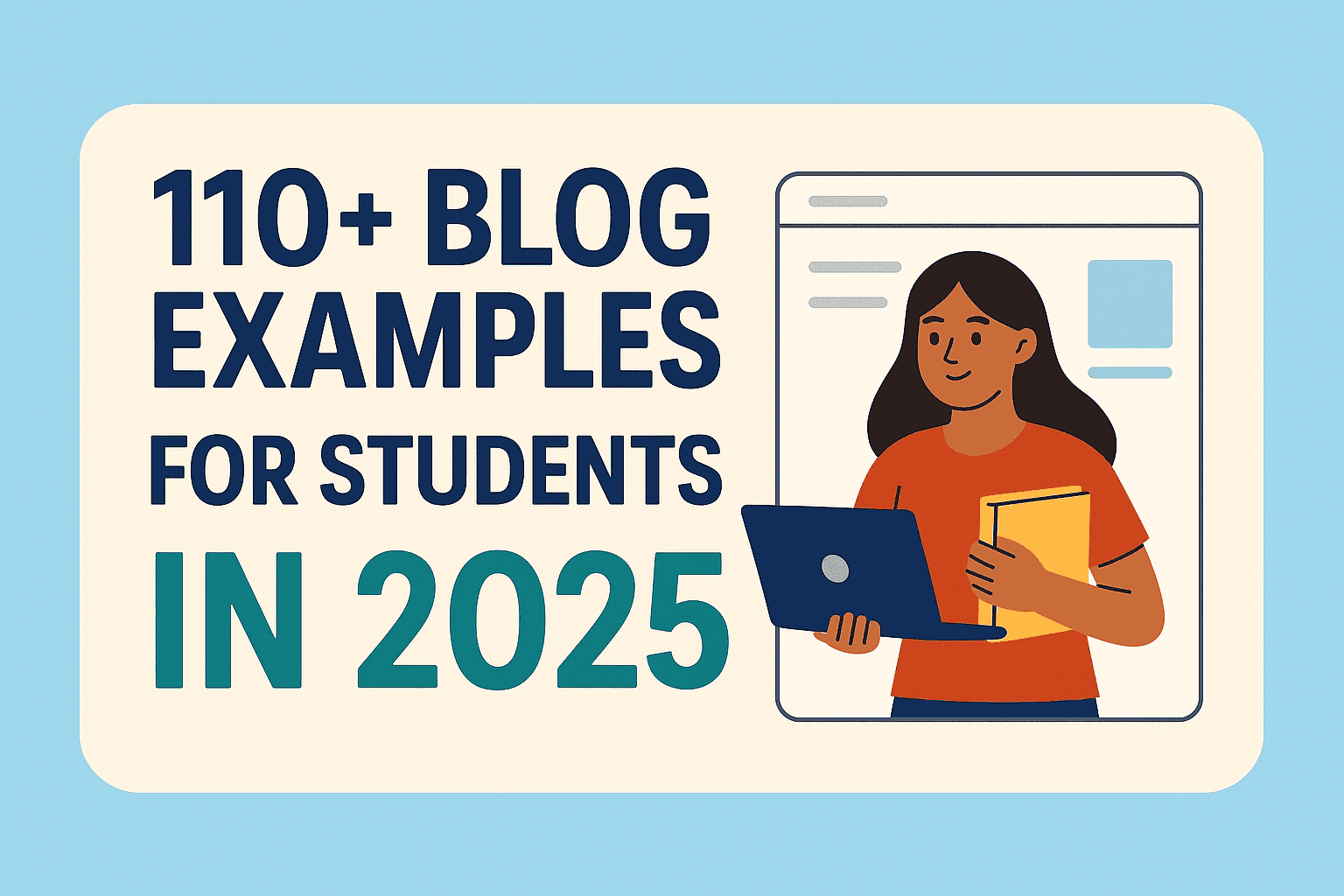

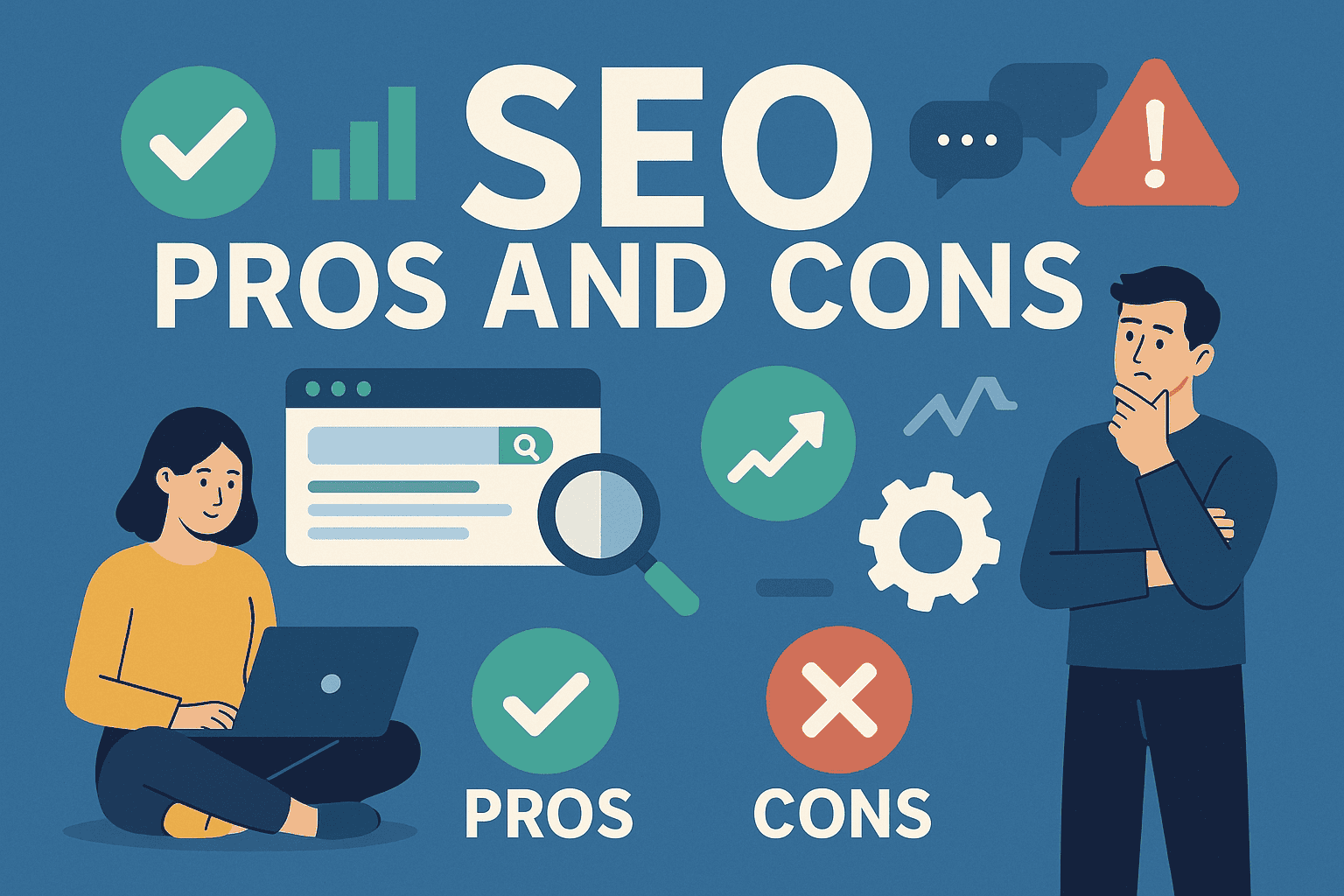



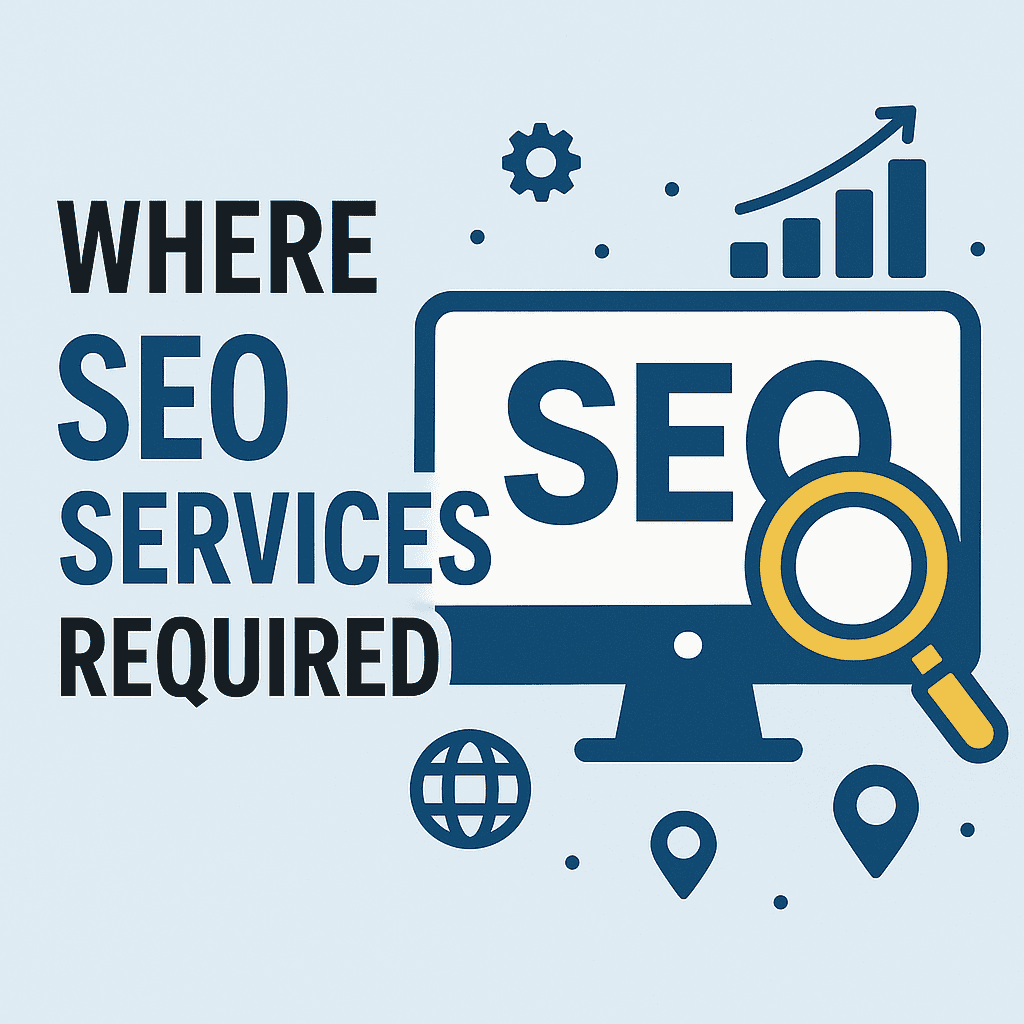
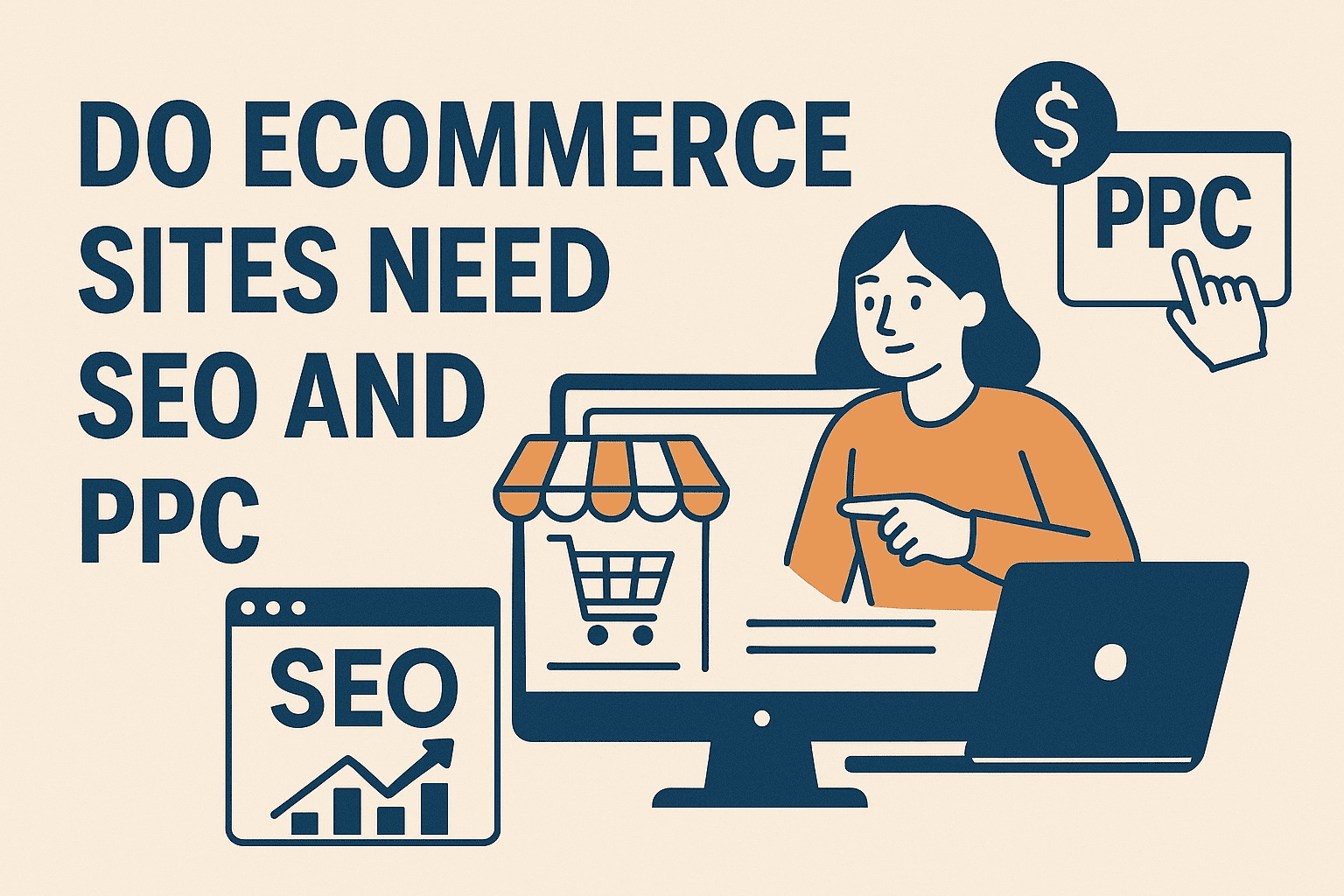
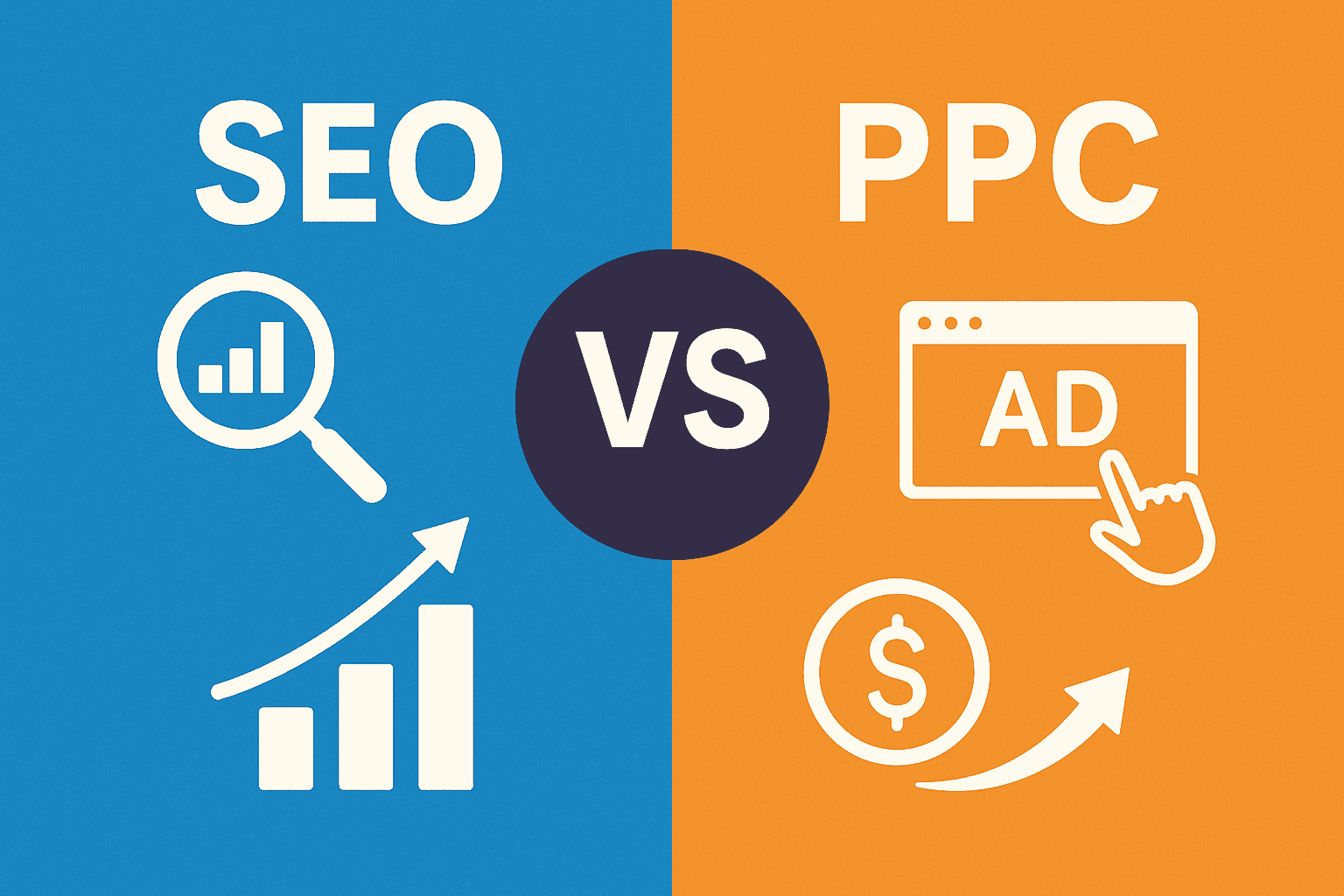

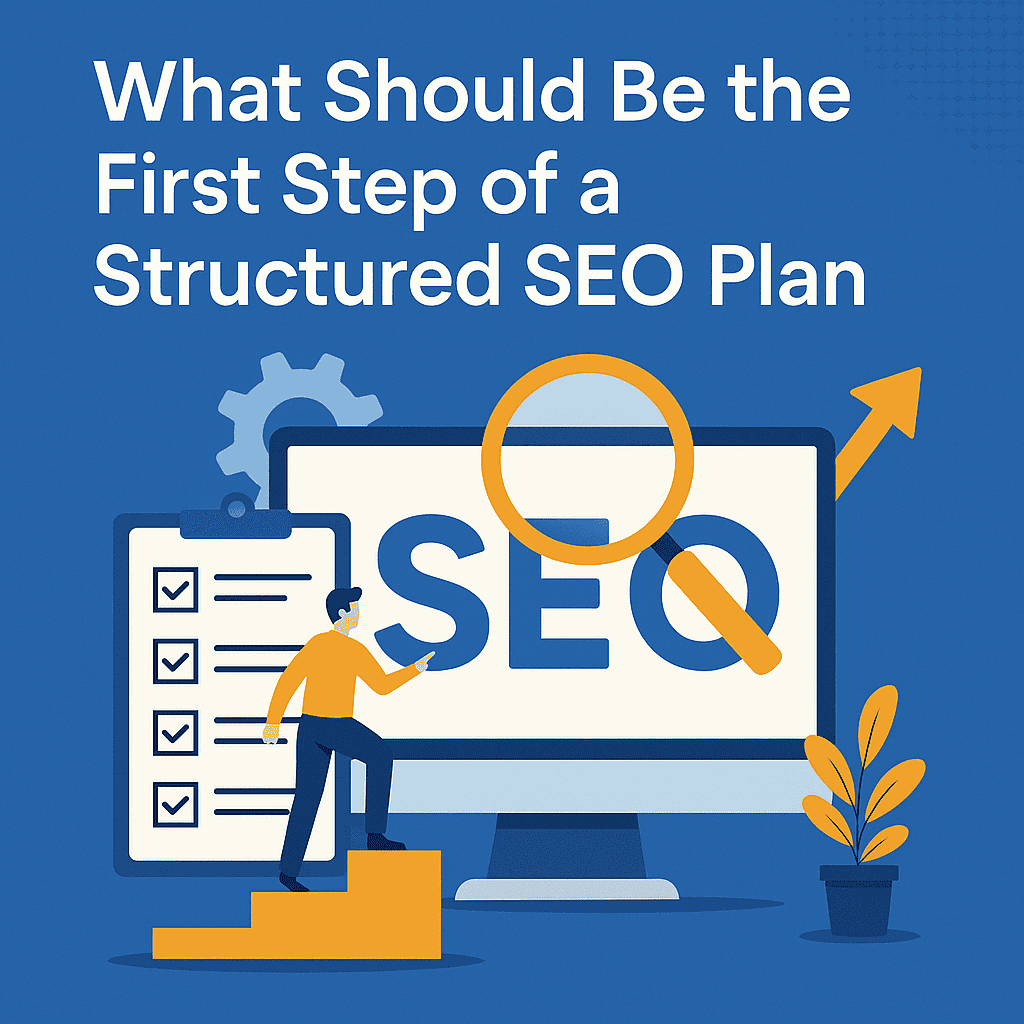
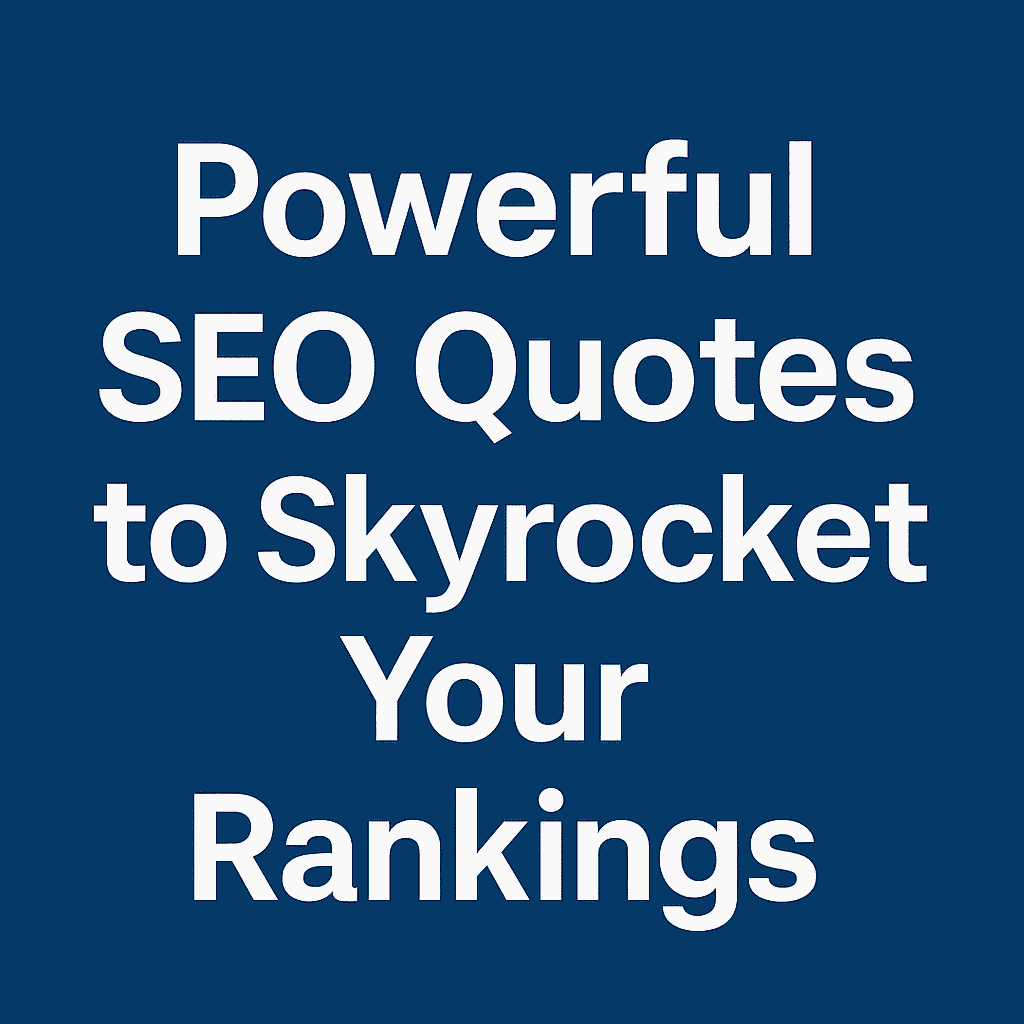

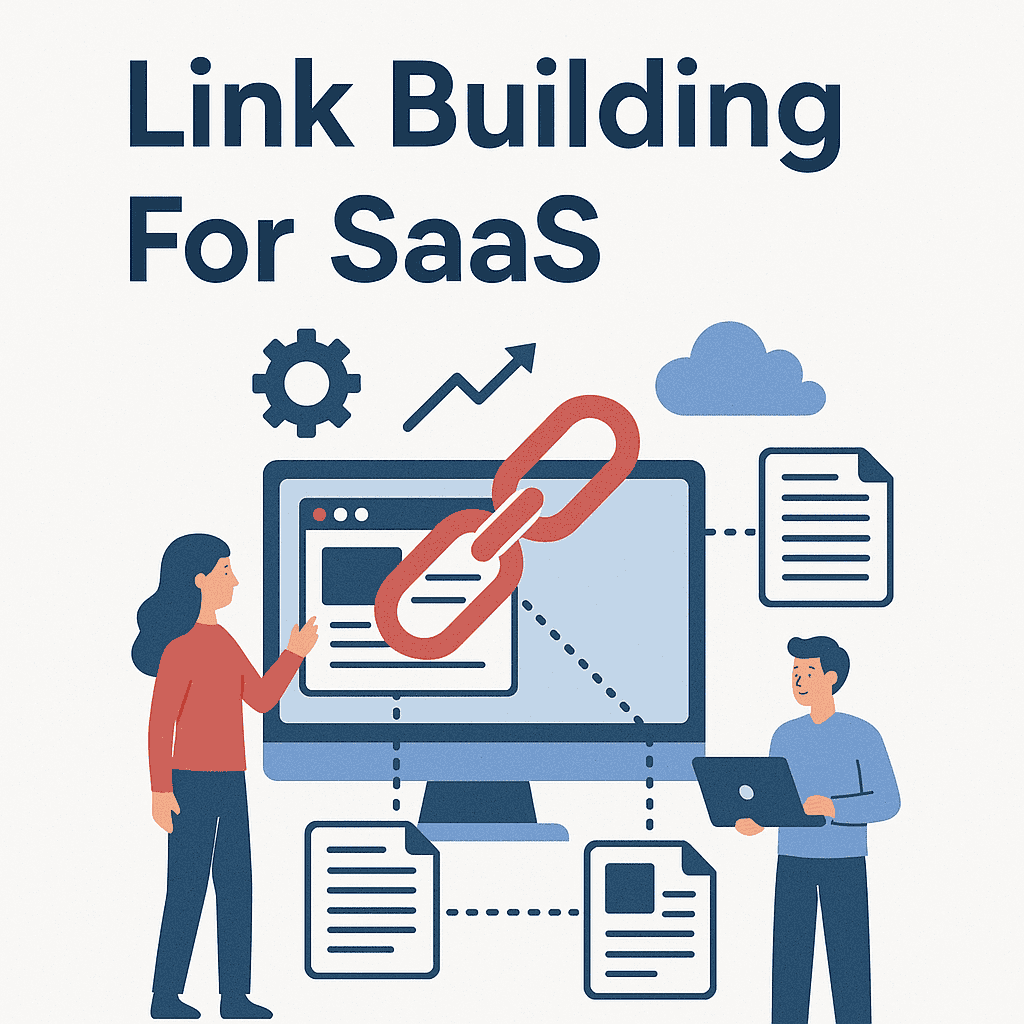
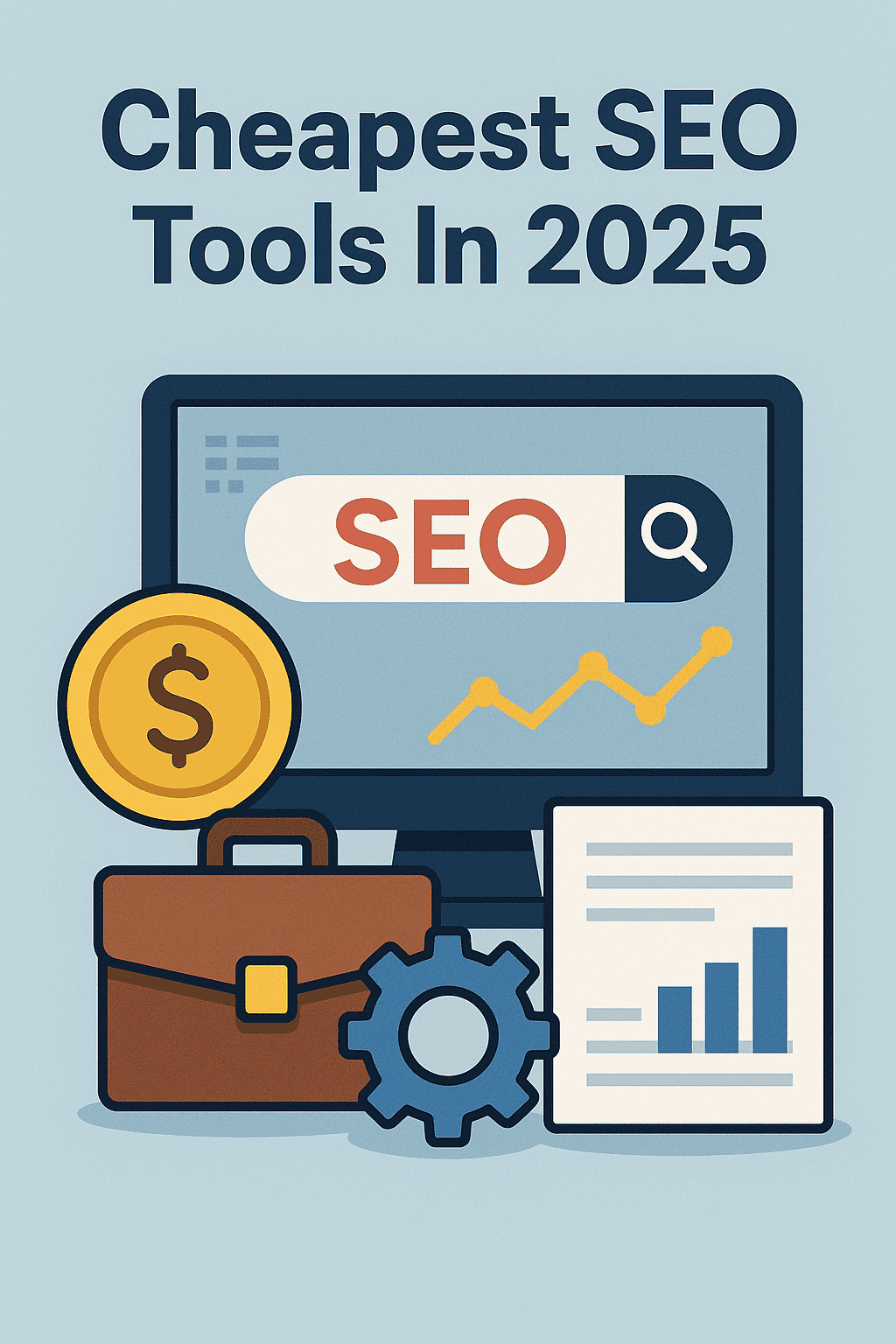
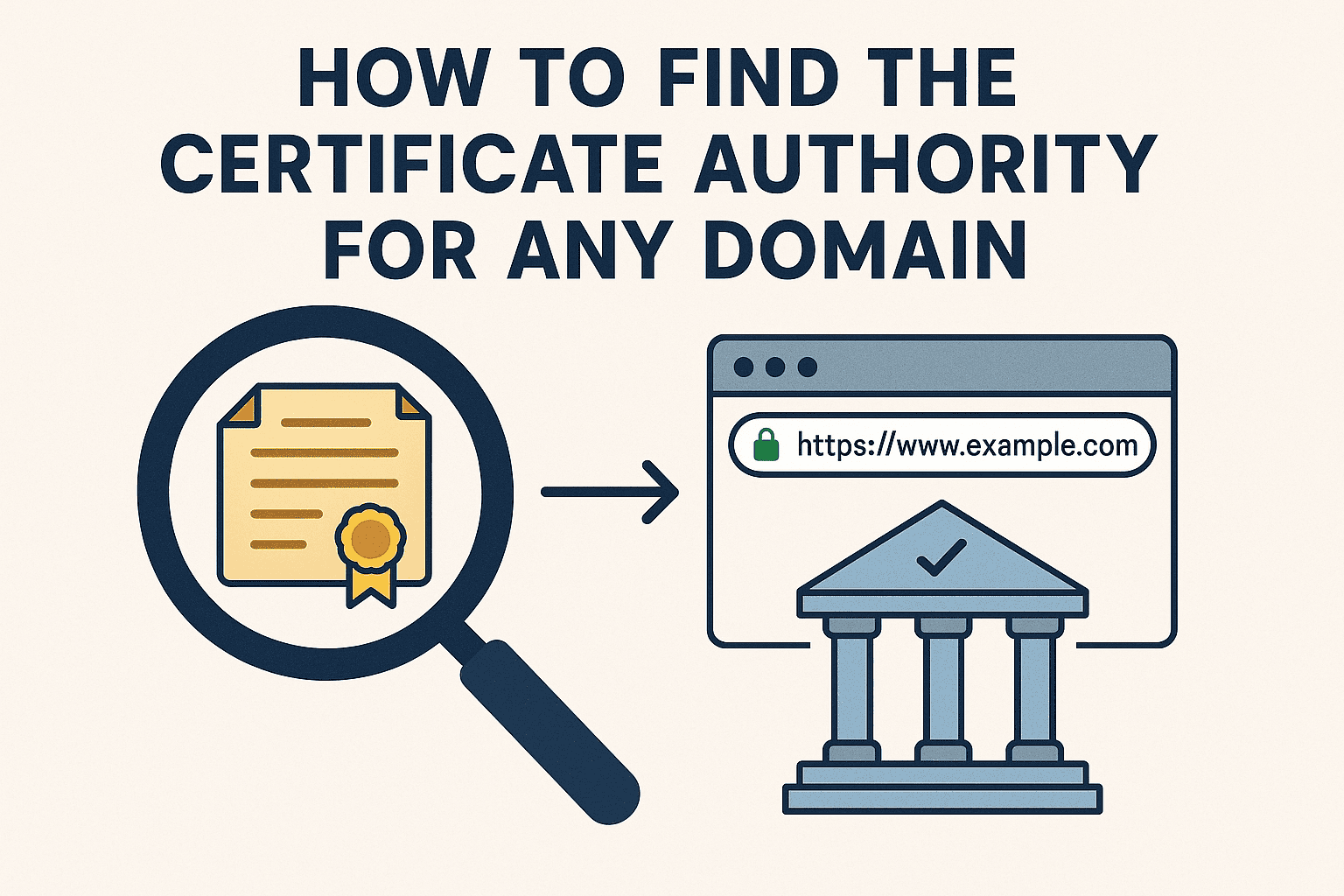
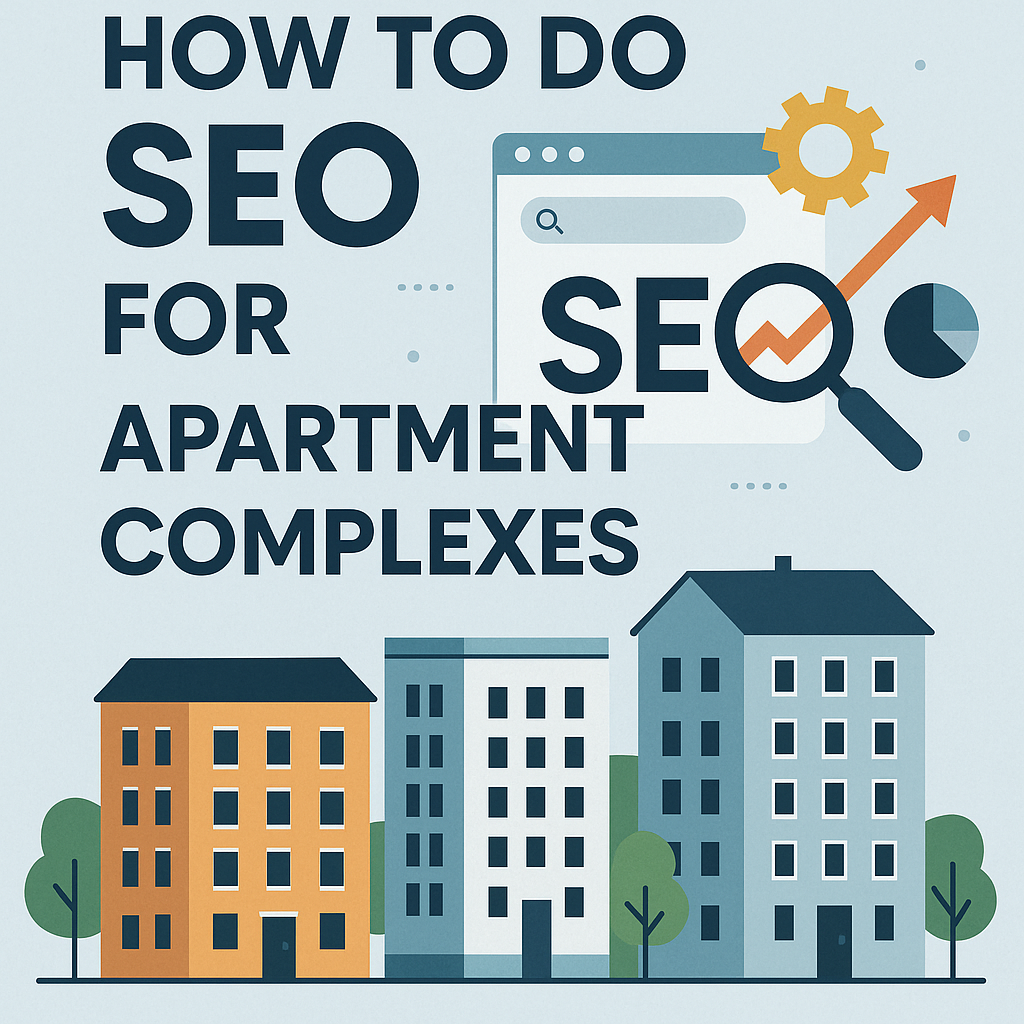
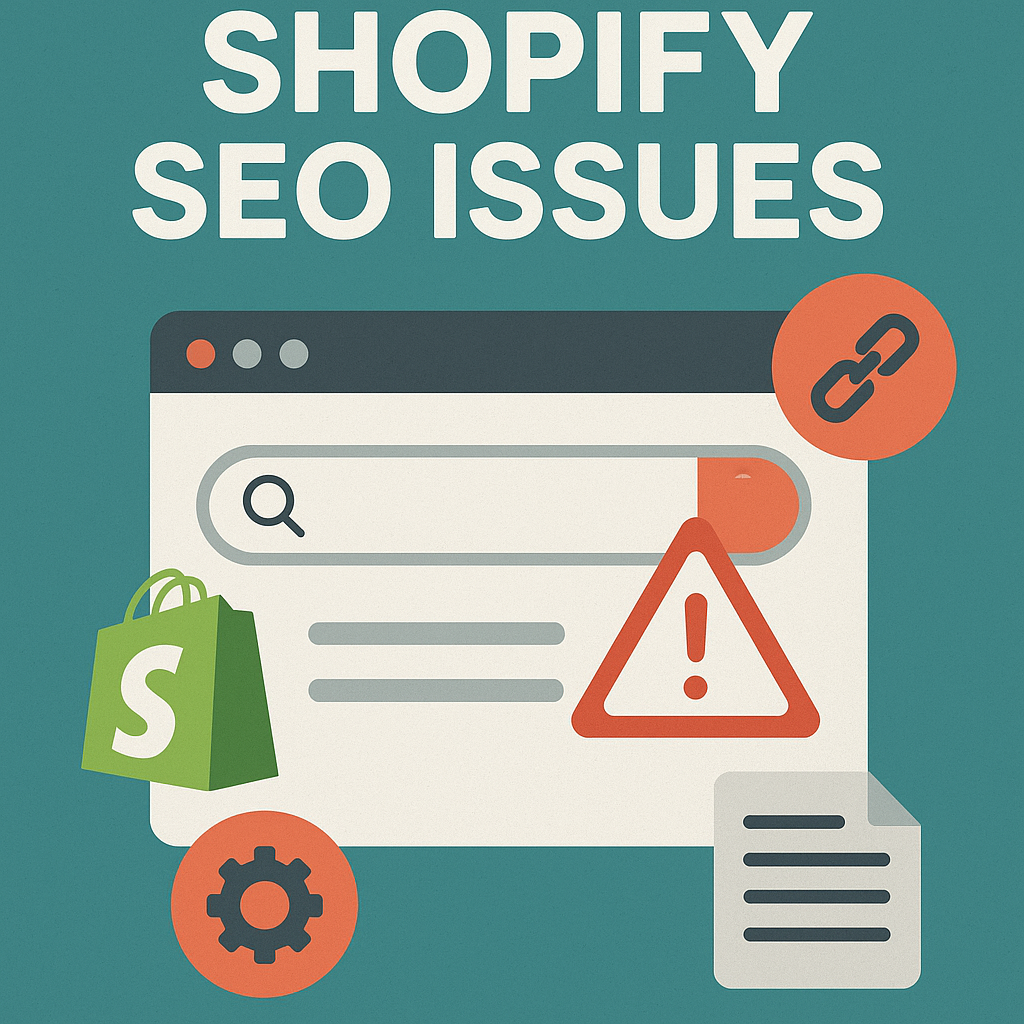


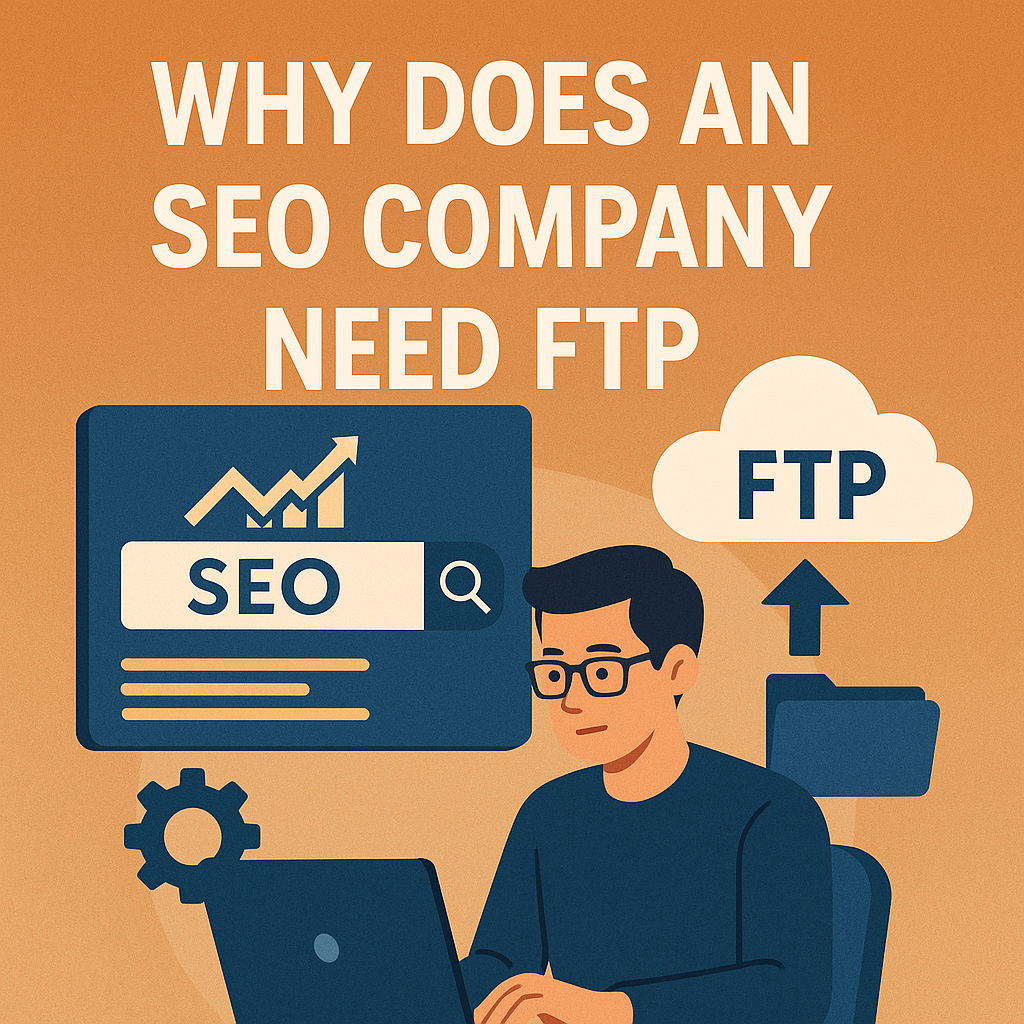
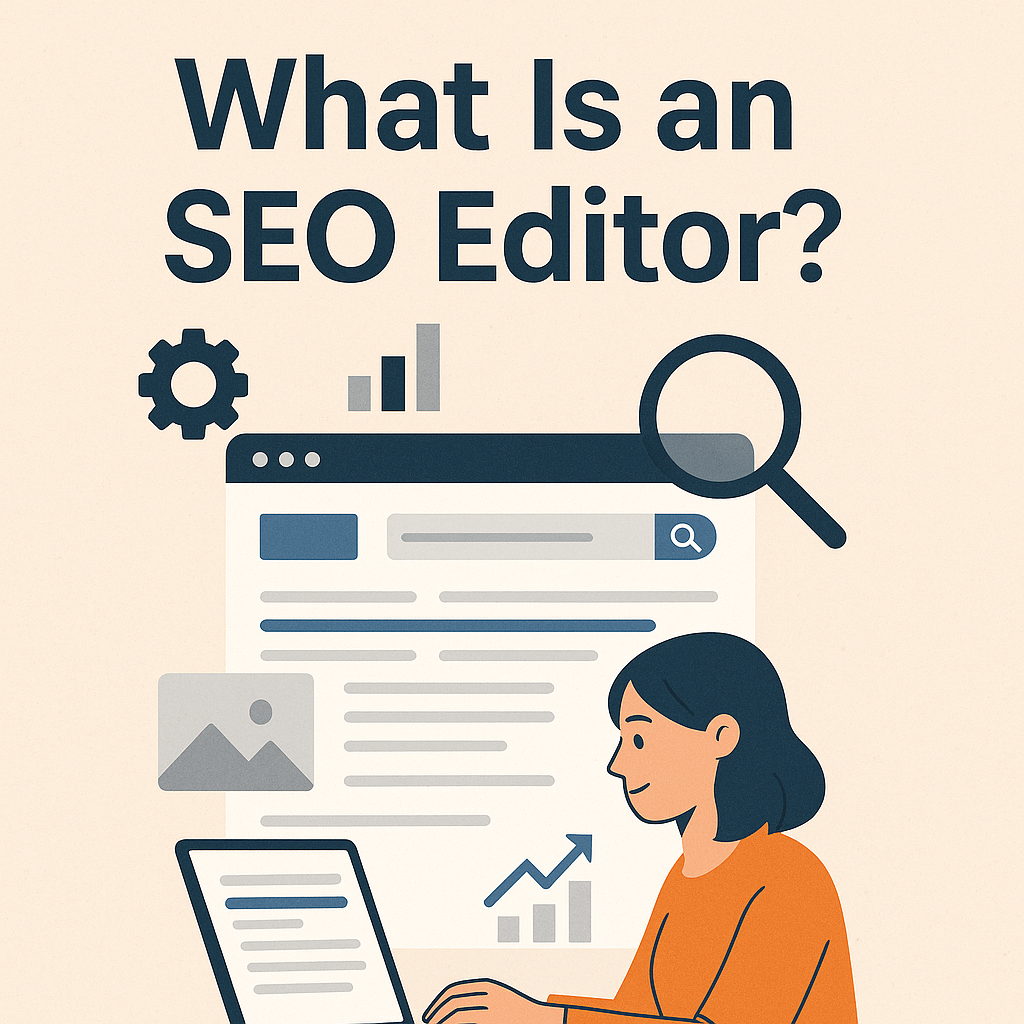
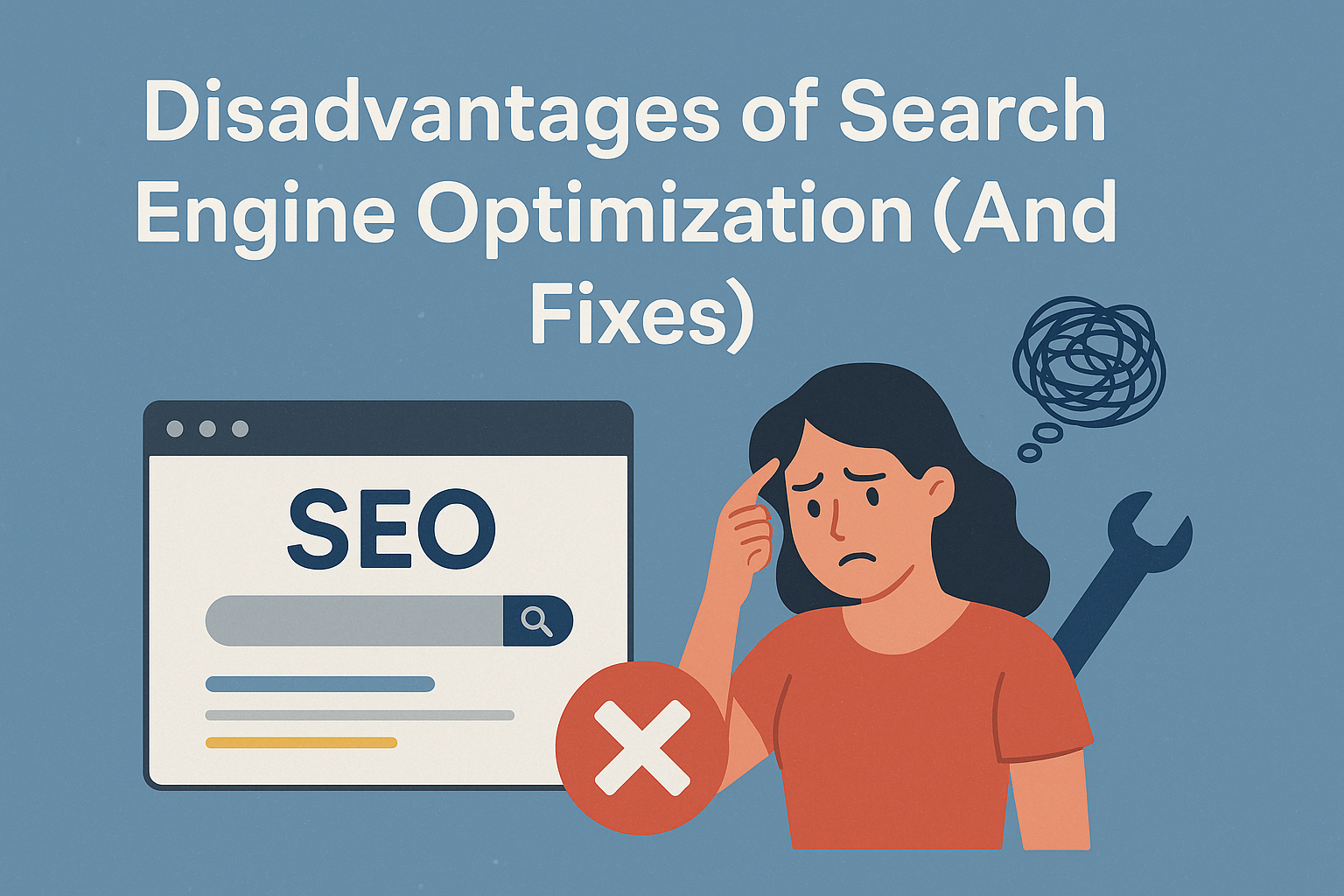
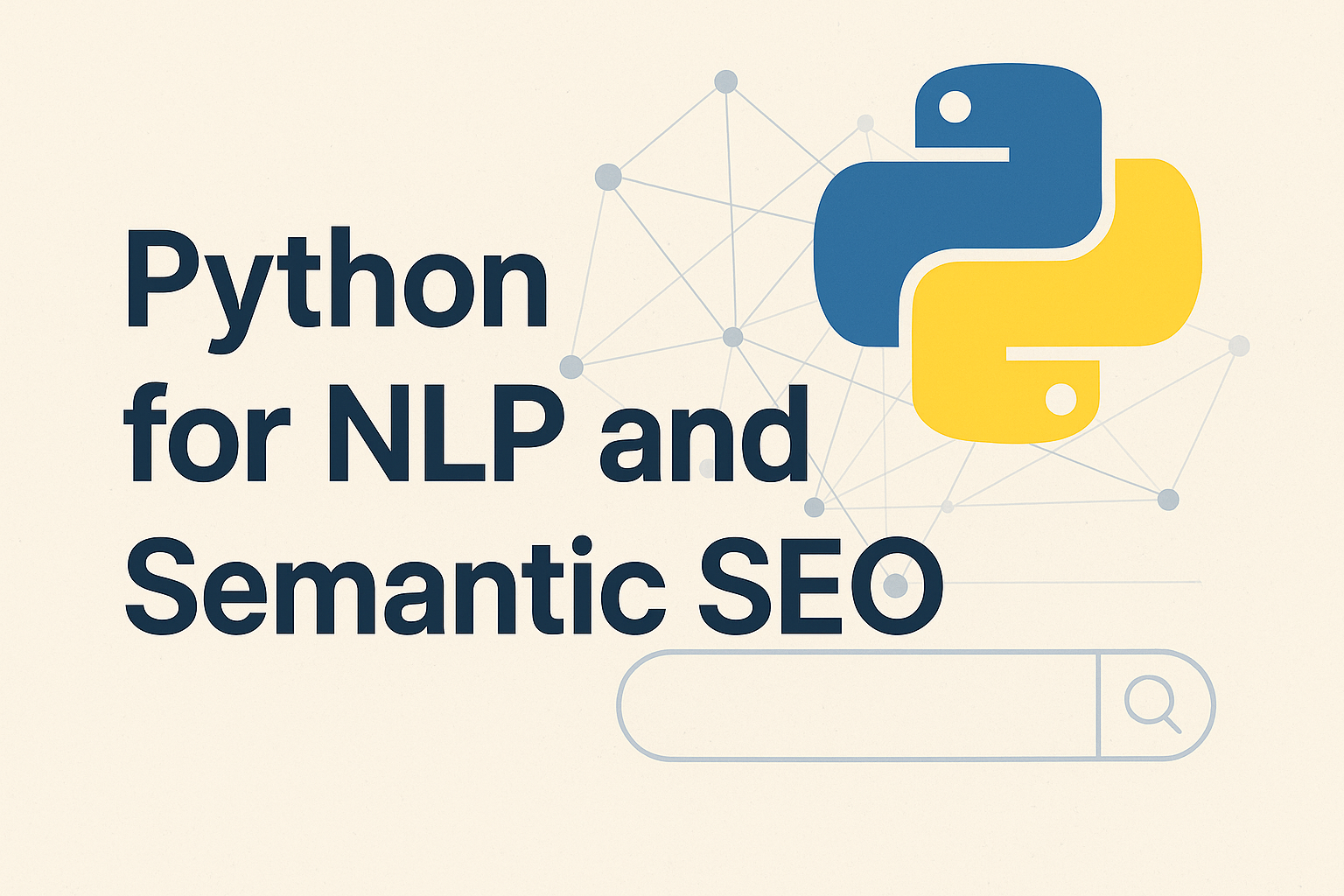
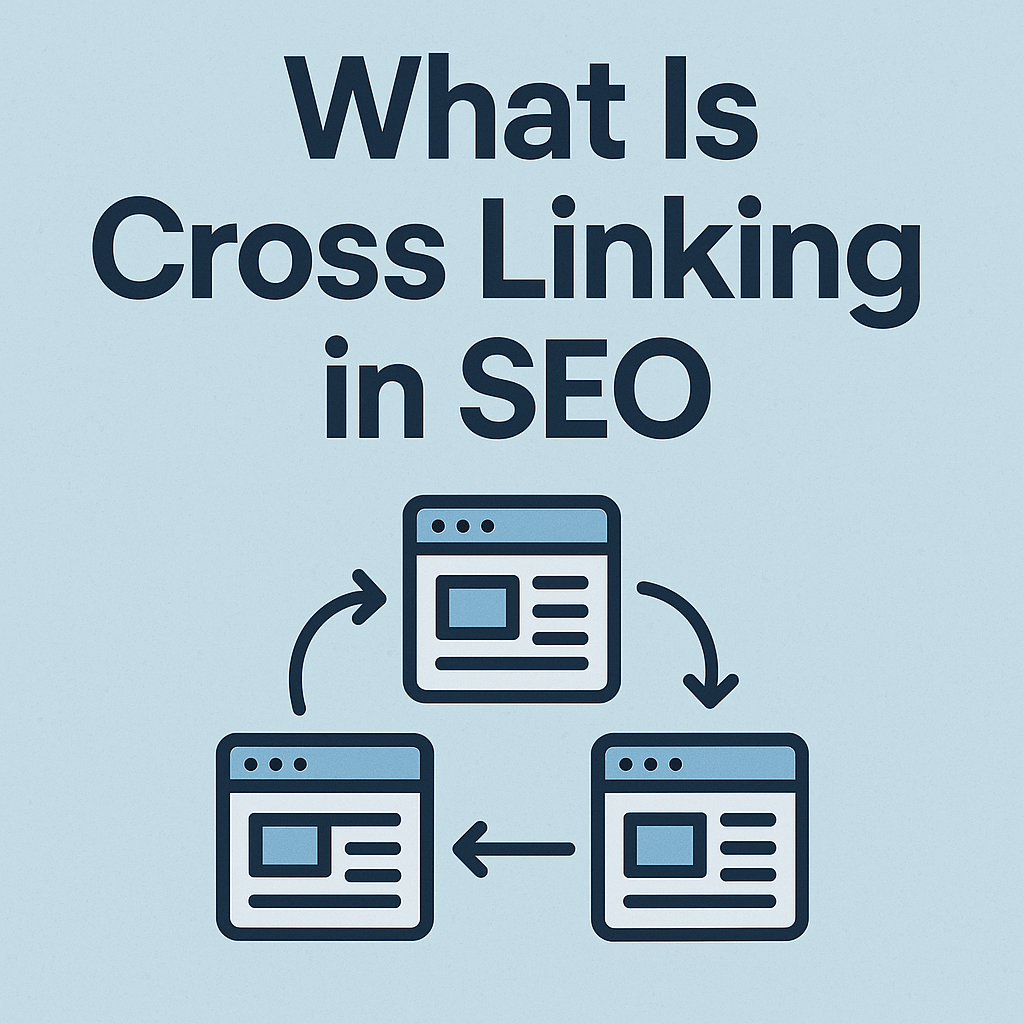

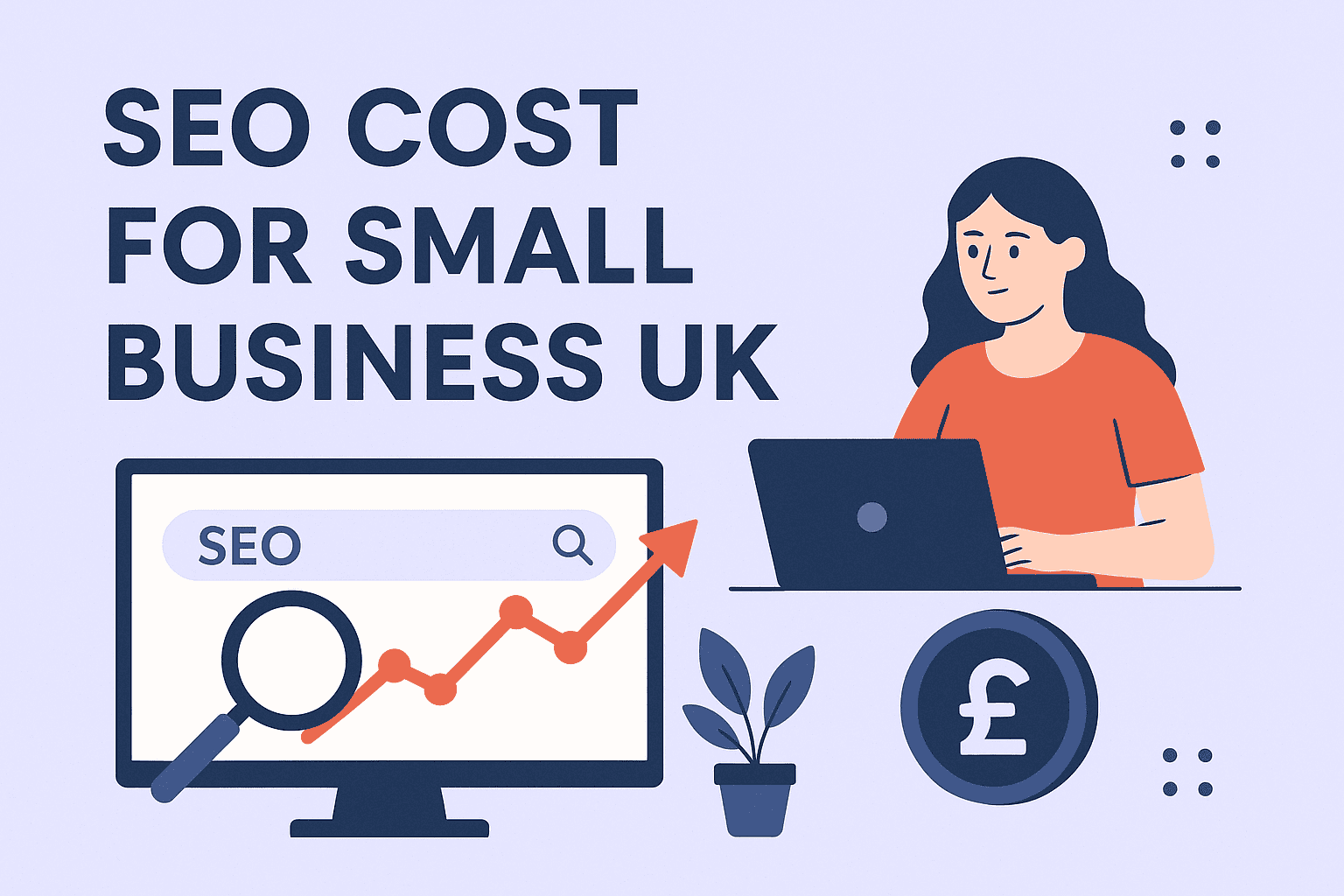

![How Many Outbound Links Per Blog [2025 Updated]](https://backlinkmanagement.io/wp-content/uploads/2025/06/How-Many-Outbound-Links-Per-Blog.png)
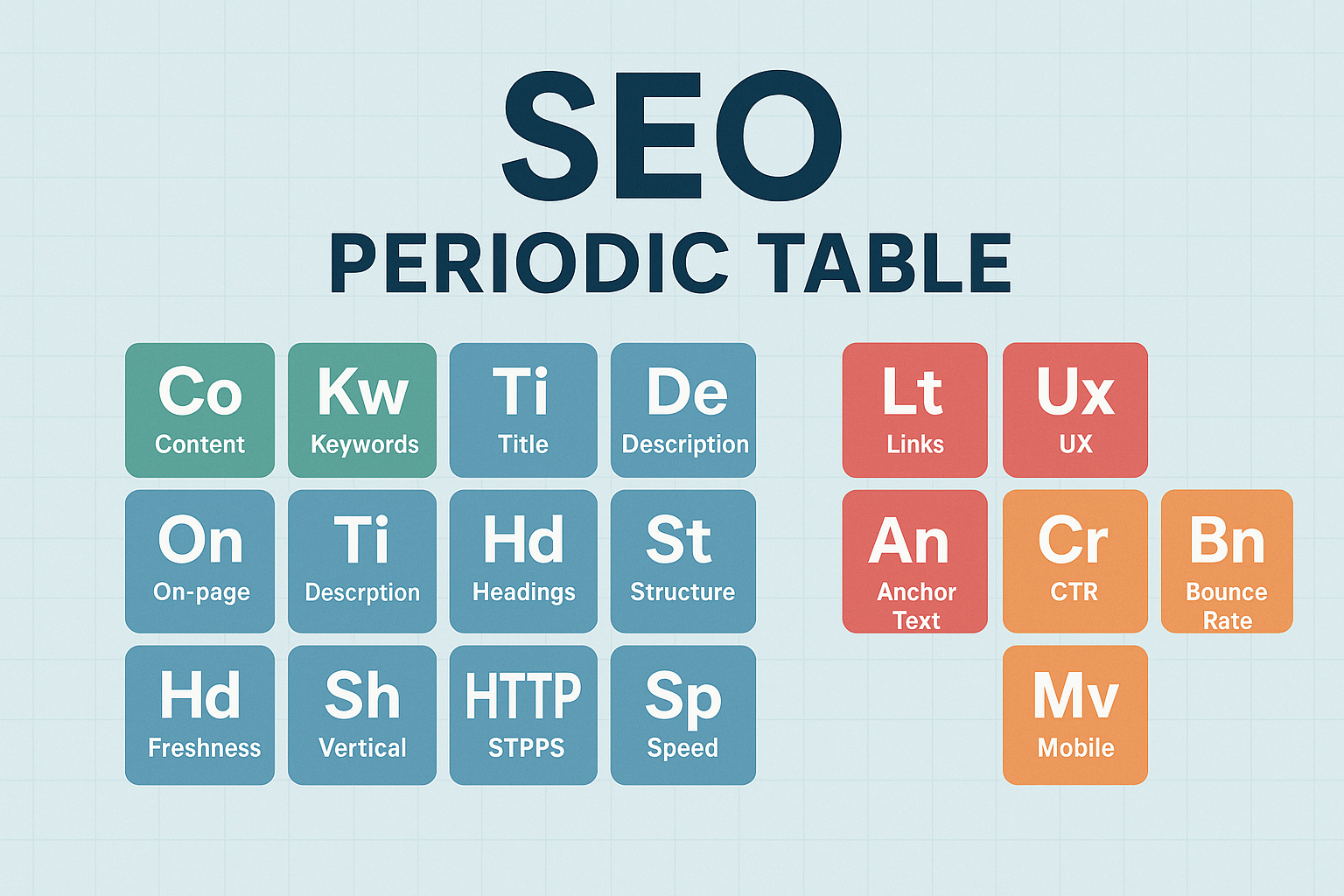
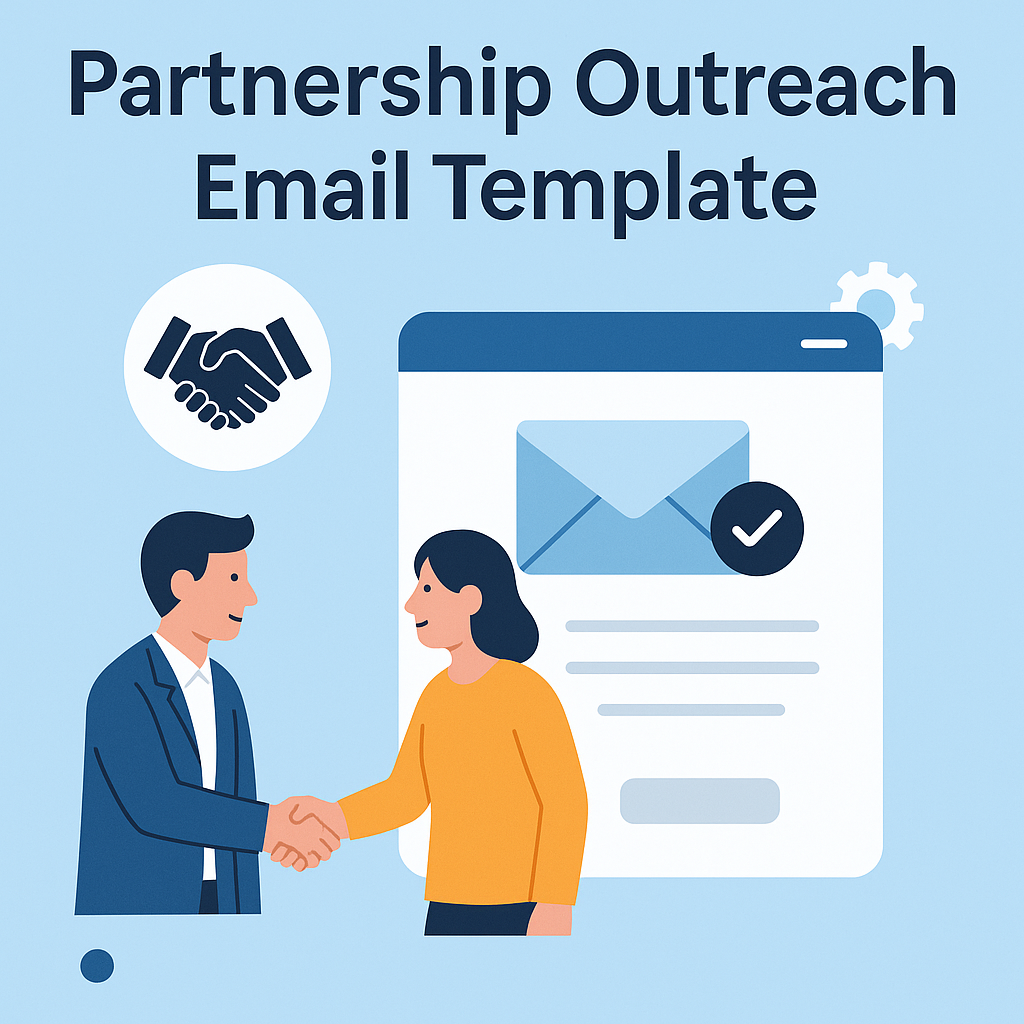
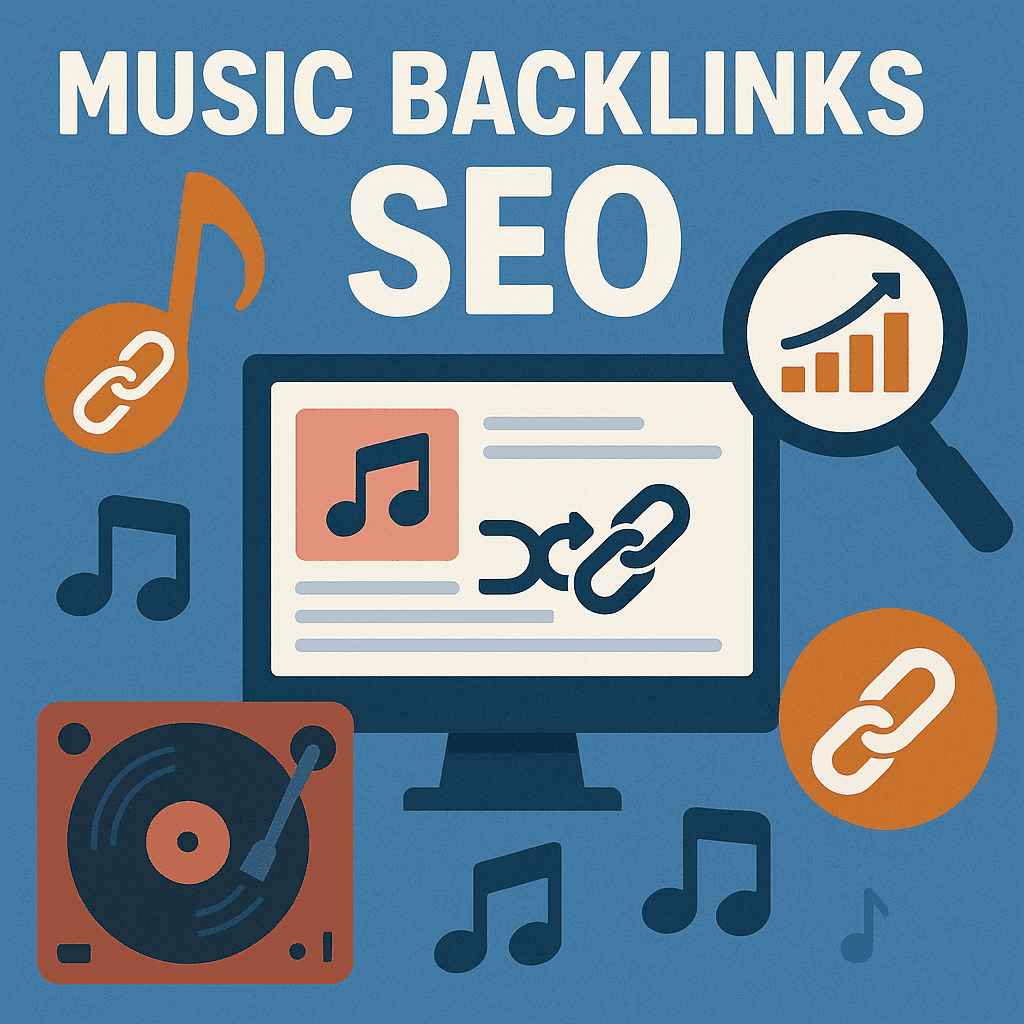
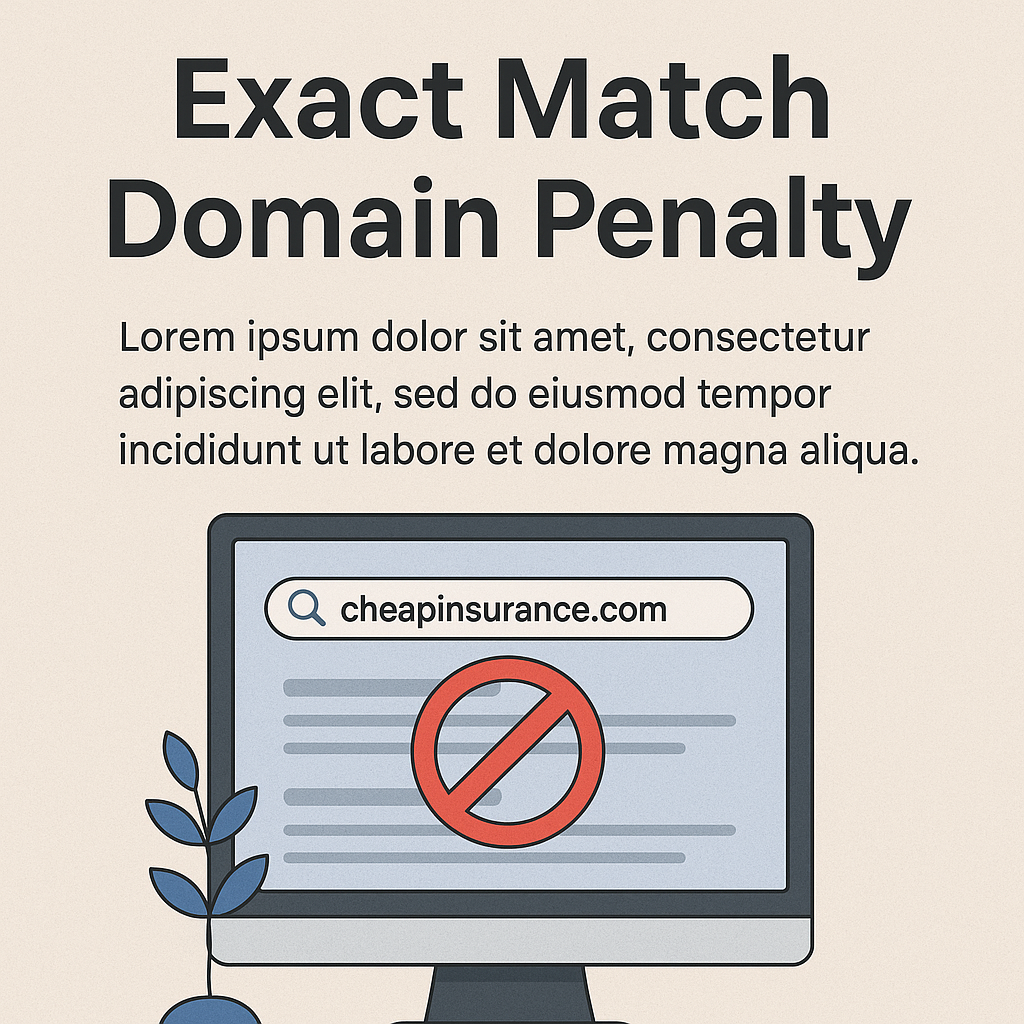
![B2B and B2C Website Examples [2025 Updated]](https://backlinkmanagement.io/wp-content/uploads/2025/05/B2B-and-B2C-Website-Example-.png)
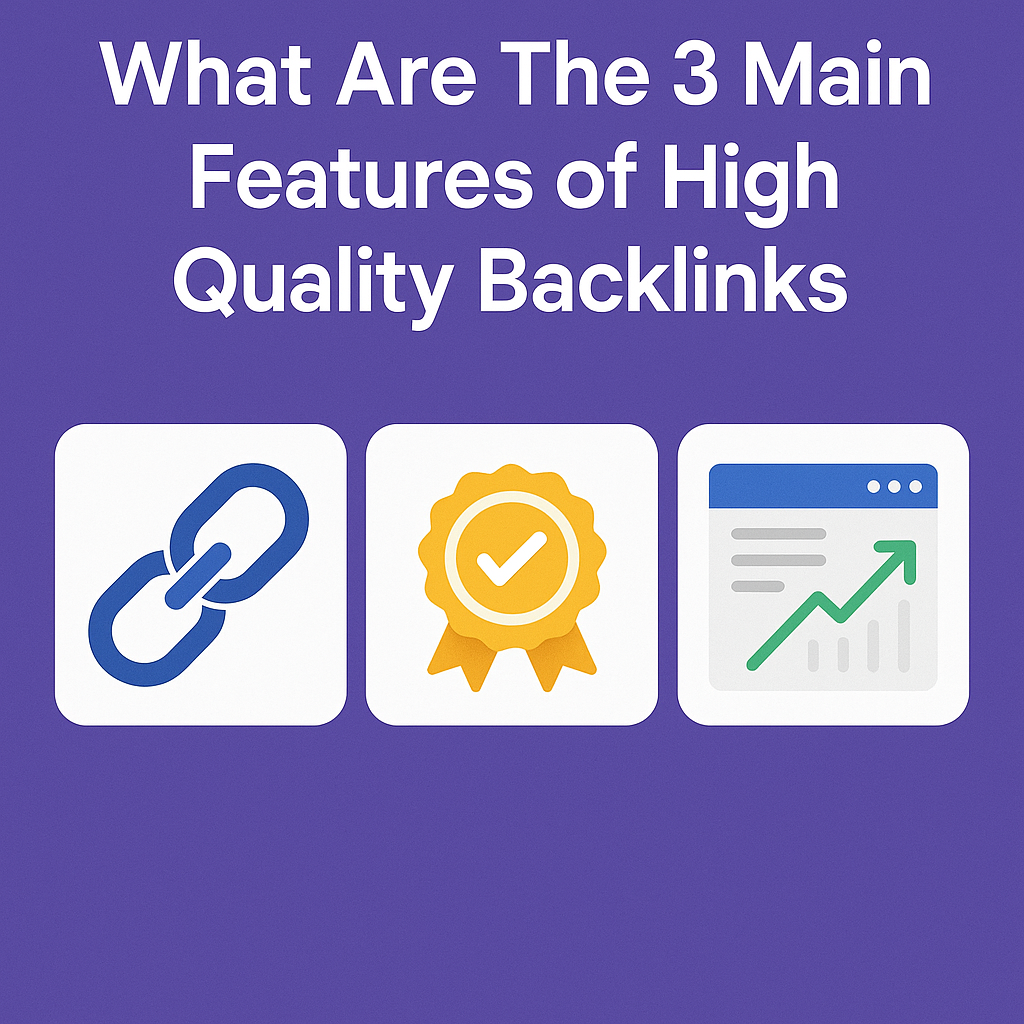
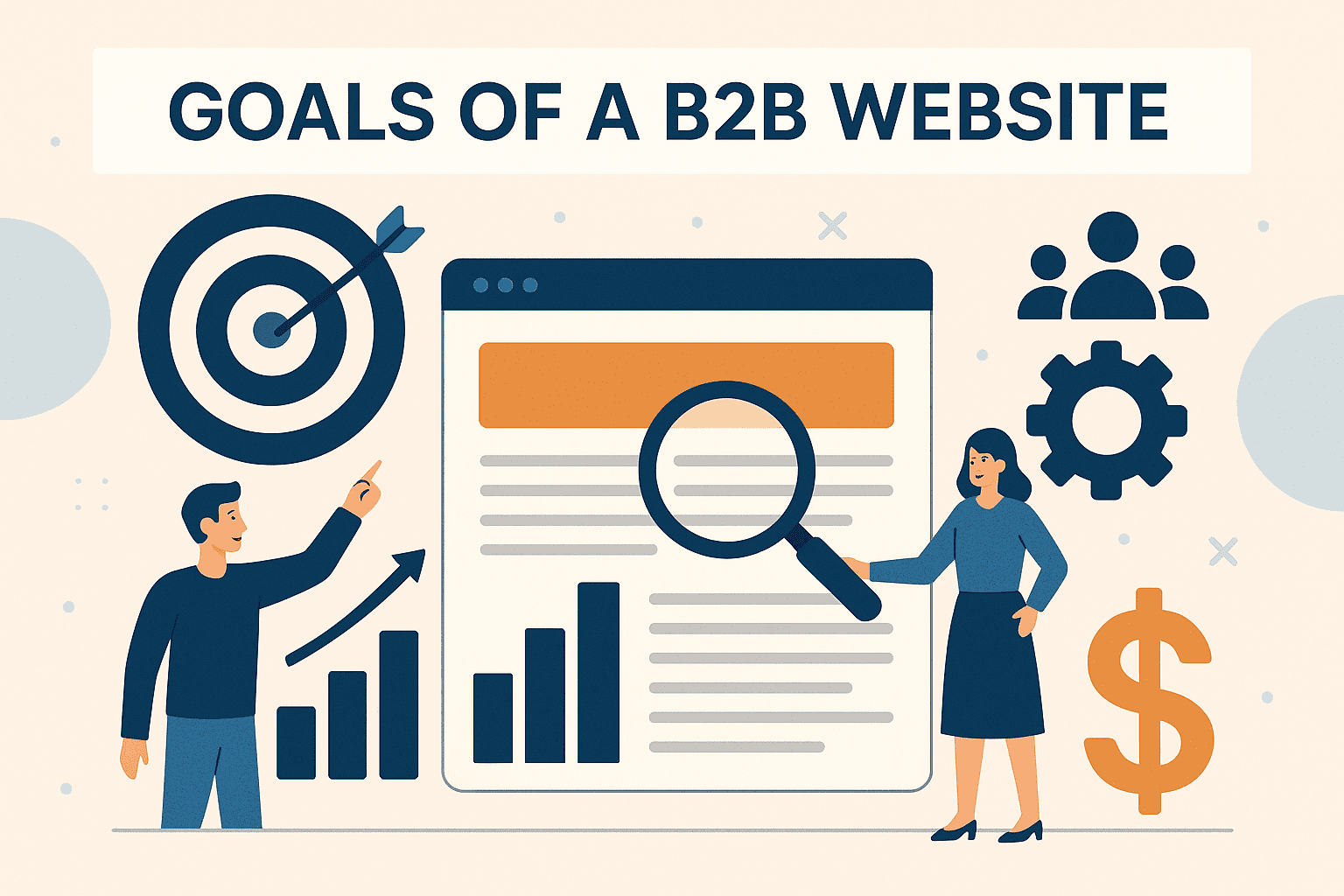

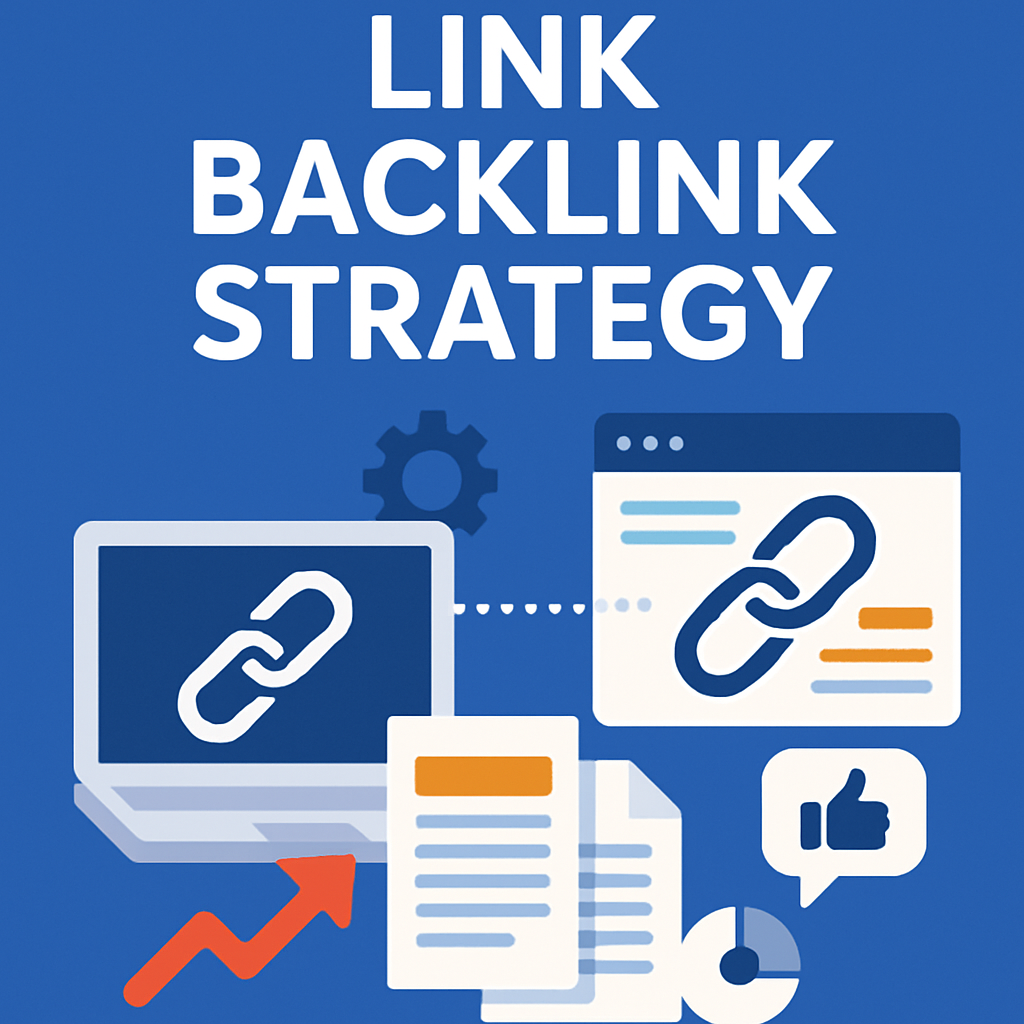
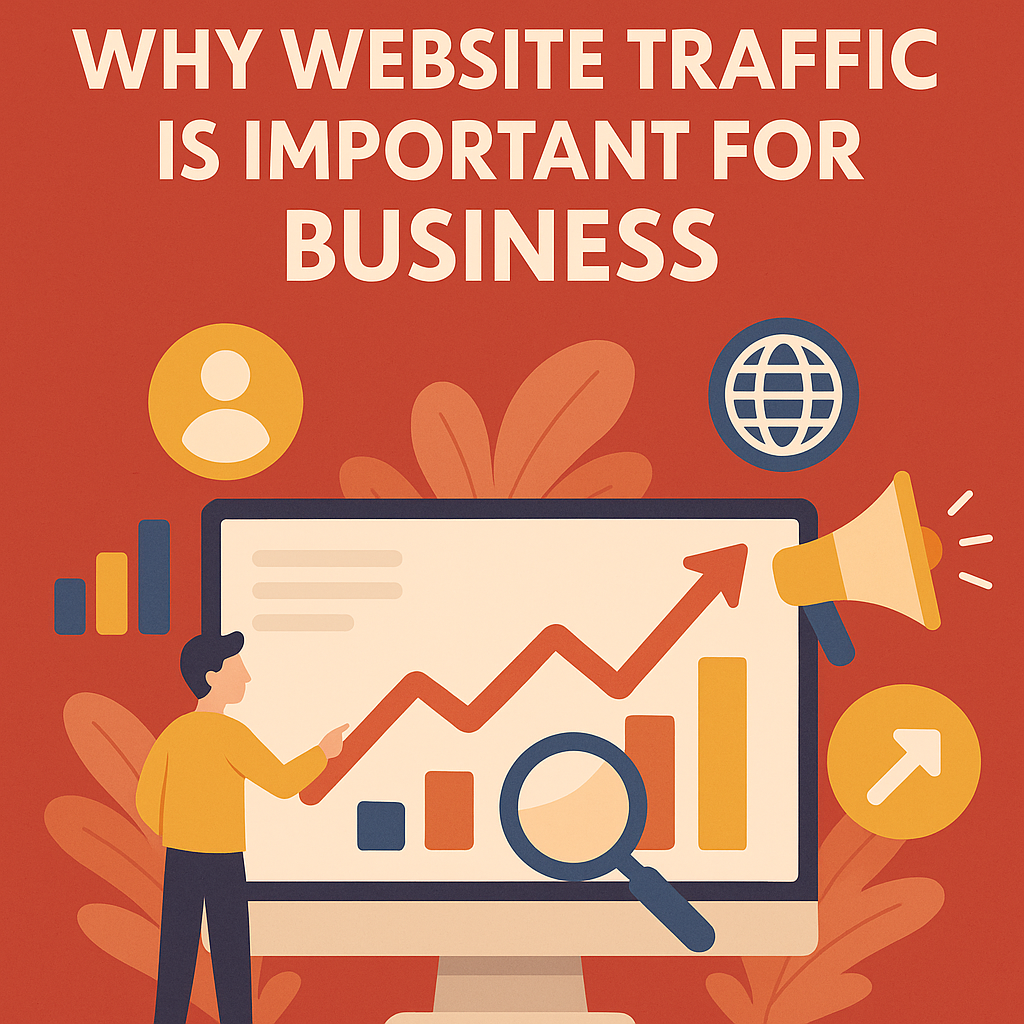
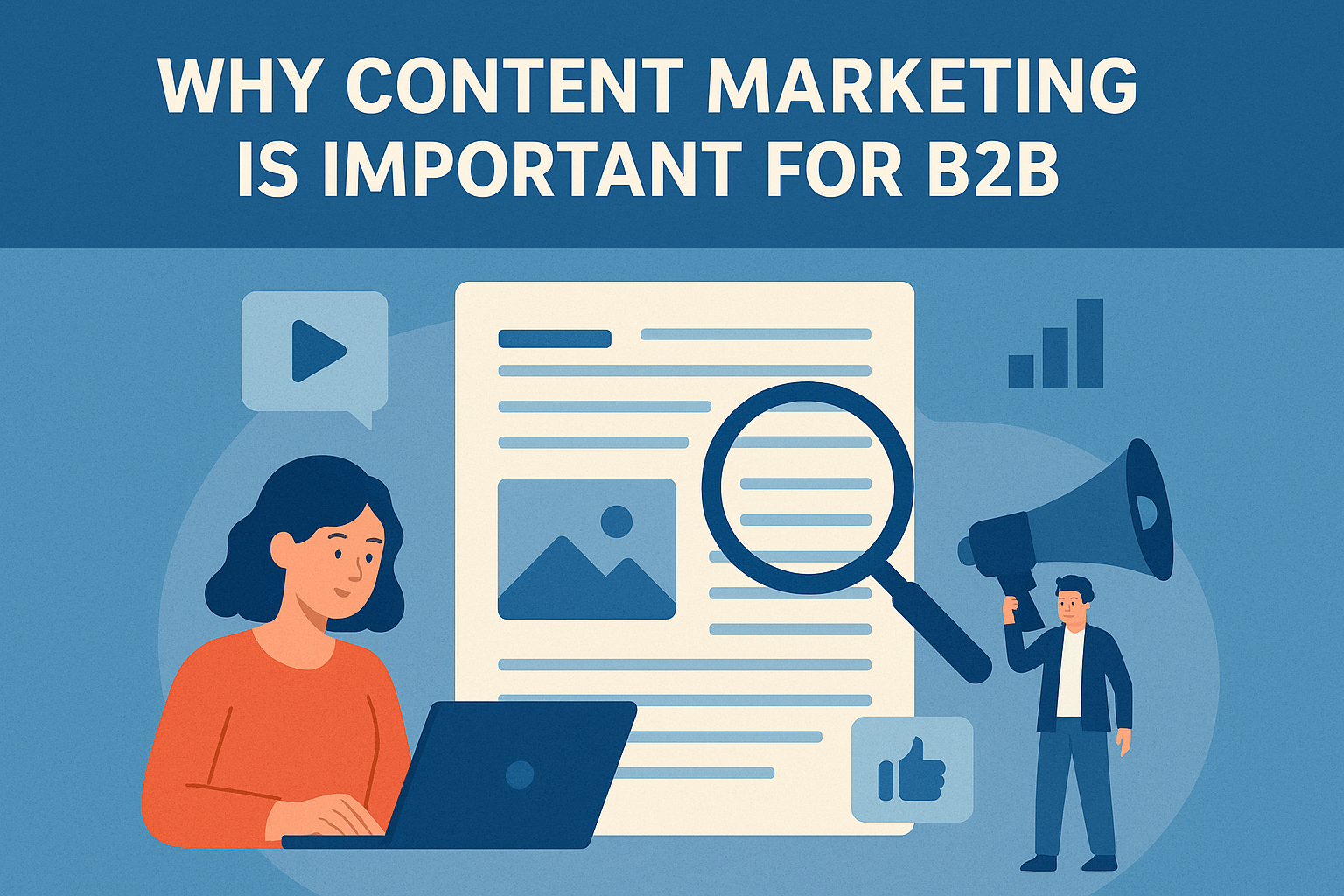
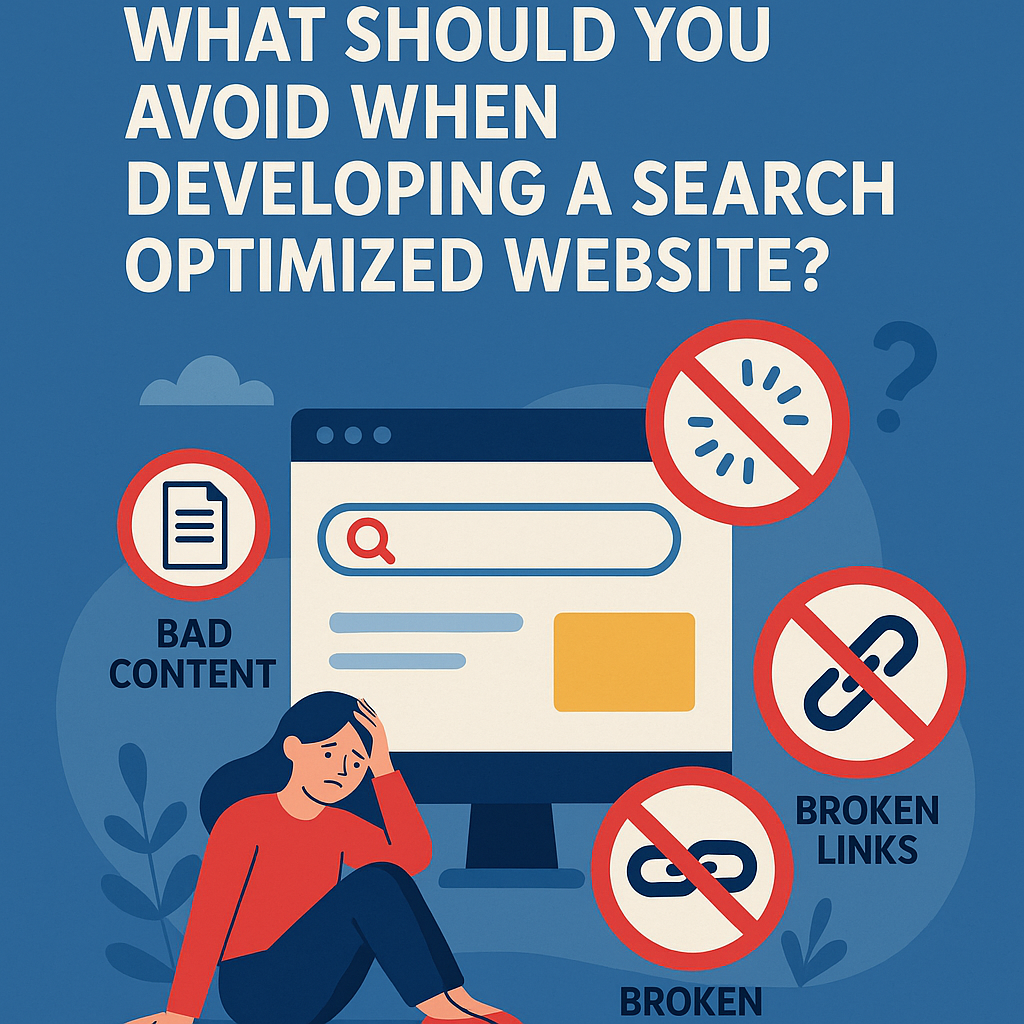

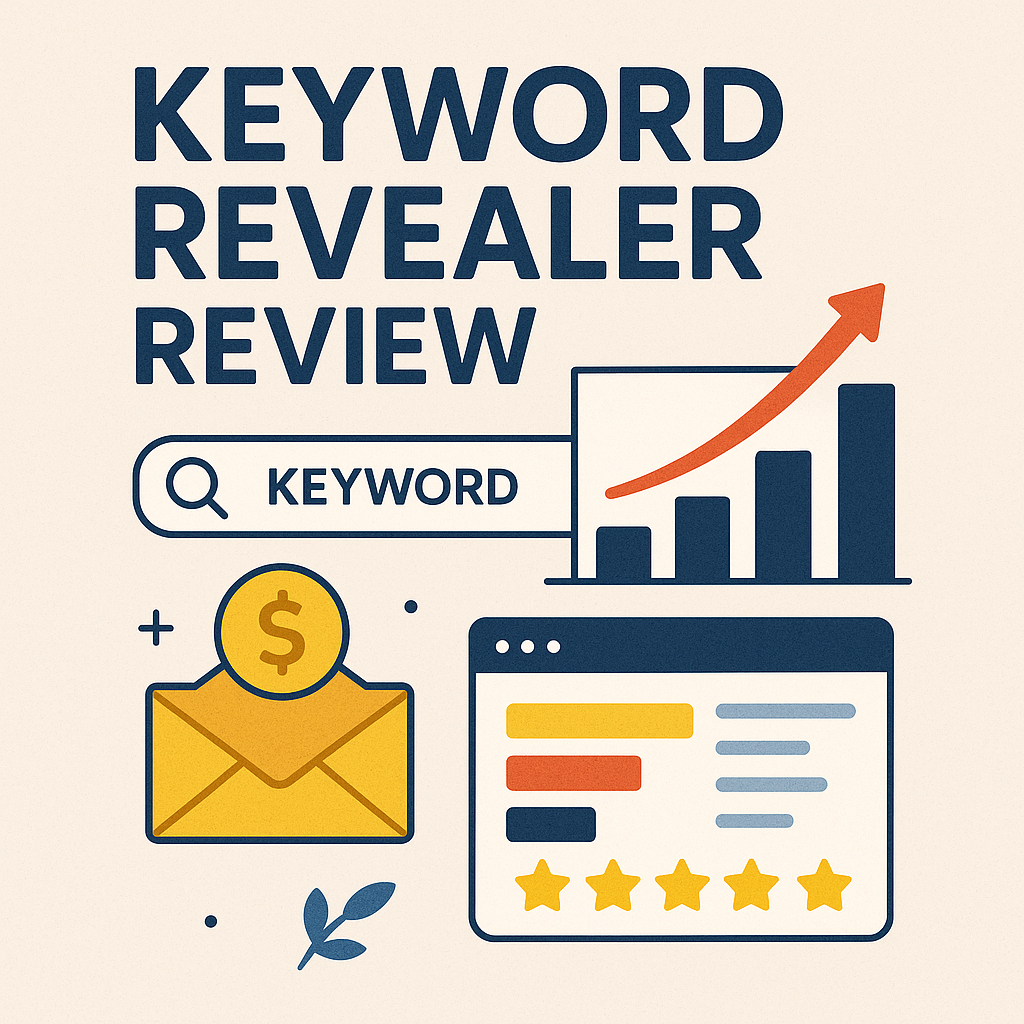
![What To Do After Keyword Research [2025 Guide]](https://backlinkmanagement.io/wp-content/uploads/2025/05/What-To-Do-After-Keyword-Research.png)
![Is Page Speed Really A Ranking Factor? [2025]](https://backlinkmanagement.io/wp-content/uploads/2025/05/Is-Page-Speed-Really-A-Ranking-Factor.png)
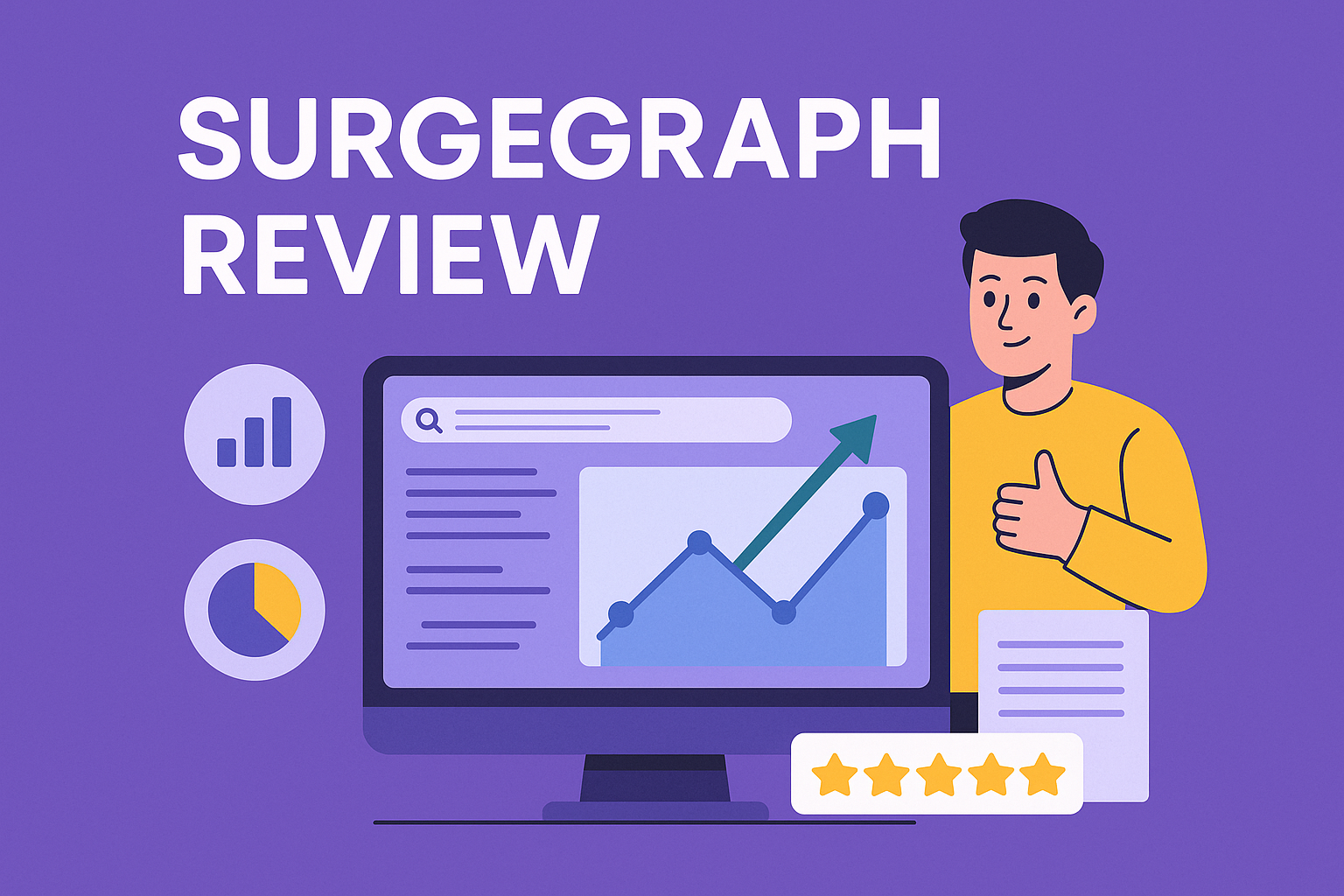
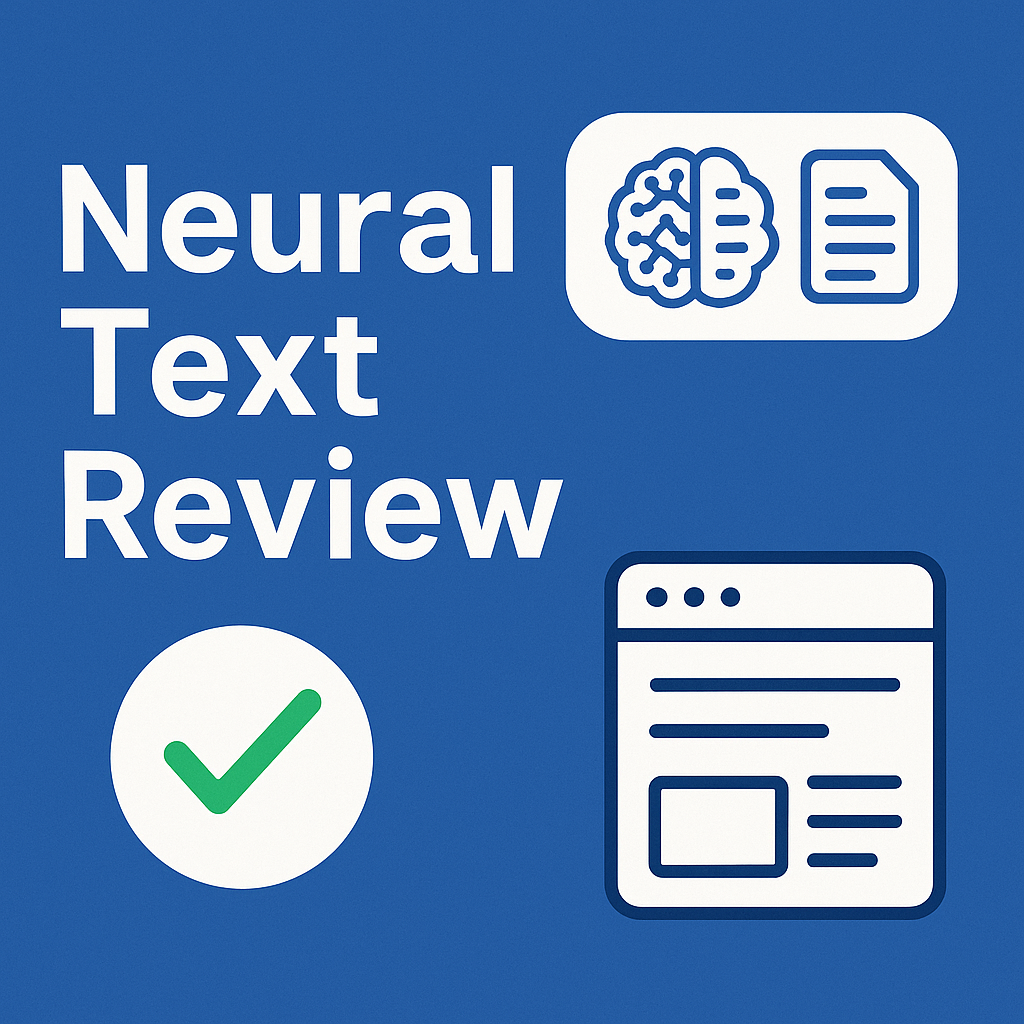
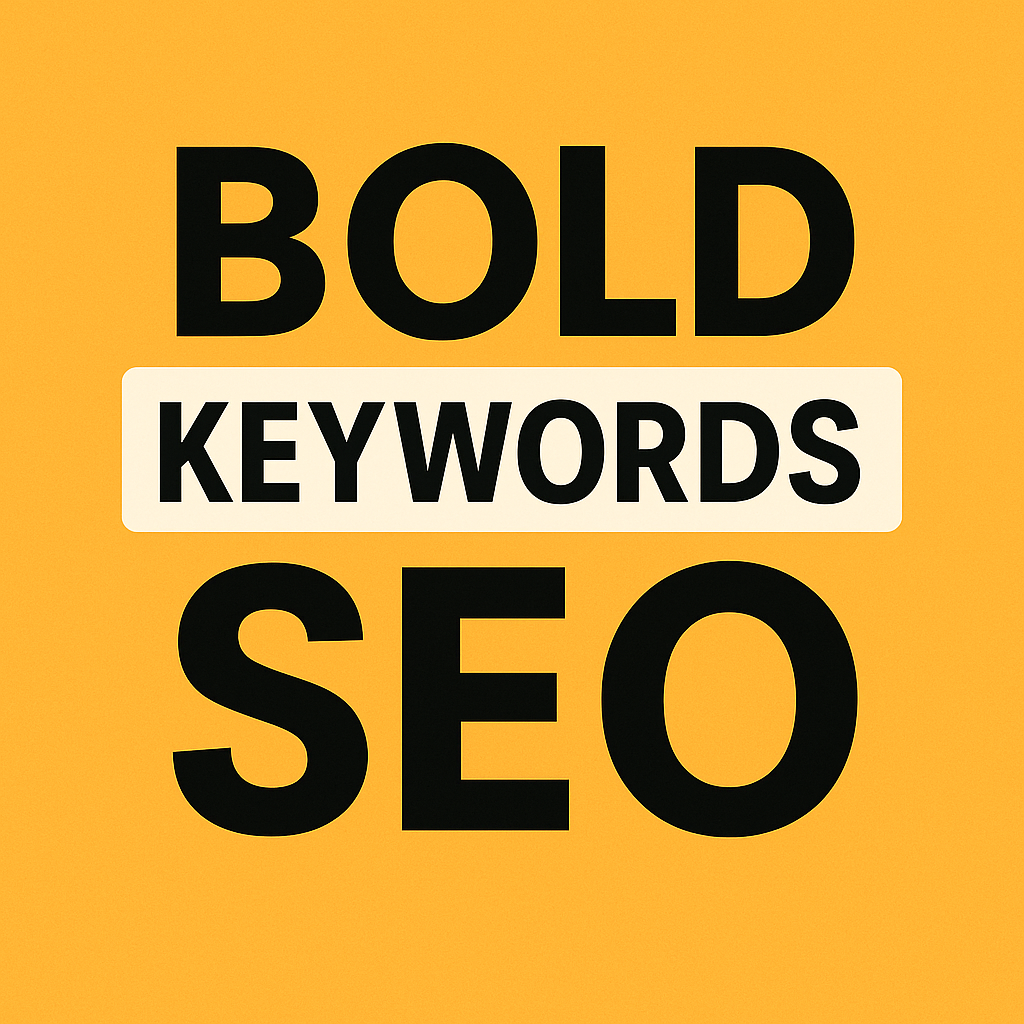
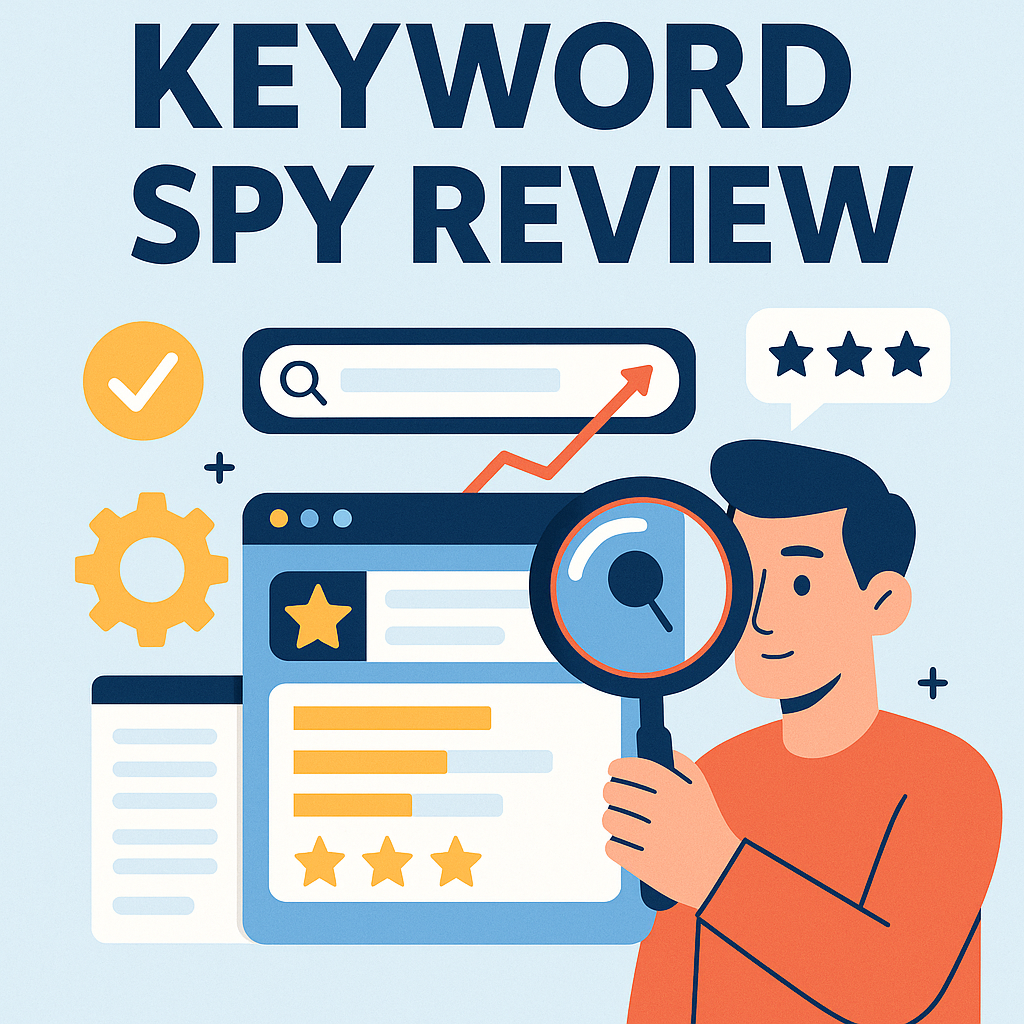




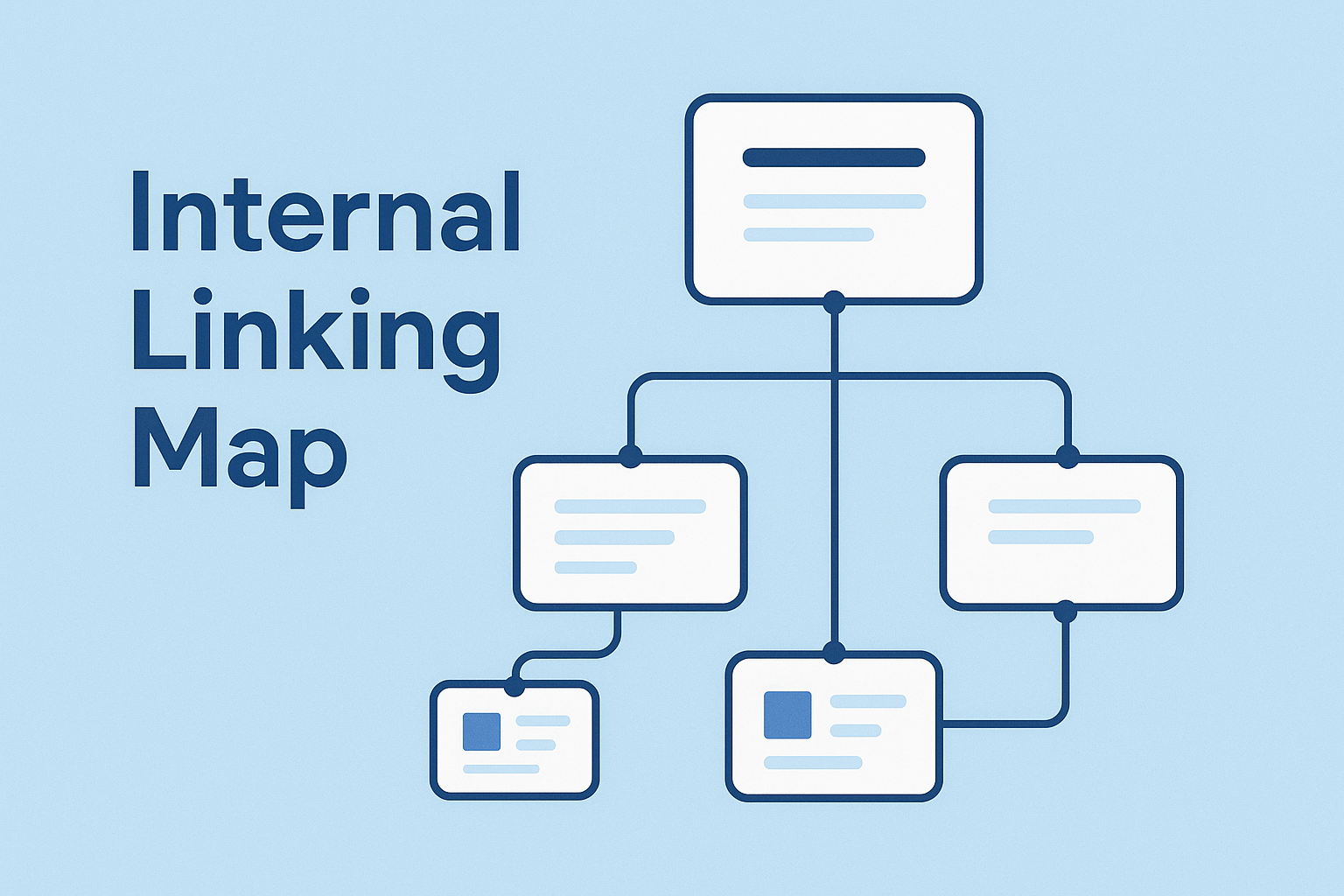

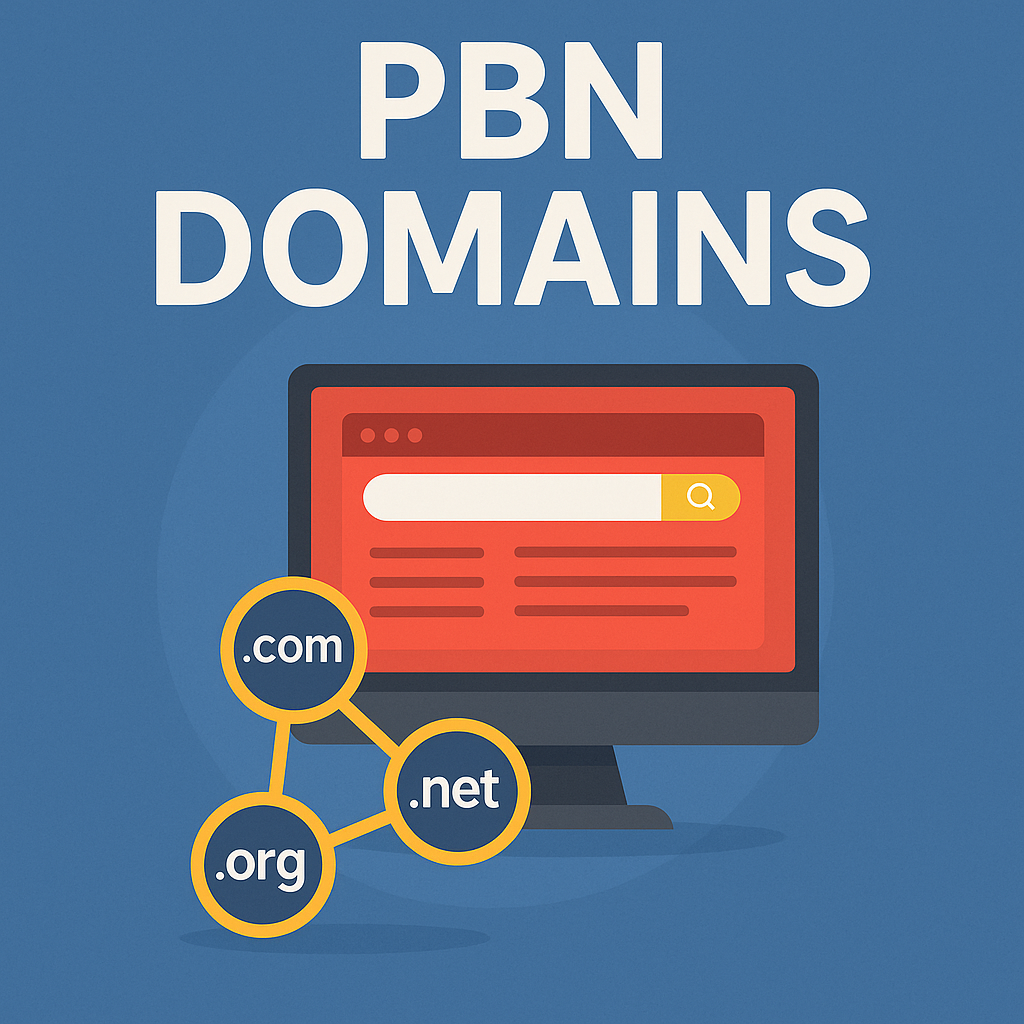
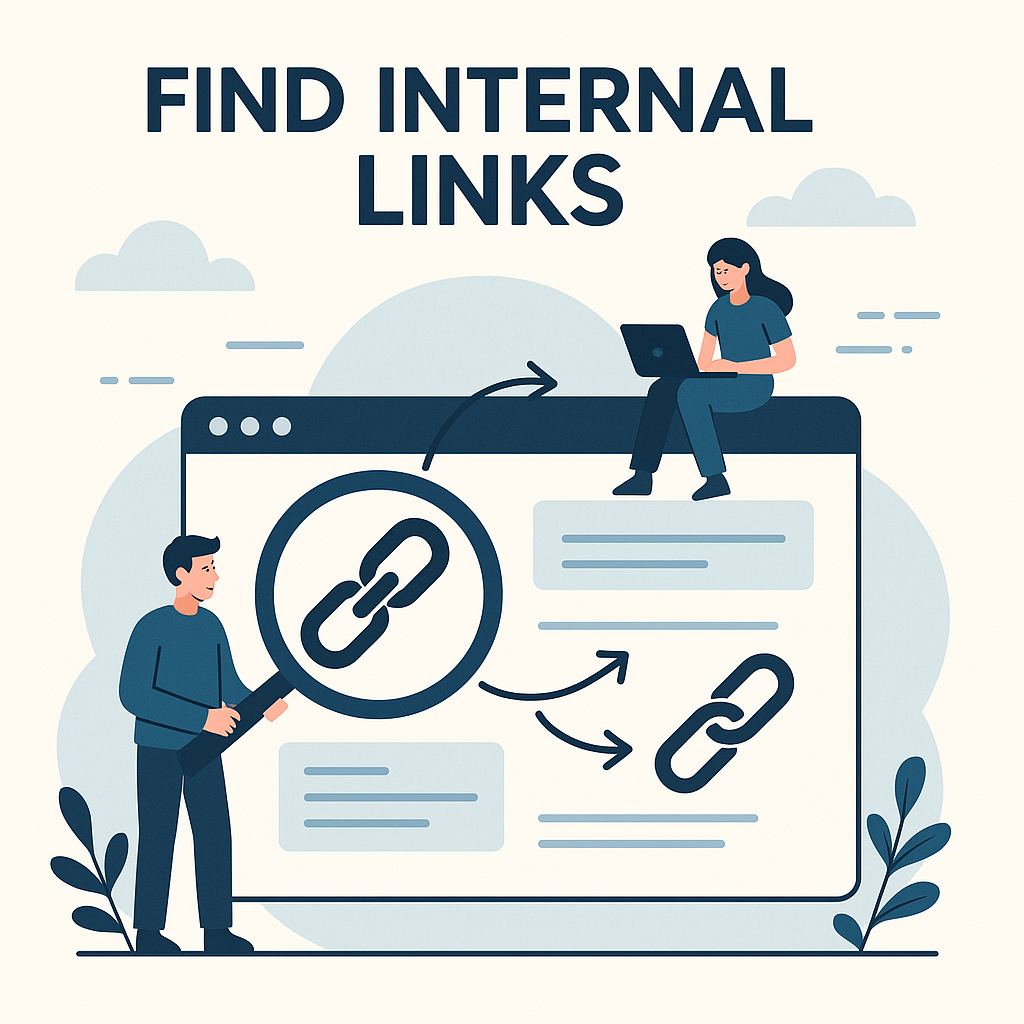
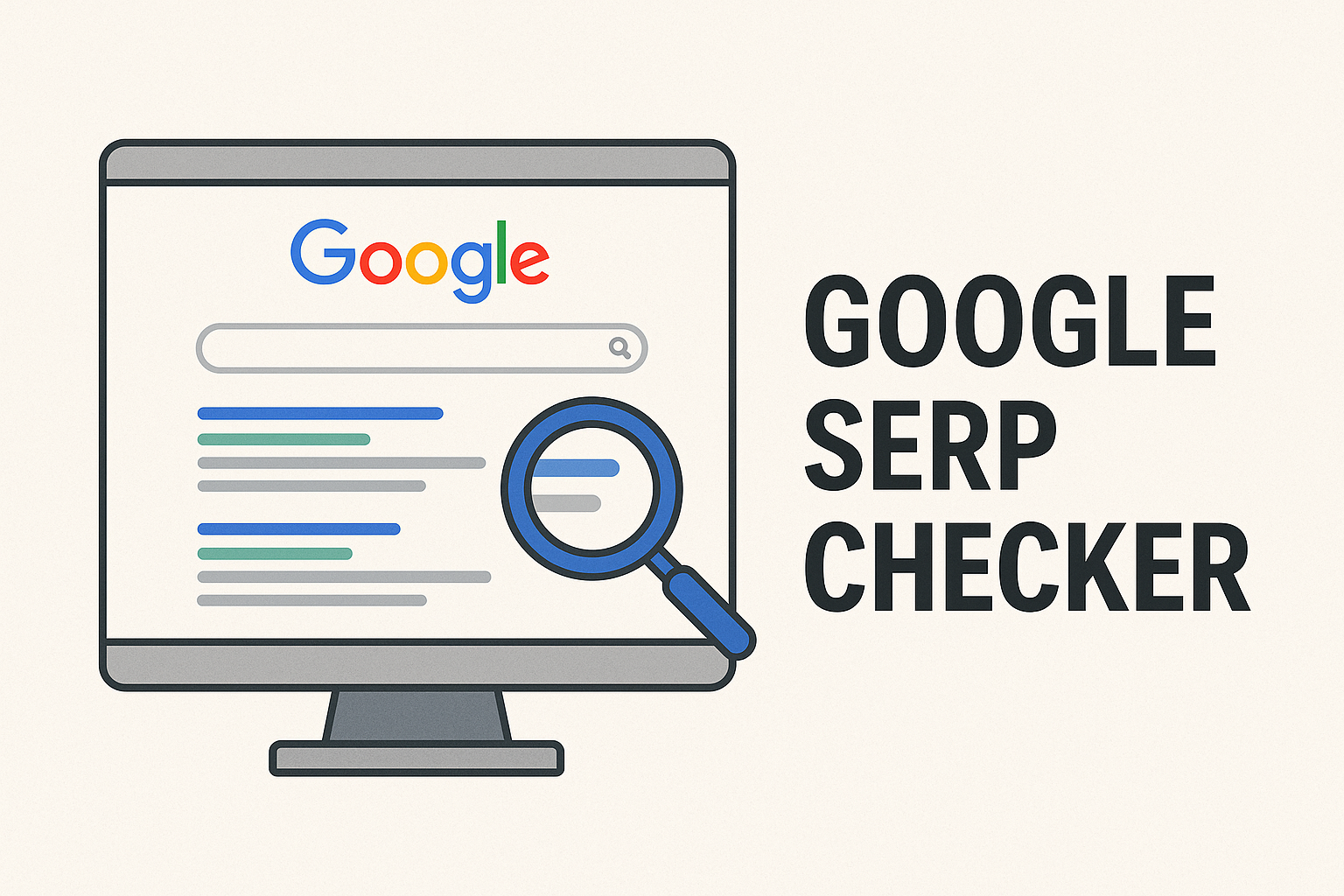
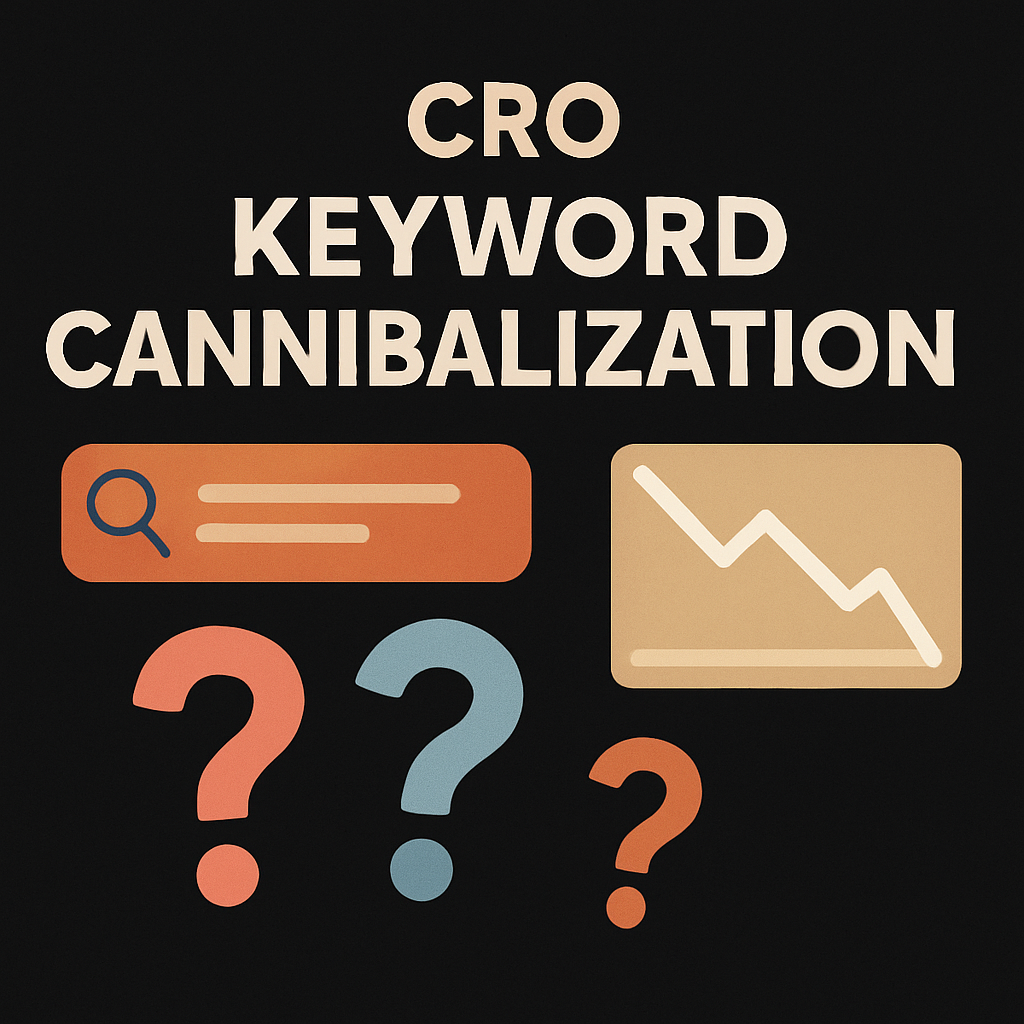
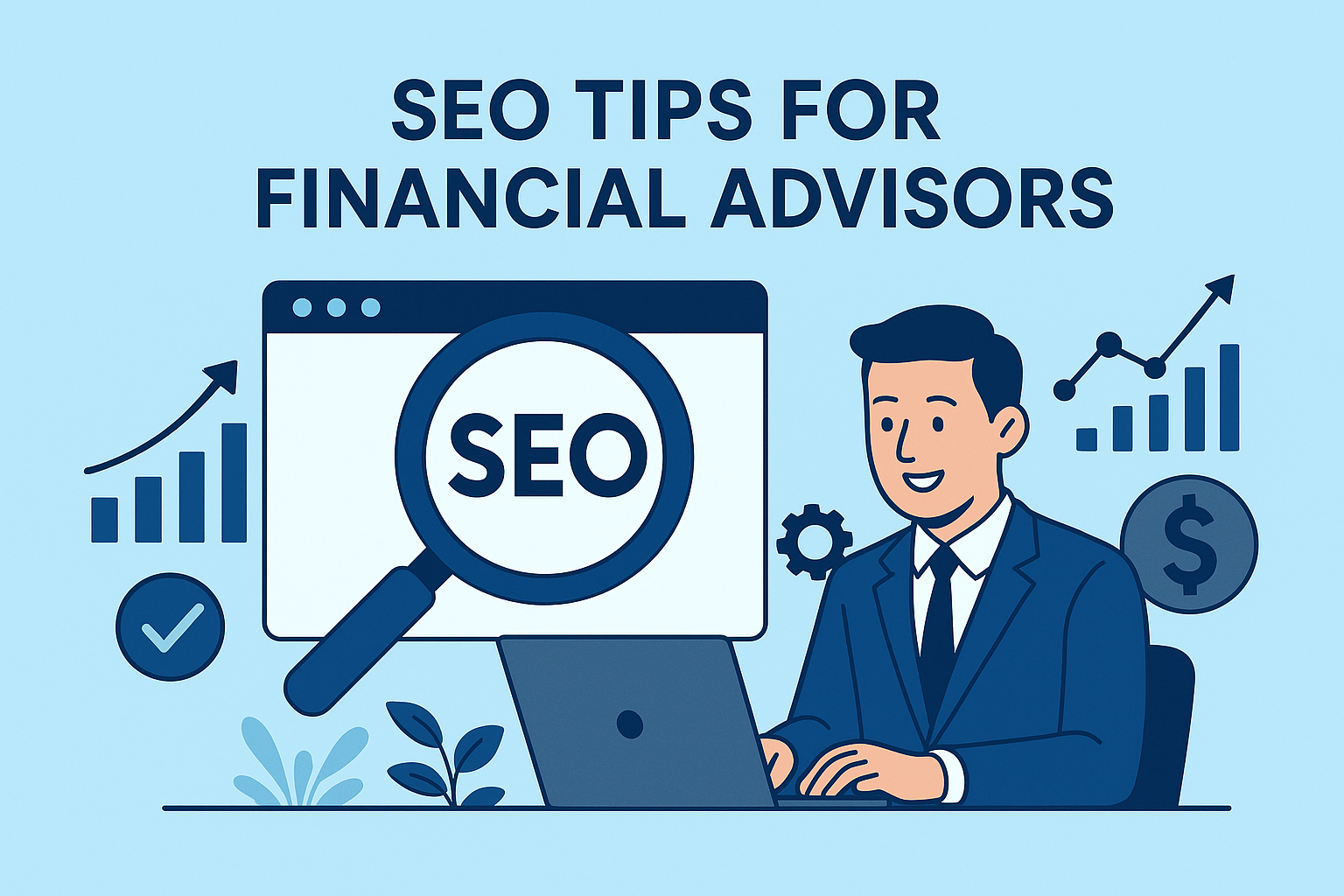





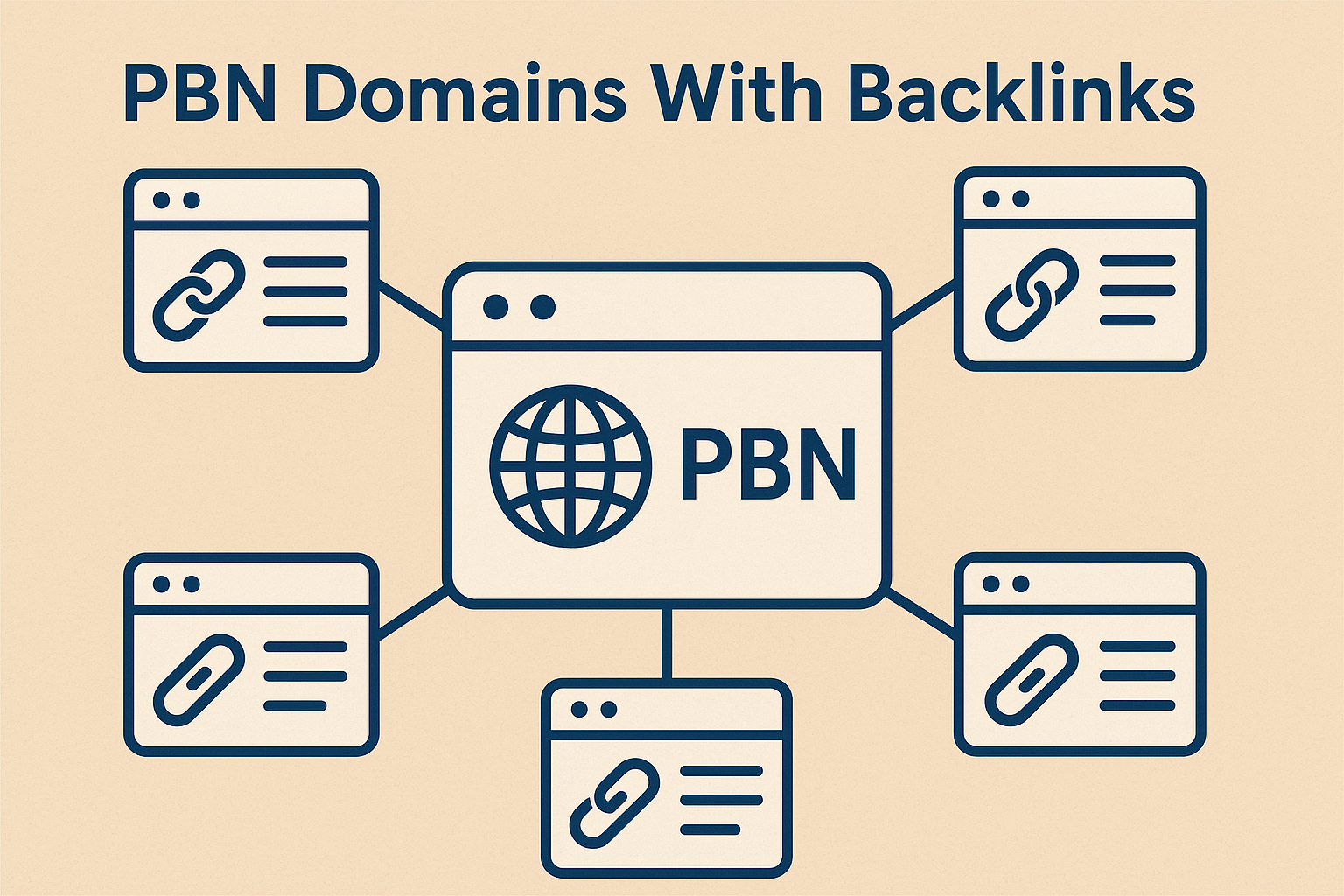
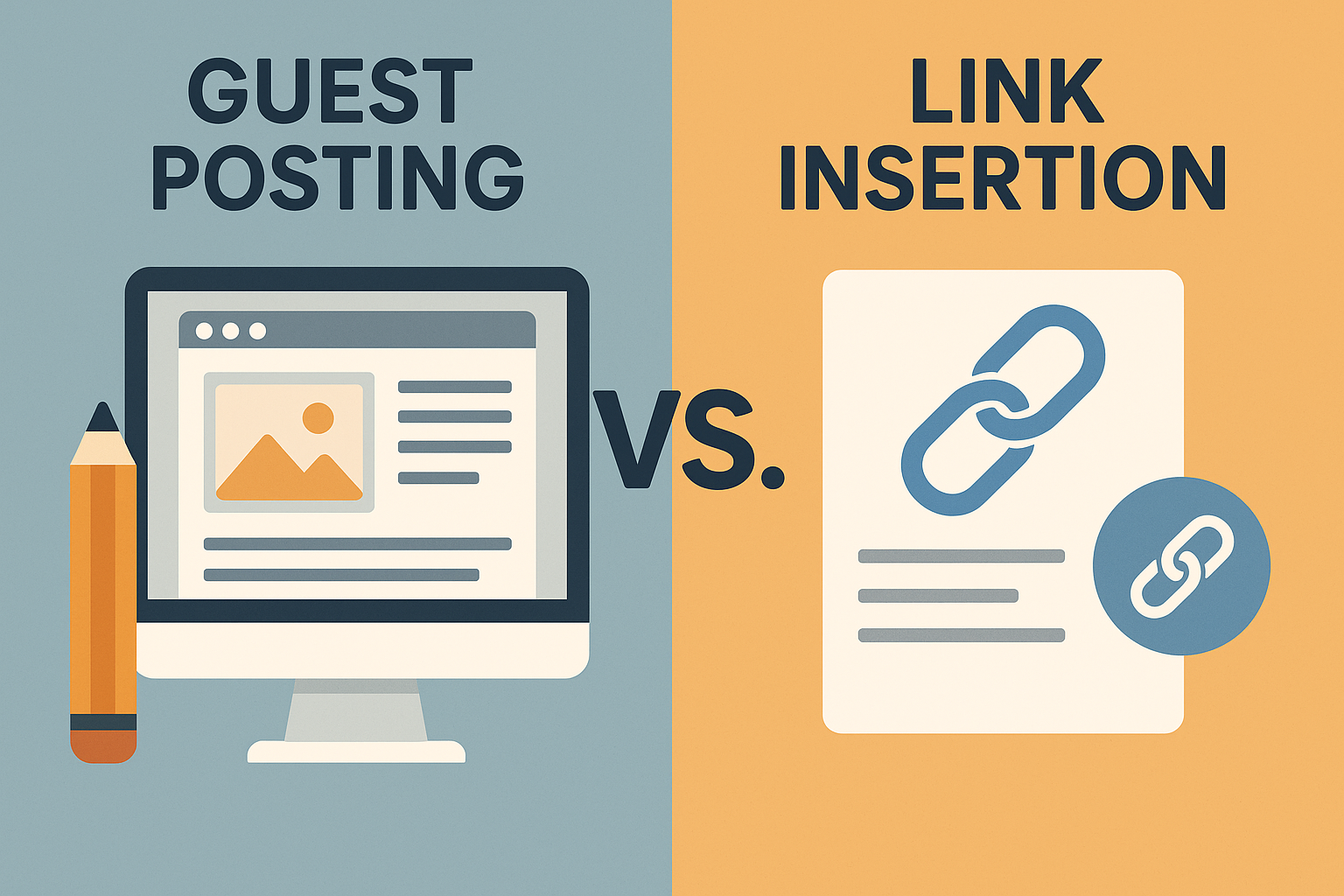
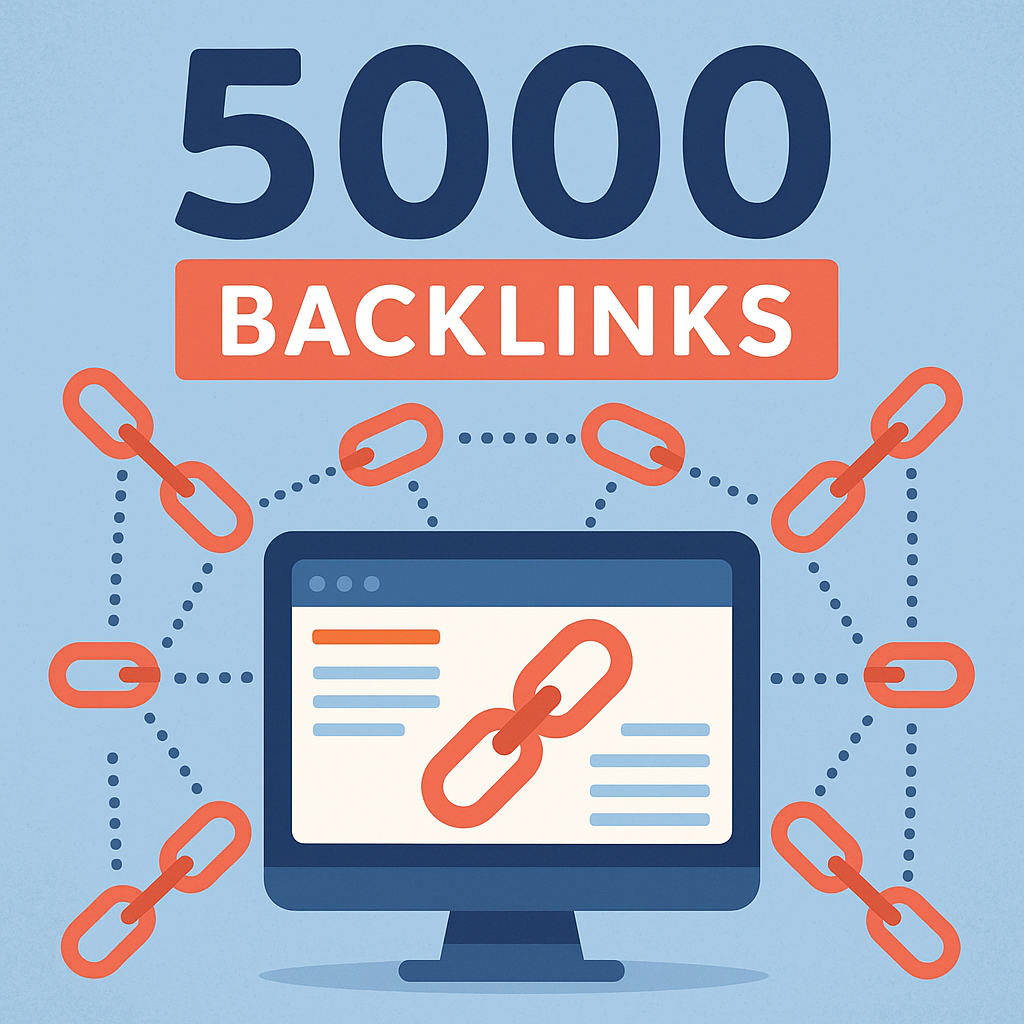
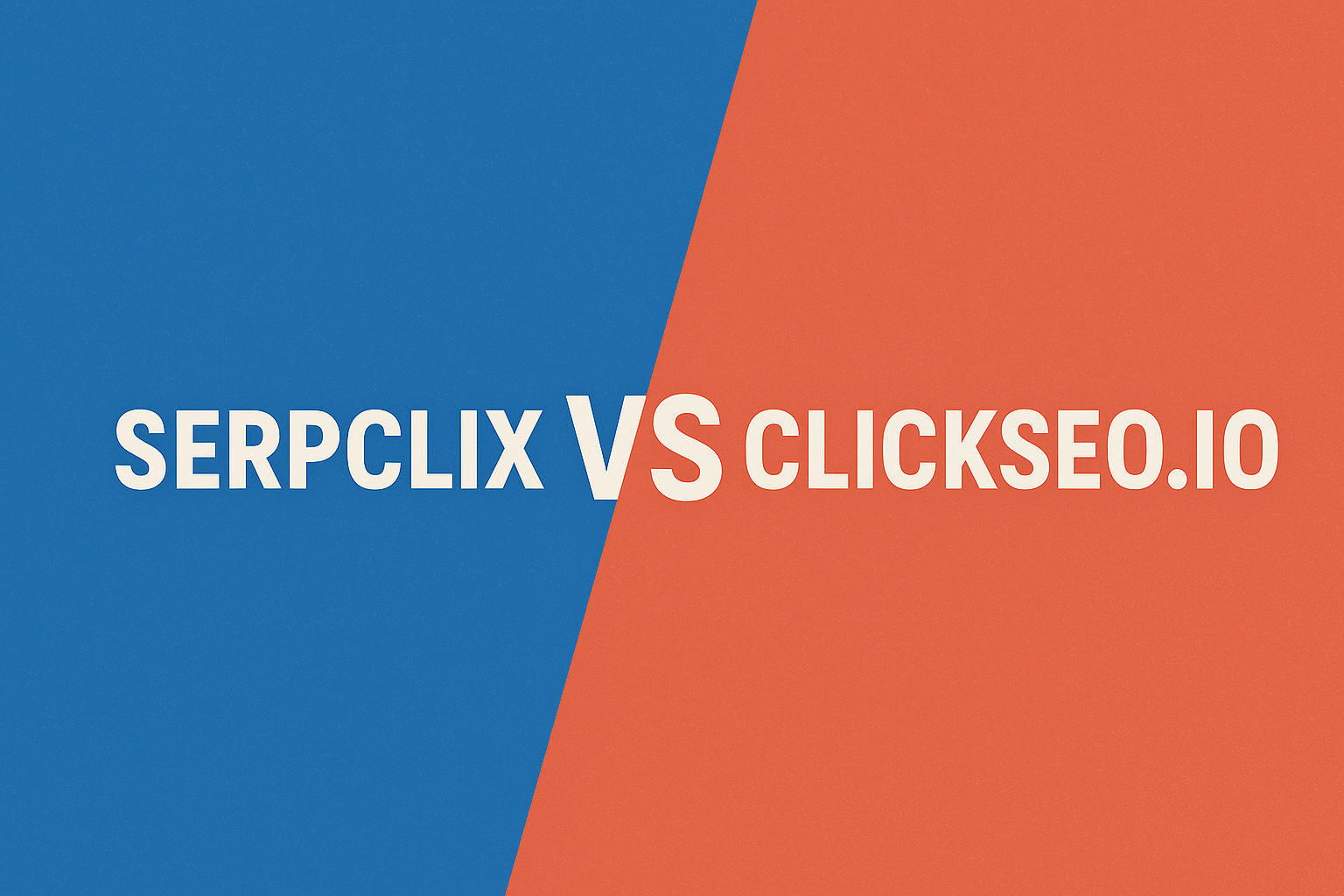

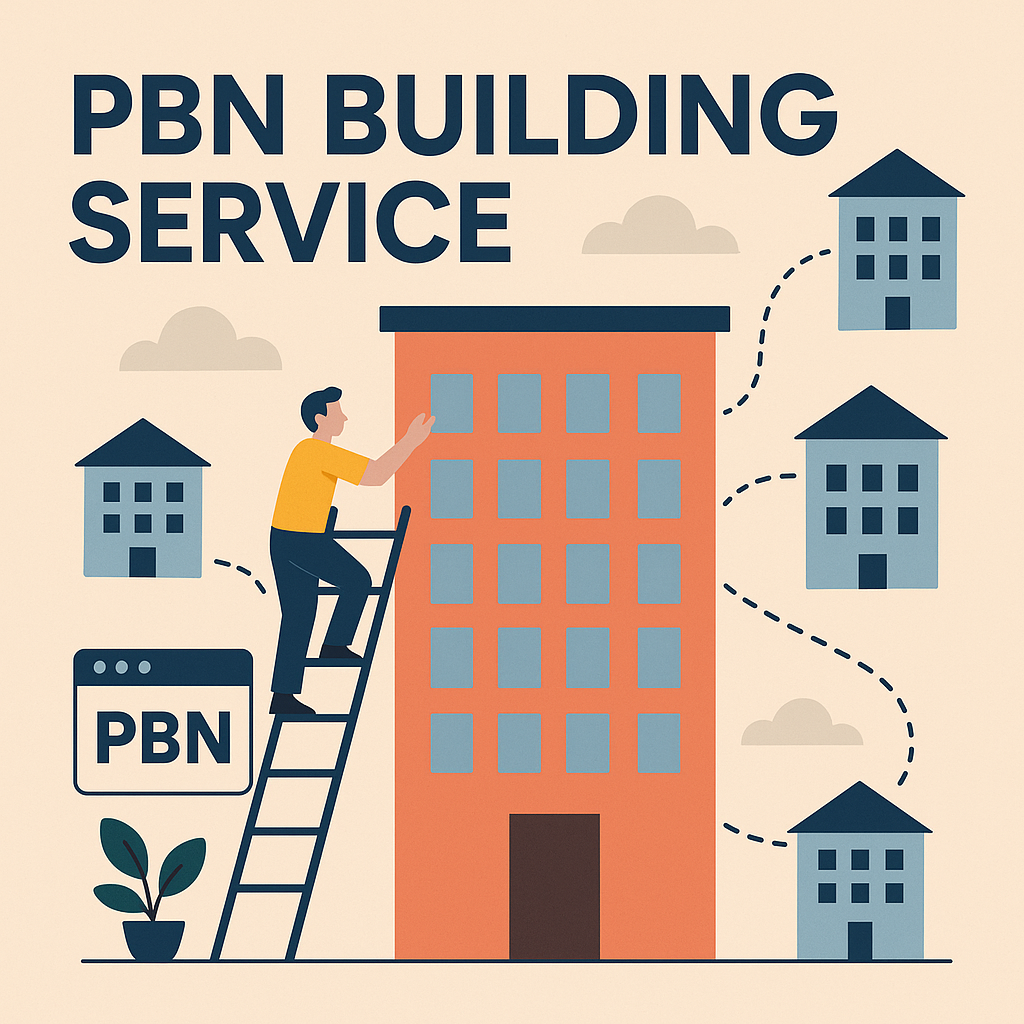
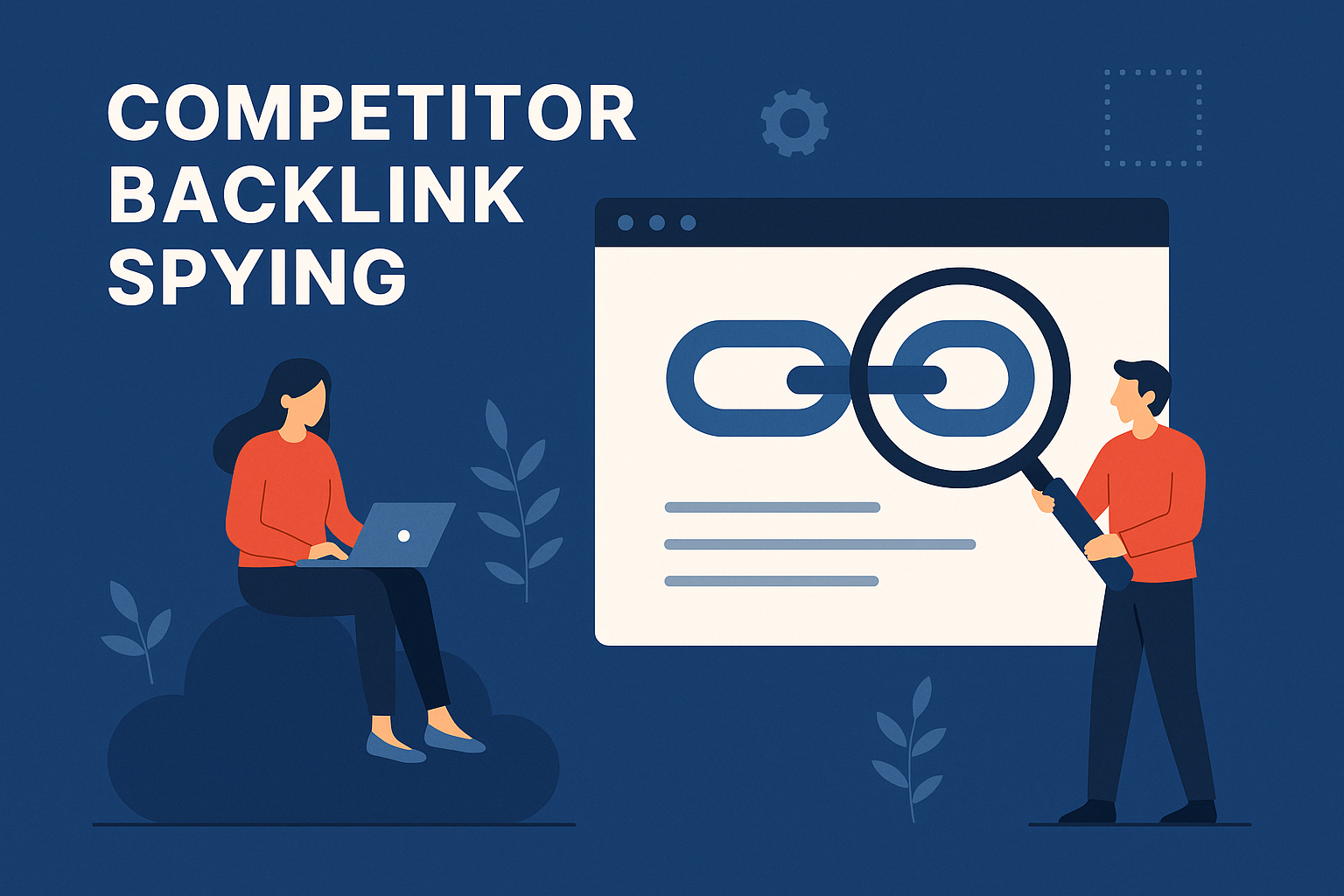

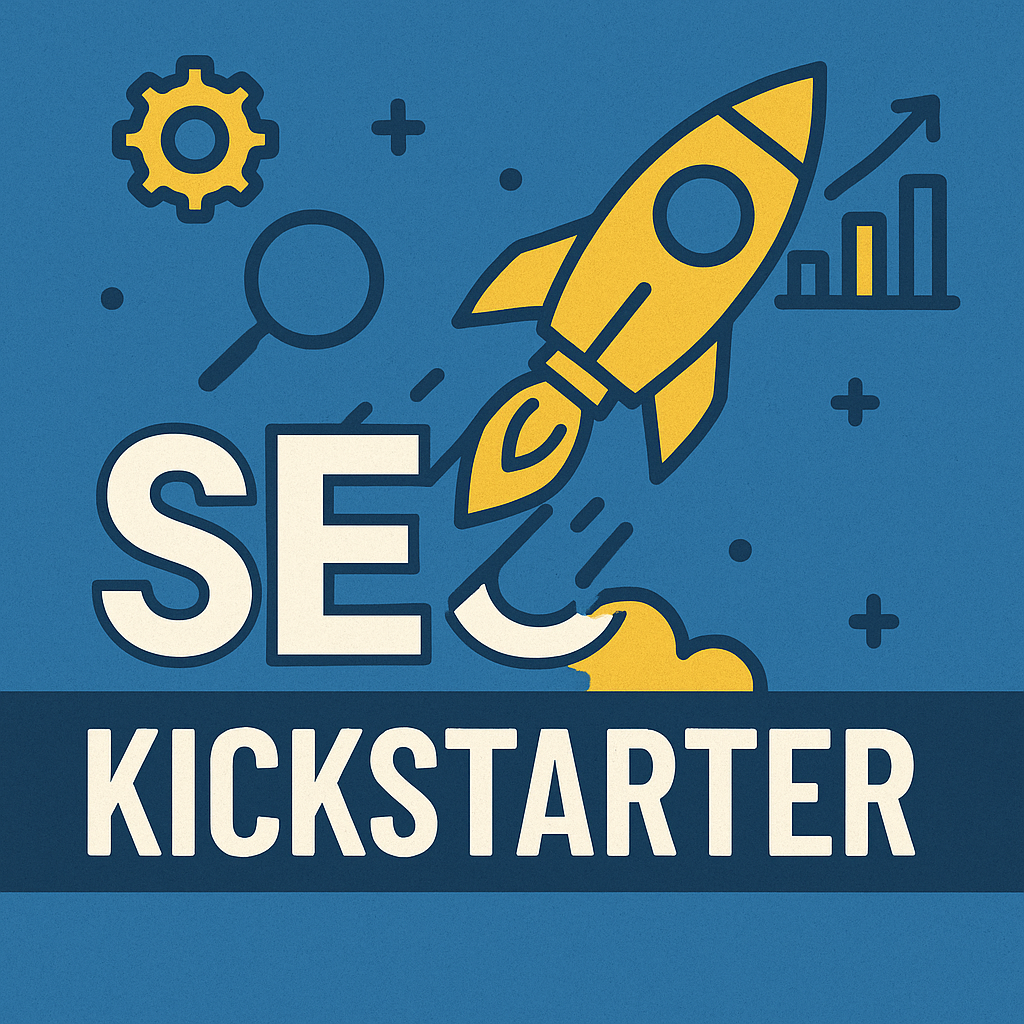
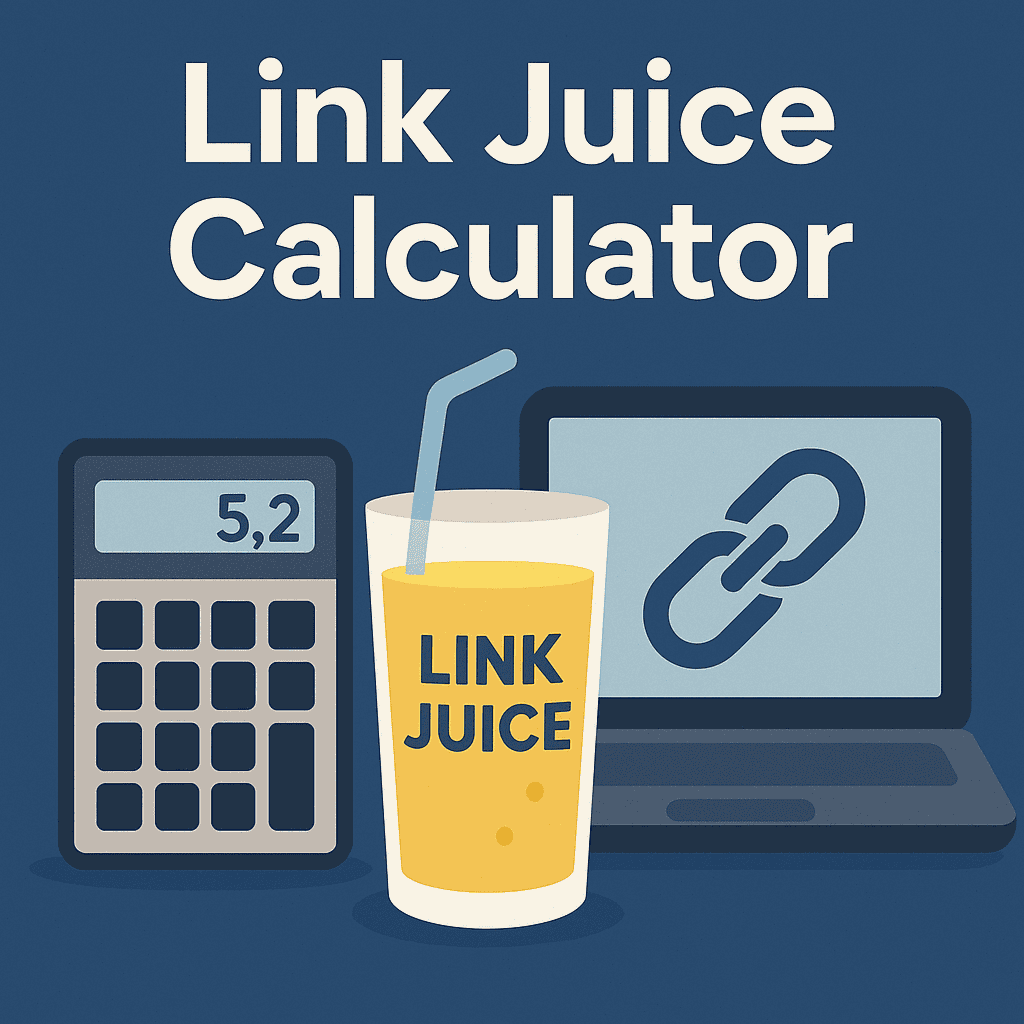
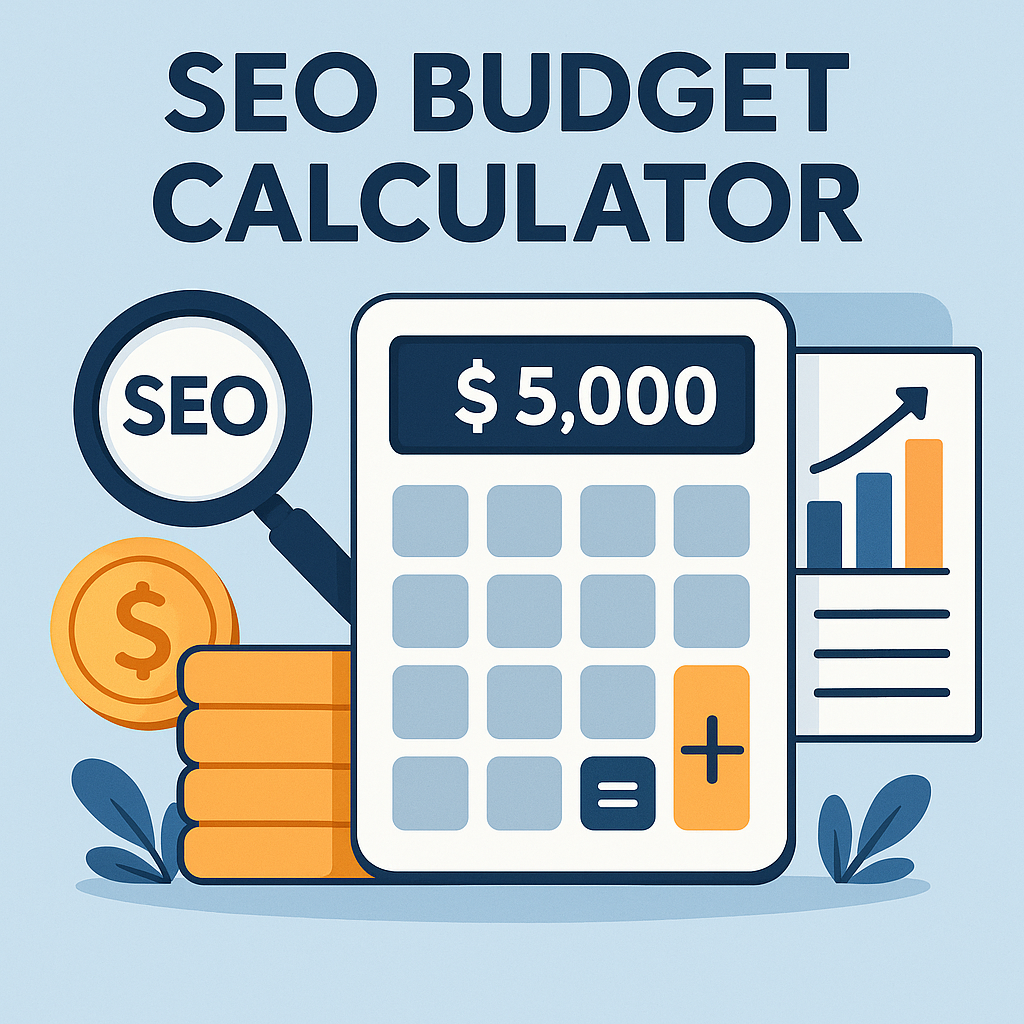

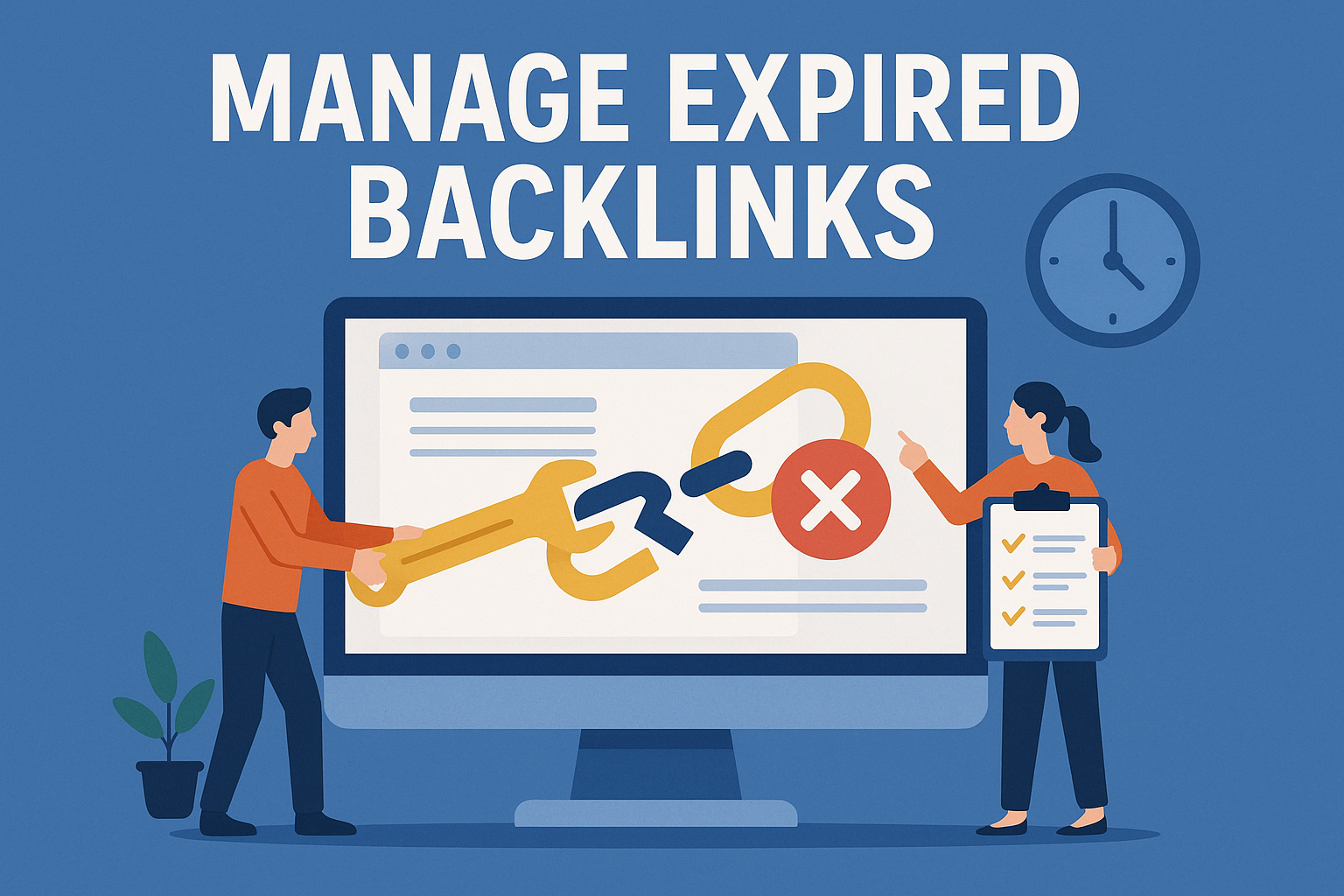
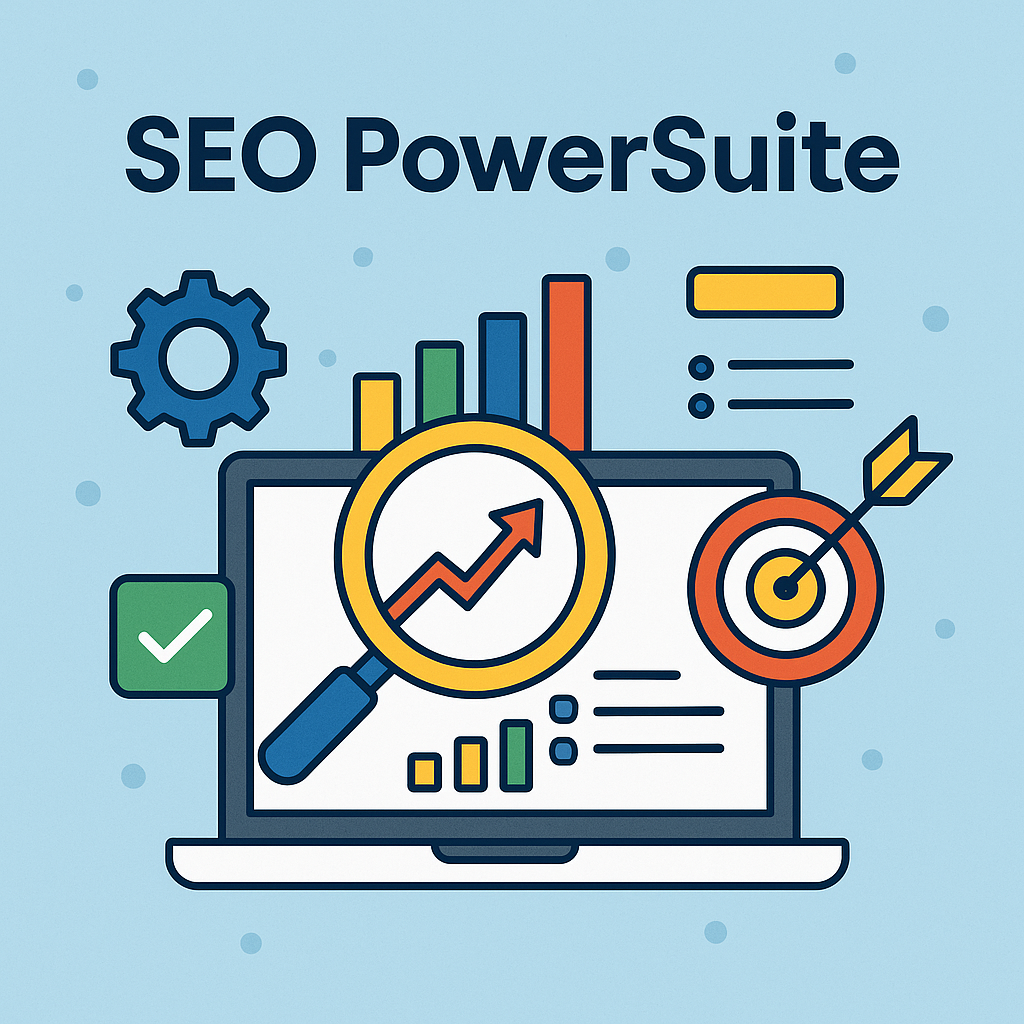
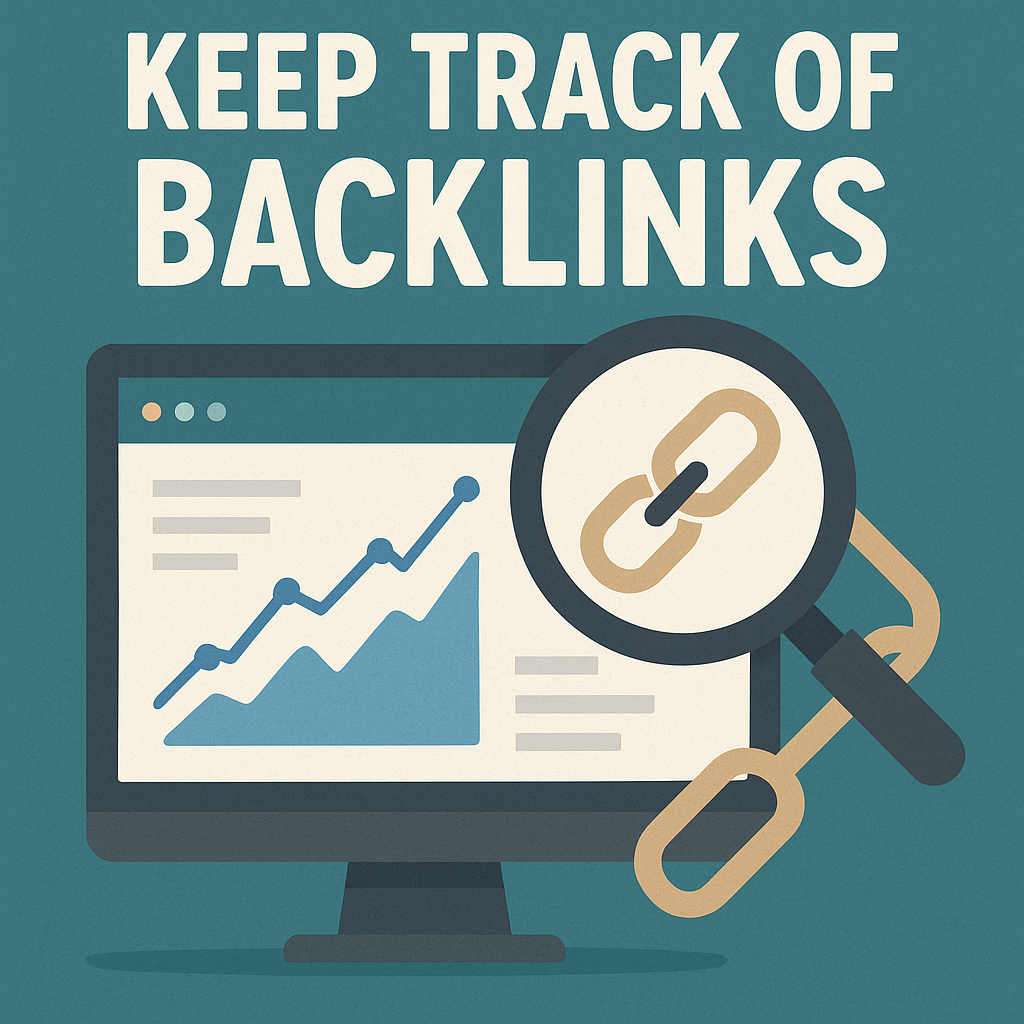
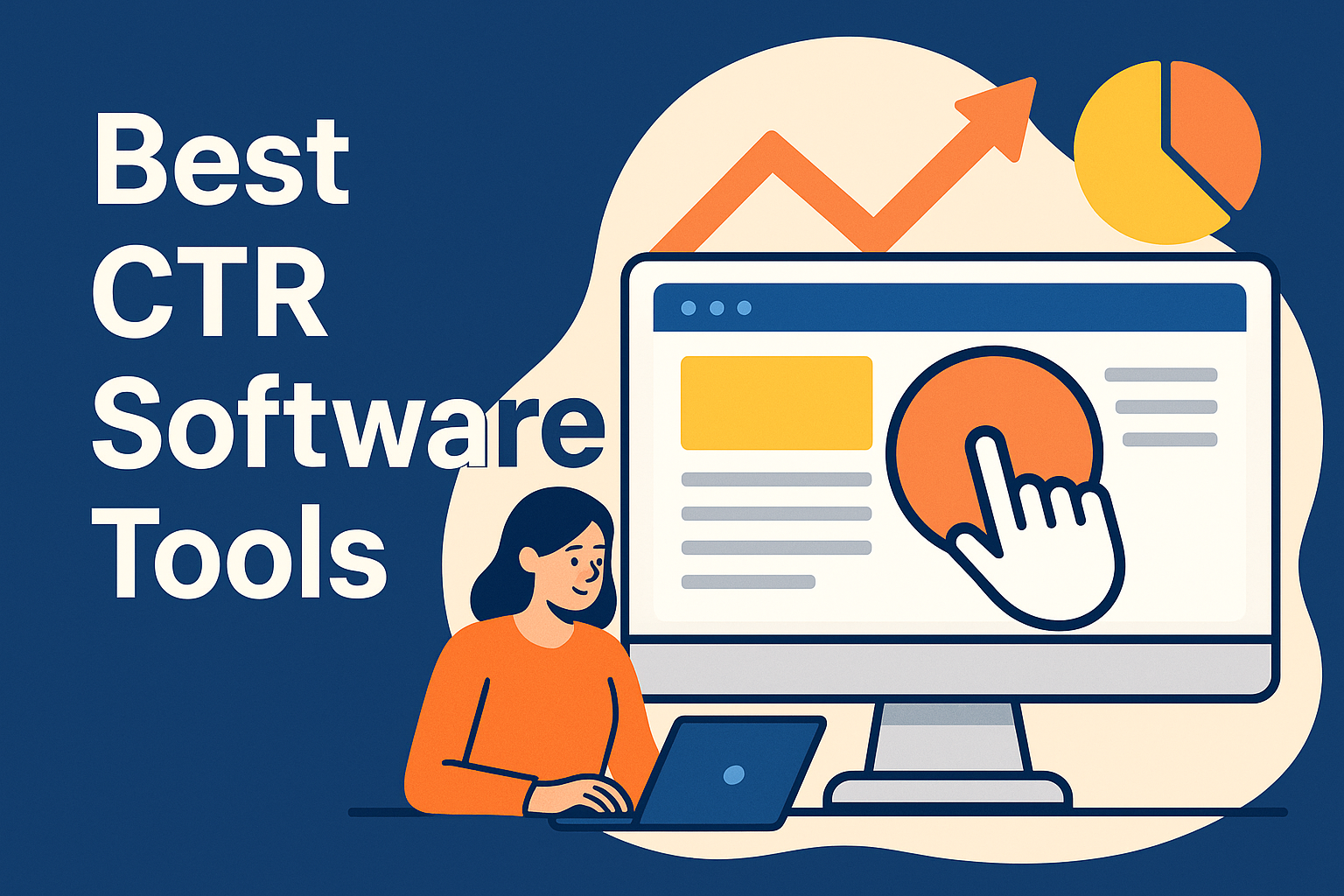
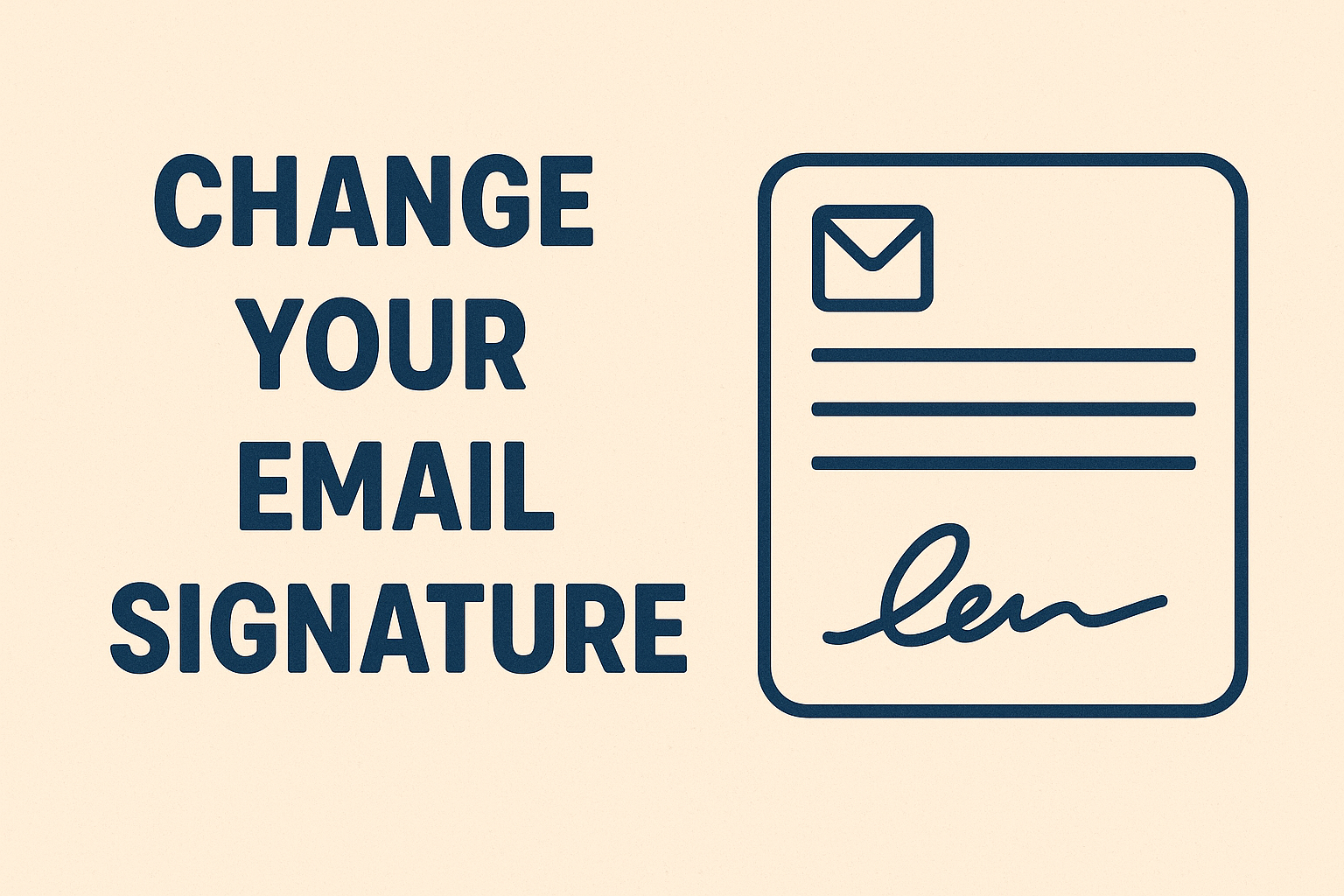
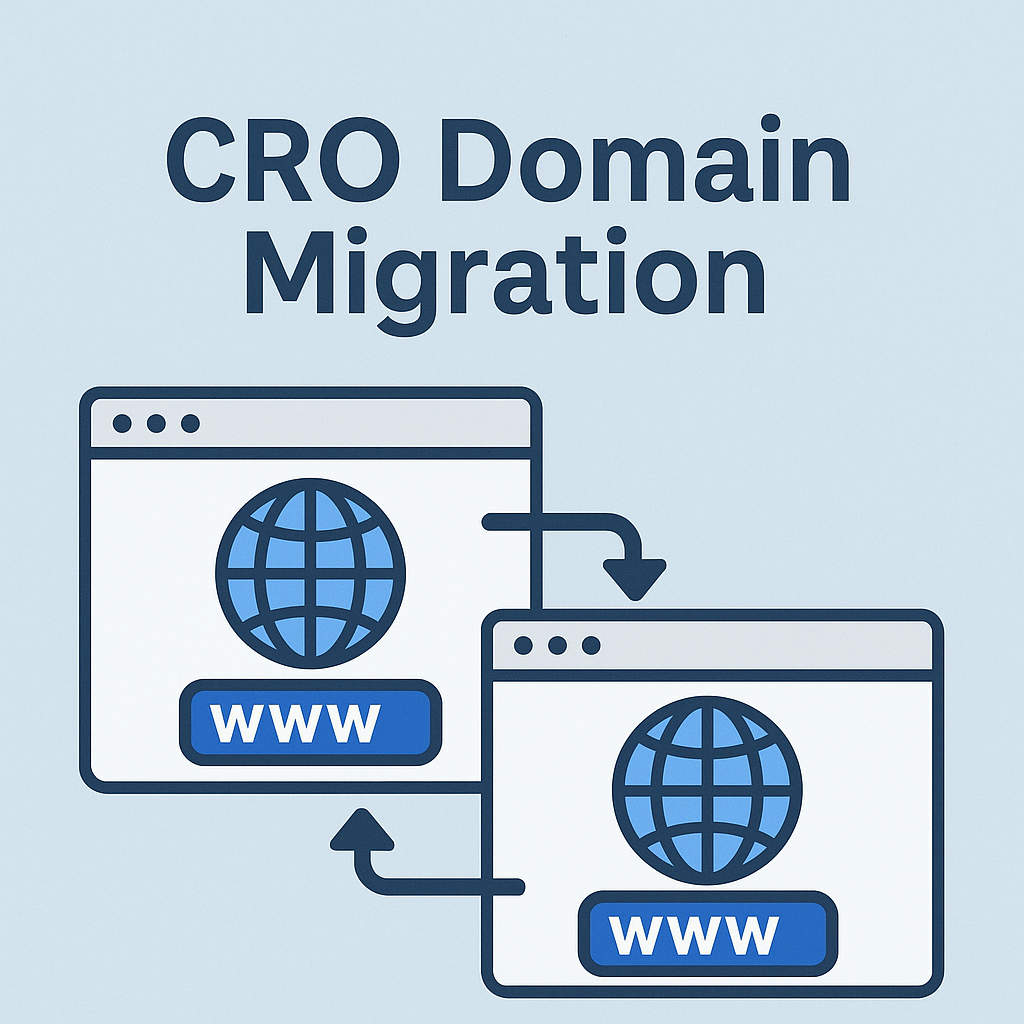


![Best Link Exchange Sites [Free & Safe] – Top 5 Picks](https://backlinkmanagement.io/wp-content/uploads/2025/04/Free-Link-Exchange.png)

